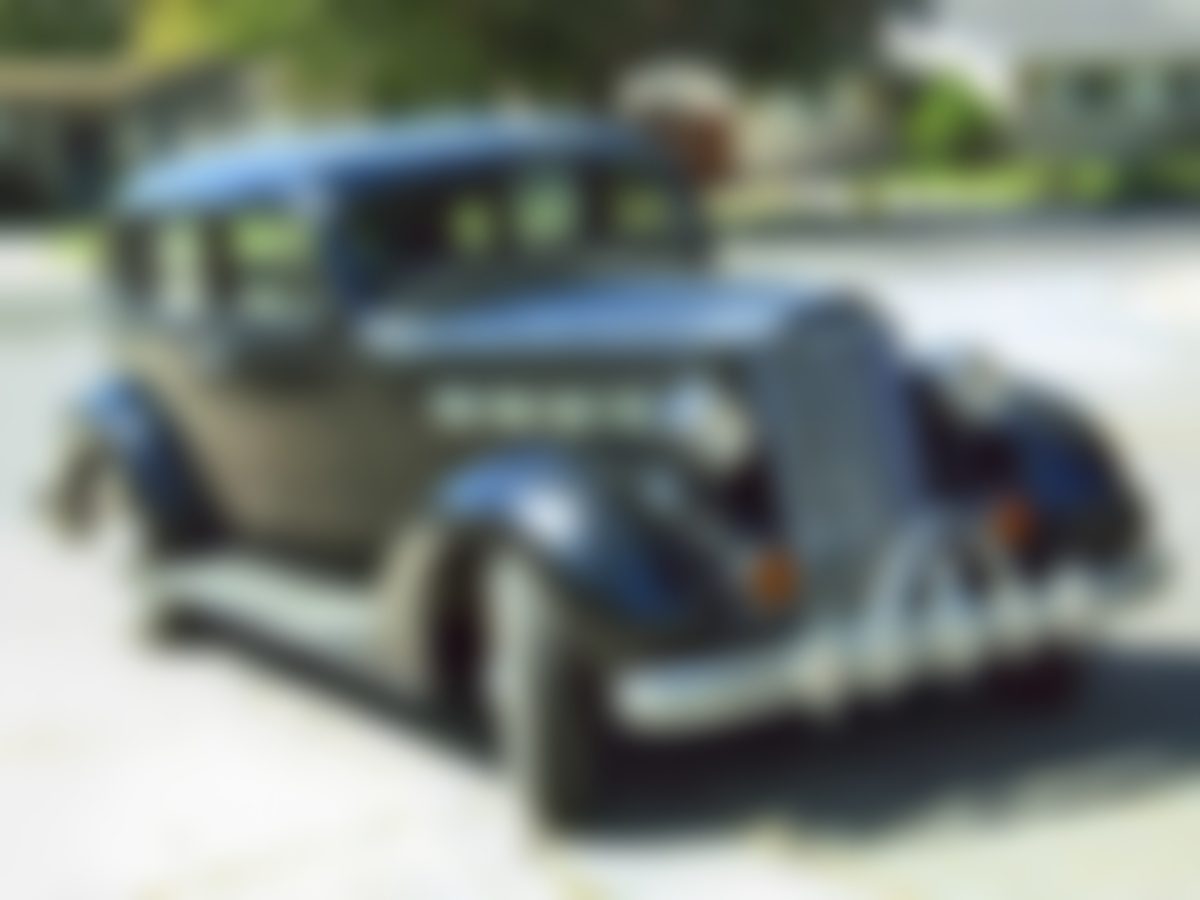
Classic Car Quiz
Can you identify this classic? Here are five hints:
1. This car’s maker started in 1899 in Warren, Ohio.
2. The company’s longtime slogan was “Ask the man who owns one.”
3. This model launched in 1935 as a mid-priced car, a step down from the company’s usual luxury niche.
4. The company merged with Studebaker in 1954.
5. During this car’s model year, Chrysler launched its famous Mopar brand.
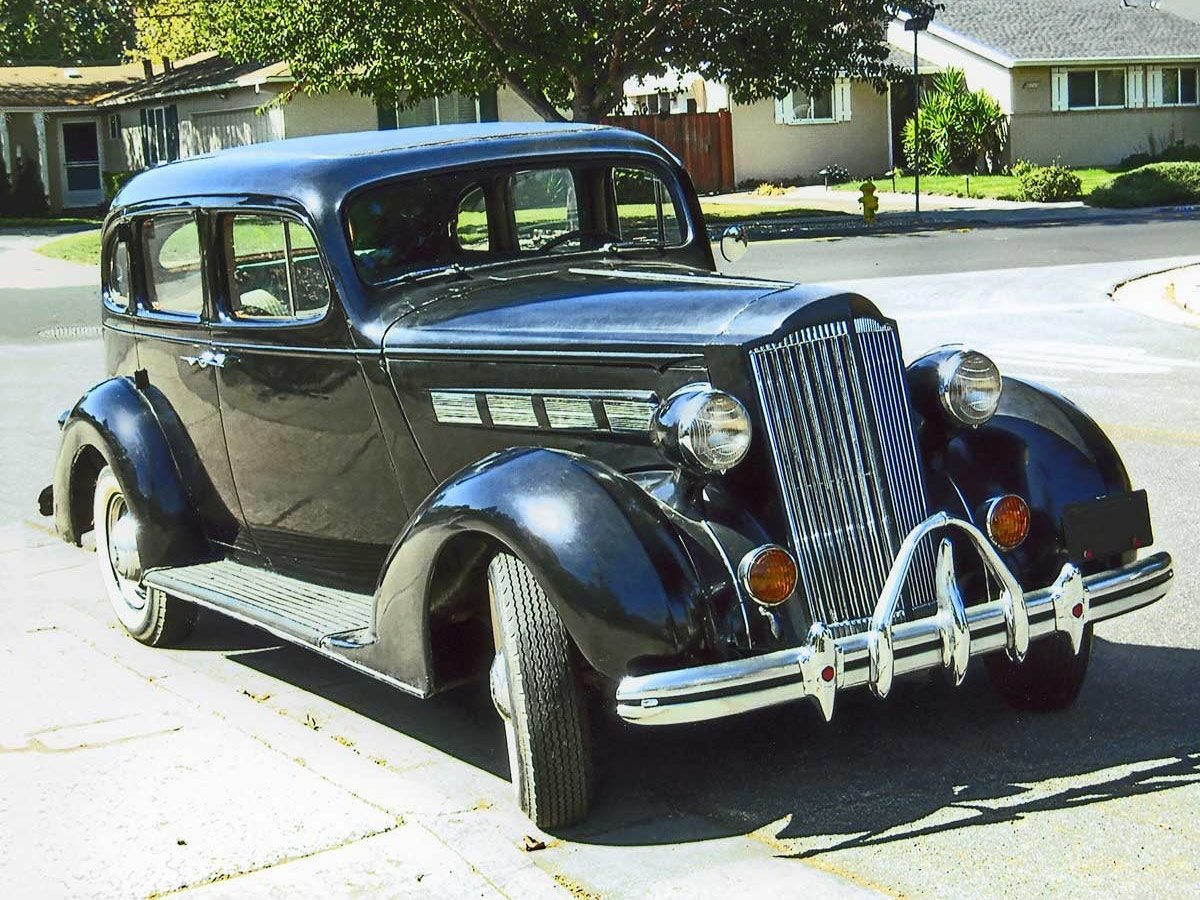
Answer: 1937 Packard 120
My story is about the car that brought me home from the hospital where I was born in February 1937. Its claim to fame came a little more than two years later, in the summer of 1939, when it towed a new Cadillac out of Death Valley, California.
My parents, my grandmother and I had visited Scotty’s Castle, a landmark mansion in Death Valley. After touring the villa, my parents took many photos, which meant we were the last visitors to drive off the grounds that day.
Not far down the rural two-lane road, we came across a couple in a disabled Cadillac. As my father rolled to a stop, the young man rushed over to say their car had broken down while they were headed to the castle to see a friend who worked there. He asked my father to stop at the Furnace Creek Inn, where the man and his wife were staying, and tell the desk clerk to send a tow truck. My father, who always helped everyone, offered to save them the wait and tow their car back to Furnace Creek himself.
Father pulled our car in front of the Cadillac and got a tow chain out of our trunk—he always came prepared! He hitched the two cars together and, driving slowly and carefully, towed the Cadillac some 20 miles across the desert to the hotel.
When we arrived at the inn, the young wife, who seemed overcome by the strain, sighed with relief.
I hope that couple had a long, happy life together. I now own the car that towed them out of the desert, and it’s still pulling its weight after all these years. —Dixie Starr, San Jose, California
No mechanic should be without these essential car tools.

Mystery Classic #2
1. The manufacturer’s advertising once tied the brand to baseball, hot dogs and apple pie.
2. This model made its debut as a personal luxury coupe in 1970.
3. The final assembly point for this vehicle was in Fremont, California.
4. The model was redesigned to make its third-generation debut for the model year shown.
5. That year, Ford recalled 1.9 million Pintos and Mercury Bobcats to fix a fuel tank flaw that increased the risk of fire in rear-end collisions.

Classic #2: 1978 Monte Carlo
“My mother, Lorraine Fischer, bought this beautiful car brand new when she was in her 60s. It actually was her second choice. She first picked out a Chevy Nova but returned it, saying ‘it had trouble making it up a hill.’ She wanted something with more power. This two-tone beauty caught her eye, and it was love at first sight. It turned out to have all the power she wanted.” —Linda Dills
Take a trip down memory lane with these vintage car ads.
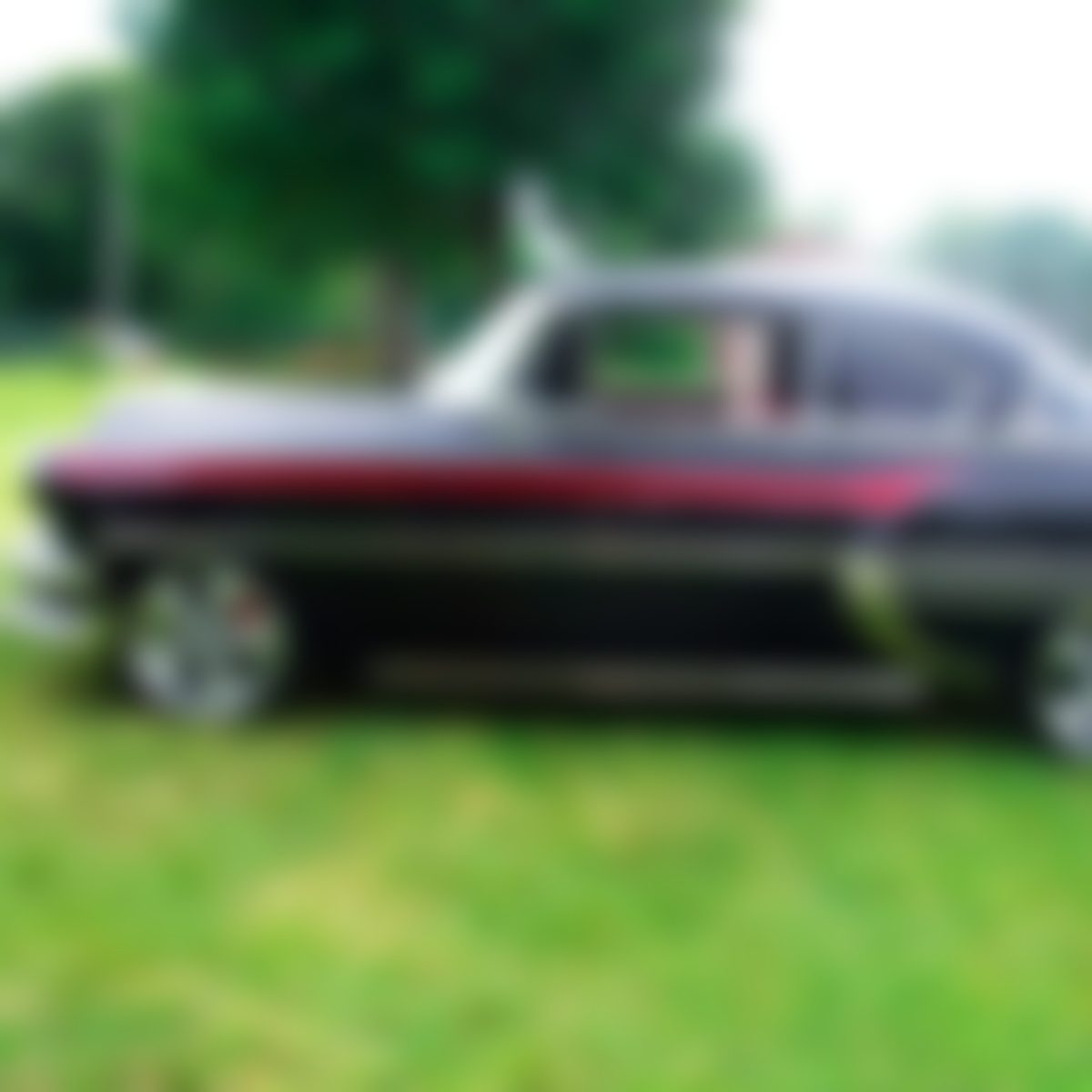
Mystery Classic #3
1. The industrialist who founded this motor company said he got the idea for its famous “bowtie” logo from the wallpaper design in a Paris hotel.
2. The year this car was built, Nash-Kelvinator merged with the Hudson Motor Car Co. to form American Motors.
3. This model was the top of the line for the automaker, which also offered midline 210 models and no-frills 150s.
4. The two-door body style featured a special hardtop roofline treatment introduced a few years earlier.
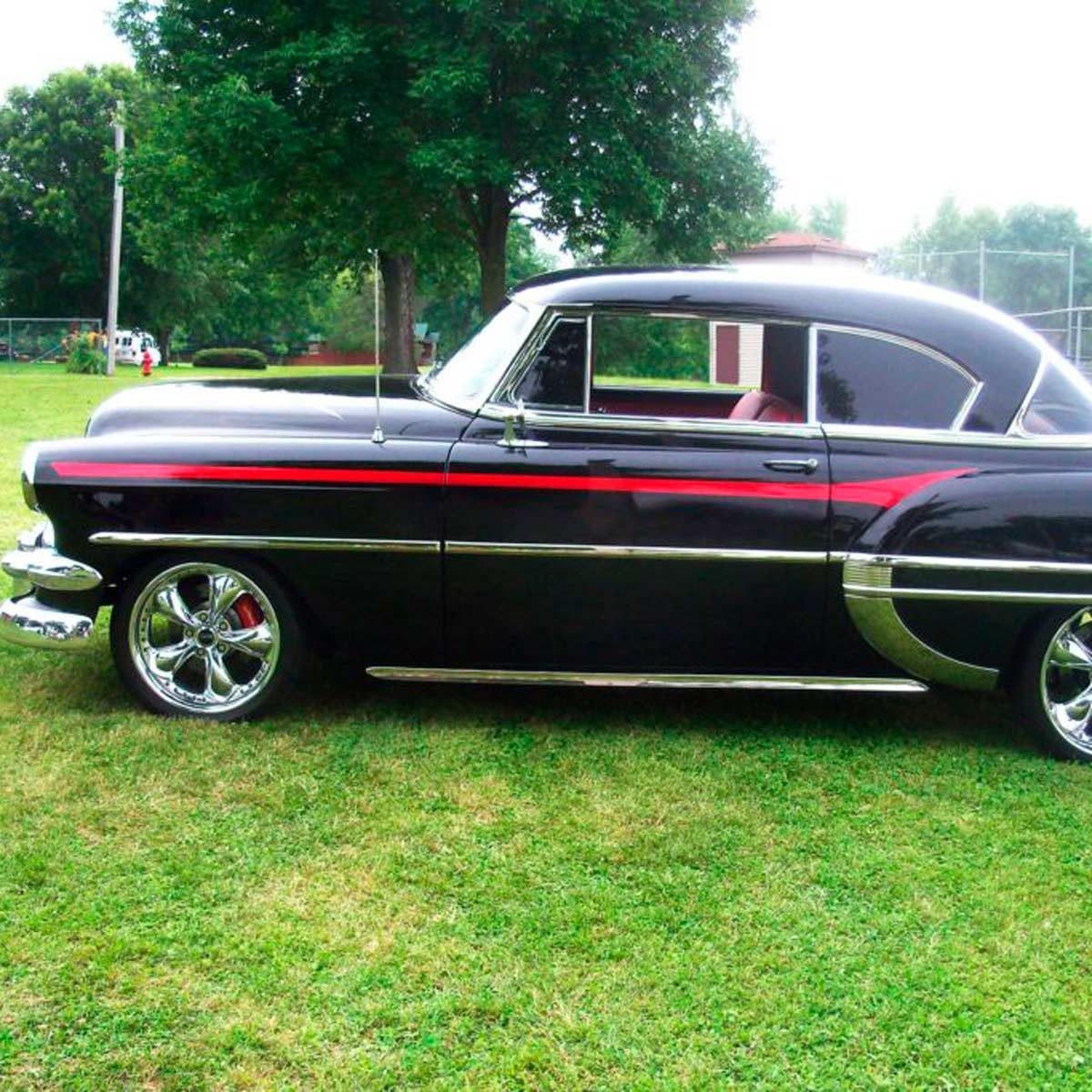
Classic #3: 1954 Chevrolet Bel Air
“Michelle [my wife] and I have won many trophies at car shows, and our retro car has been featured in Betty Ace Broads & Rods magazine, on the custom-car website Cool Rides Online, and in a classic car insurance ad. Our mascot, Duke, a stuffed German shepherd, always rides in the backseat. This is our dream car, and we love it!” —Ted MacHugo
Find out the surprising things your car says about your personality.
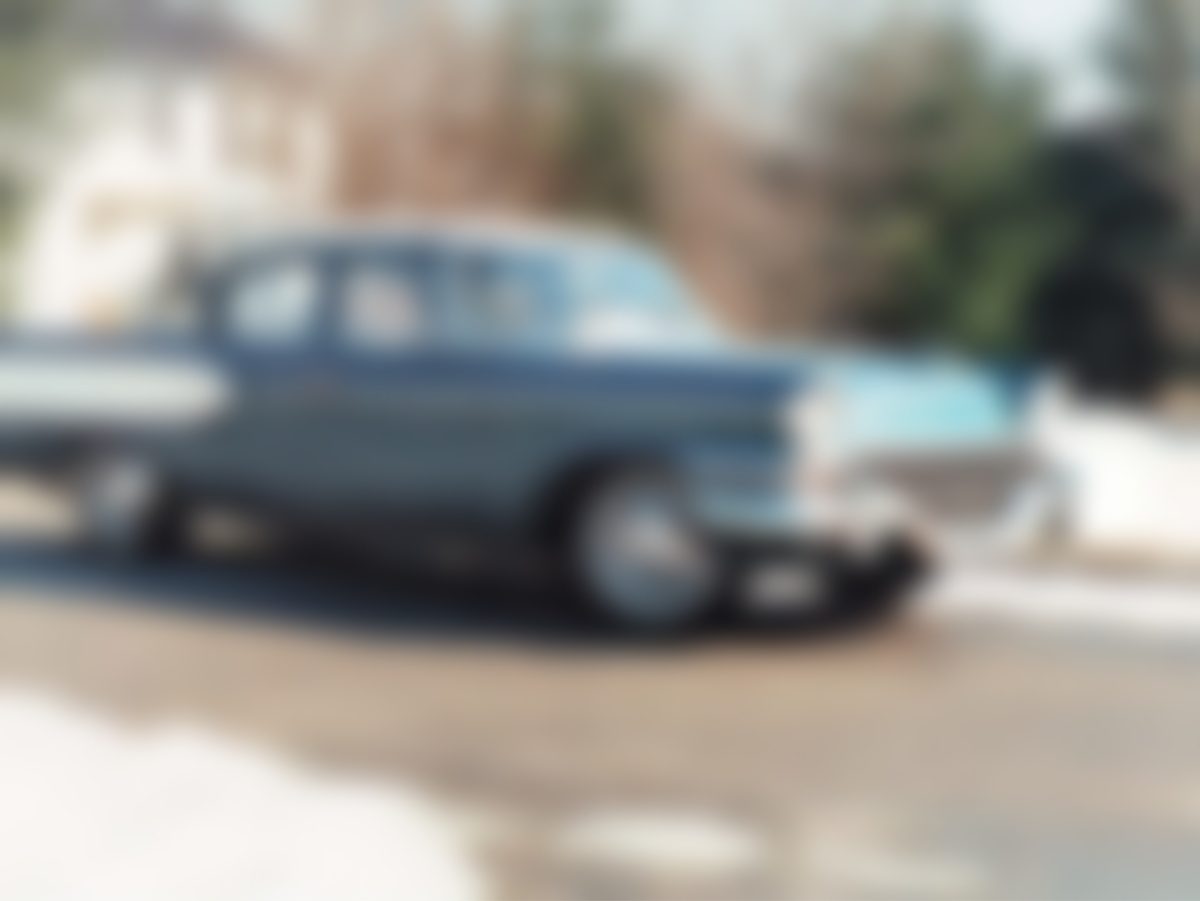
Mystery Classic #4
1. The vehicle was manufactured in South Bend, Indiana.
2. The model name is also a title for an elected official.
3. The manufacturer ceased making automobiles in 1966.
4. It retailed for around $2,500.
5. The year this car was built, racer A.J. Foyt achieved his first victory as a professional driver.
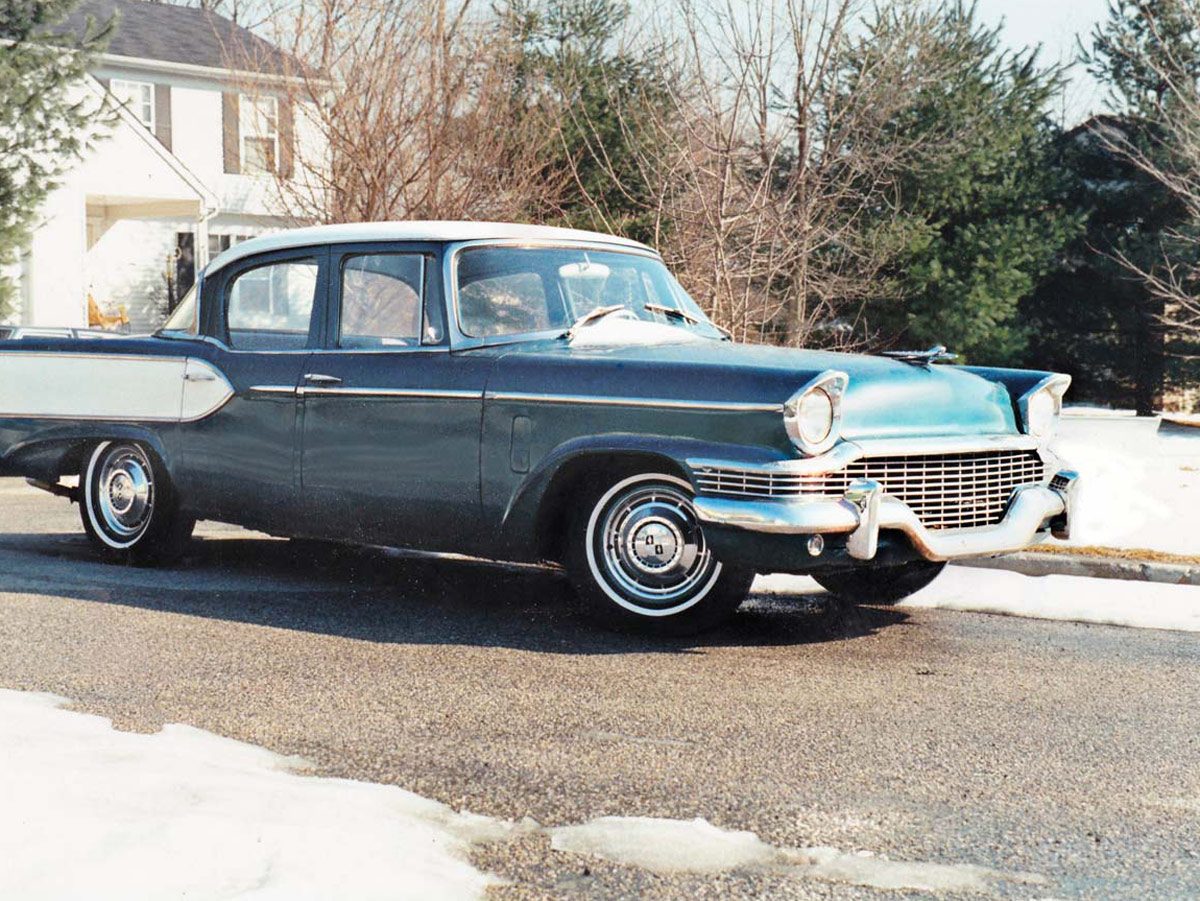
Classic #4: 1957 Studebaker President
“In 1990, I bought this sedan, made by the same manufacturer as our old family car, from a World War II veteran who had acquired it in an estate sale.” —Edward Lemansi
Read the incredible story of a man who missed out on his dream car as a teenager—then found it parked in his driveway 25 years later!
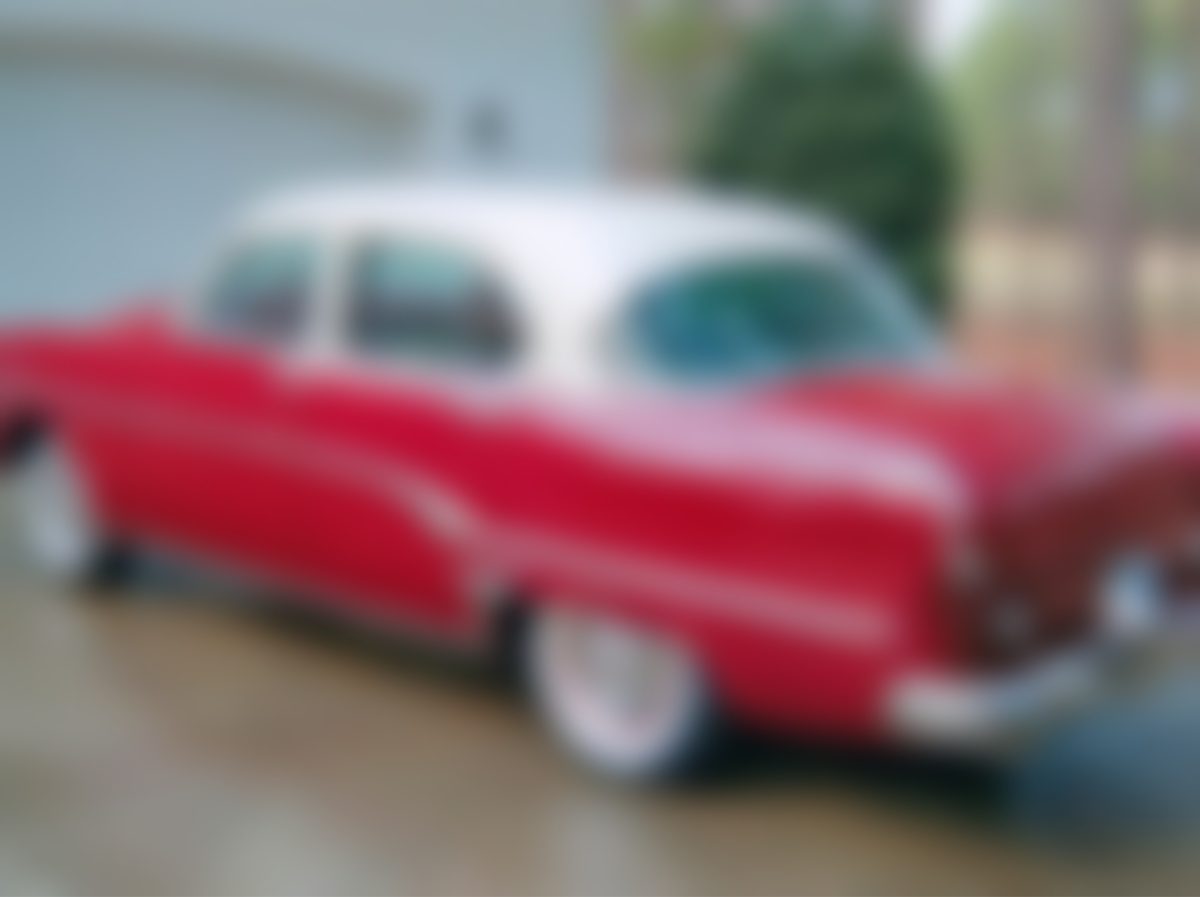
Mystery Classic #5
1. The manufacturer celebrated its 40th anniversary the year this model was introduced.
2. Priced around $2,350, it was the company’s most luxurious model, featuring full-time power steering and a 150-horsepower V-8 engine.
3. It established 198 new AAA stock-car performance and endurance records at the Bonneville Salt Flats—reportedly more than any other standard American car.
4. The year it hit the market, a convertible model of this car served as the Indy 500 pace car.
5. The auto came in 11 new colours and 14 two-tone combinations.
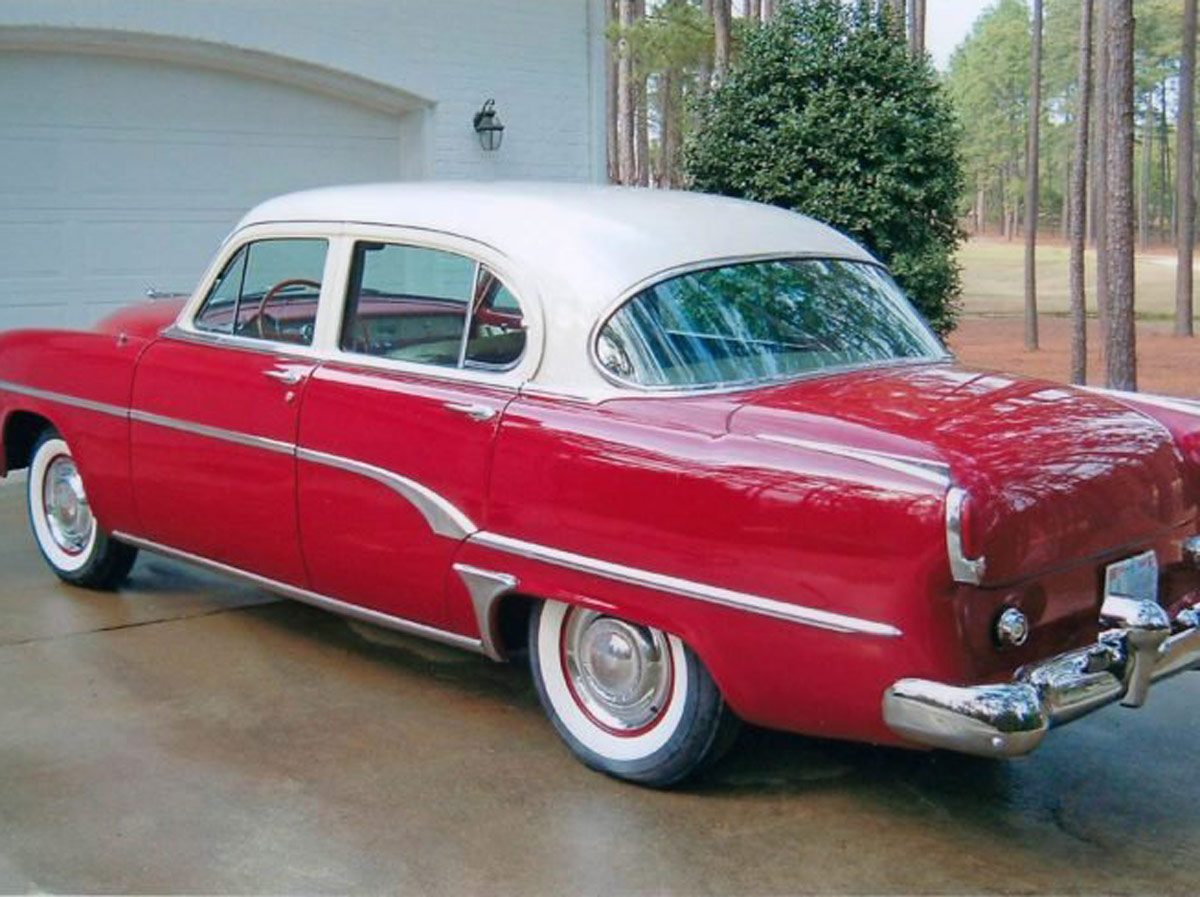
Classic #5: 1954 Dodge Royal
“John Rowerdink still remembers the day that he first set eyes on this car, which his father, Cornelius, ought in Bismarck, North Dakota. It was love at first sight. ‘I was 10 years old,’ John recalls. ‘I still remember getting up and seeing that brand-new car parked in the backyard. It really made an impression on me.'”
Find out the surprising ways you’re shortening the life of your car.
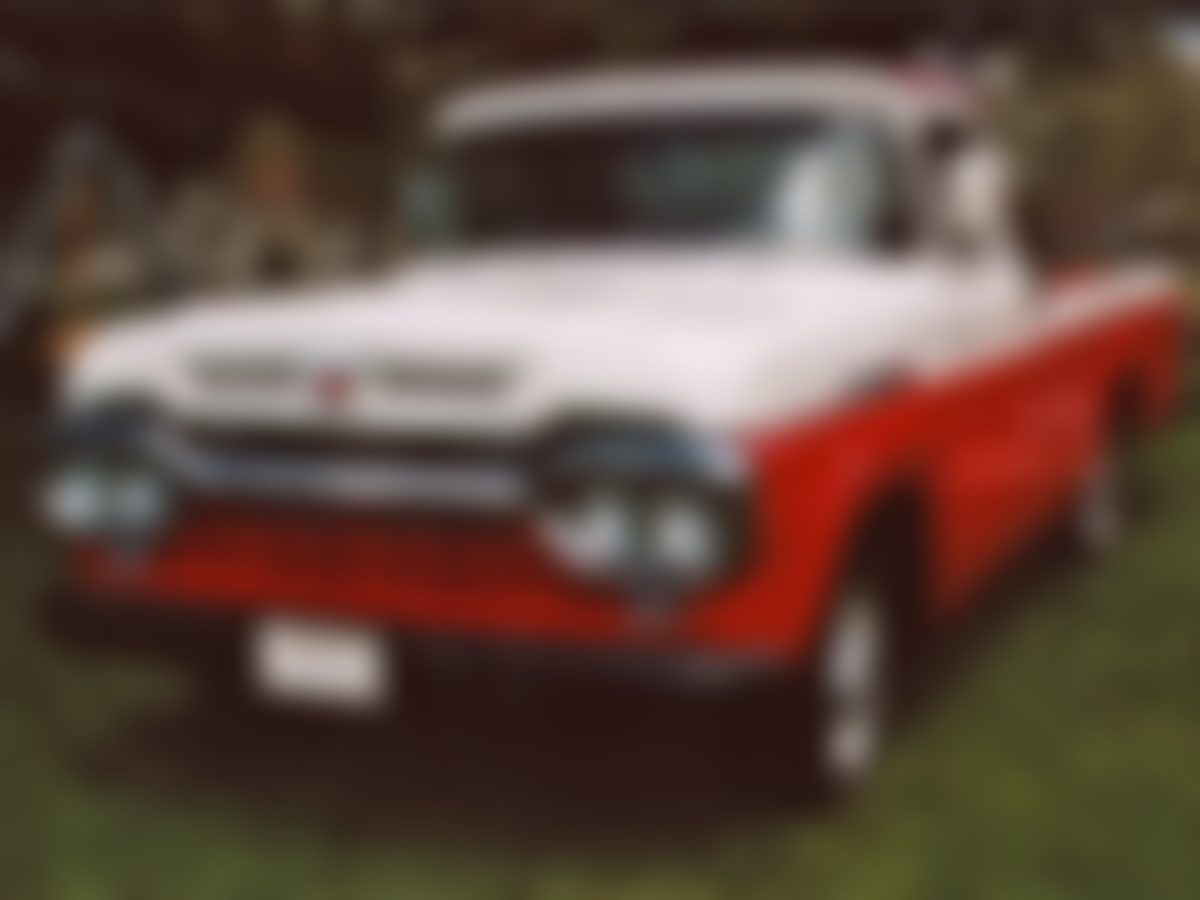
Mystery Classic #6
1. The maker is often popularly known as FoMoCo, its acronym.
2. Automotive tycoon Walter P. Chrysler bought the company in 1928.
3. This was the final year for a body style that had debuted in 1957.
4. The model had the options of a 292-cubic-inch V8 engine or a 223-cubic-inch six.
5. The maker boasted in its advertising that its trucks “cost less.”
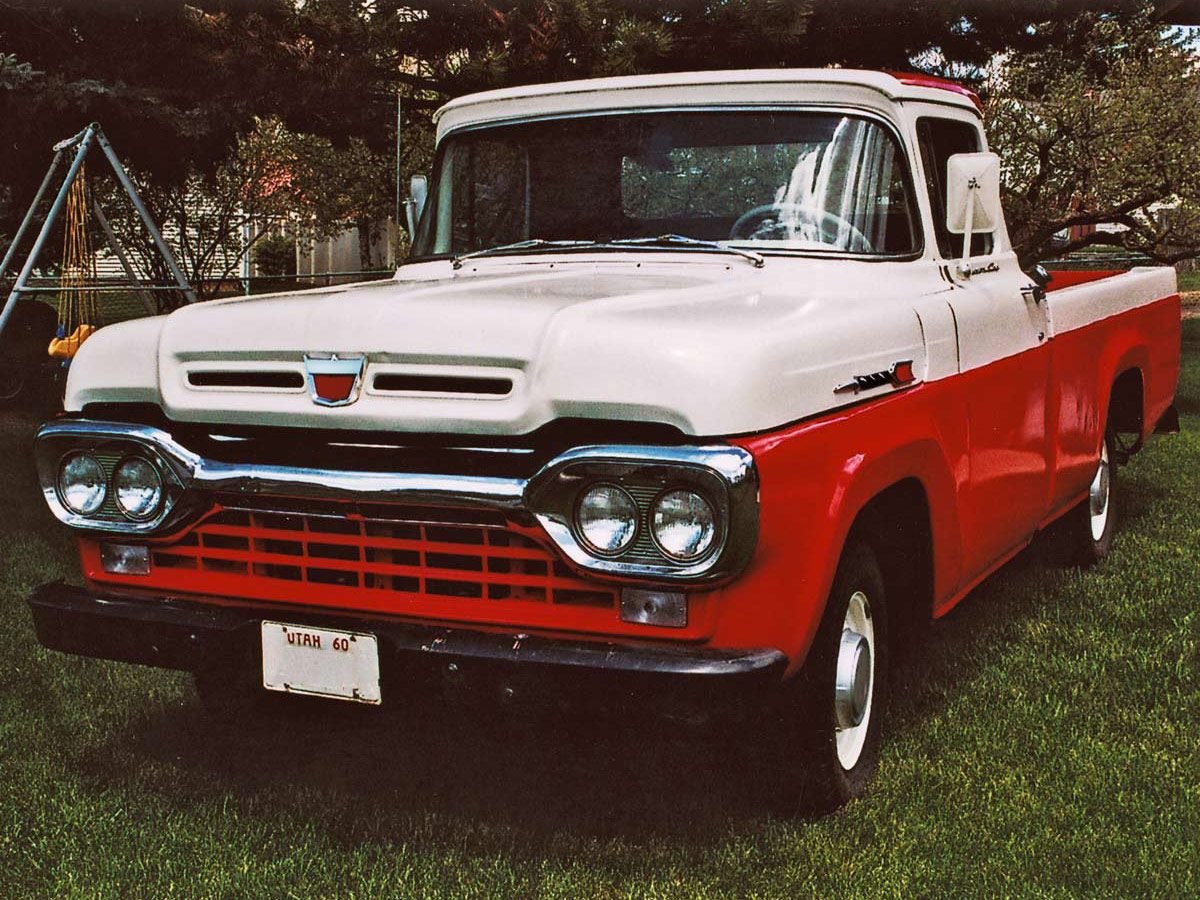
Classic #6: 1960 Ford F100
I tracked down the owner at a local bar, and we settled on a price of $1,000. I spent the next six years restoring it to factory condition, specifications, and colour with original replacement parts. I had to range far and wide for those parts, including a tailgate and bumper I shipped in from North Carolina. The cab headliner is an original factory replacement, as are the radio antenna and cab floor mat. —Fred Duersch Jr.
Make sure you know these car hacks that’ll make driving so much better.
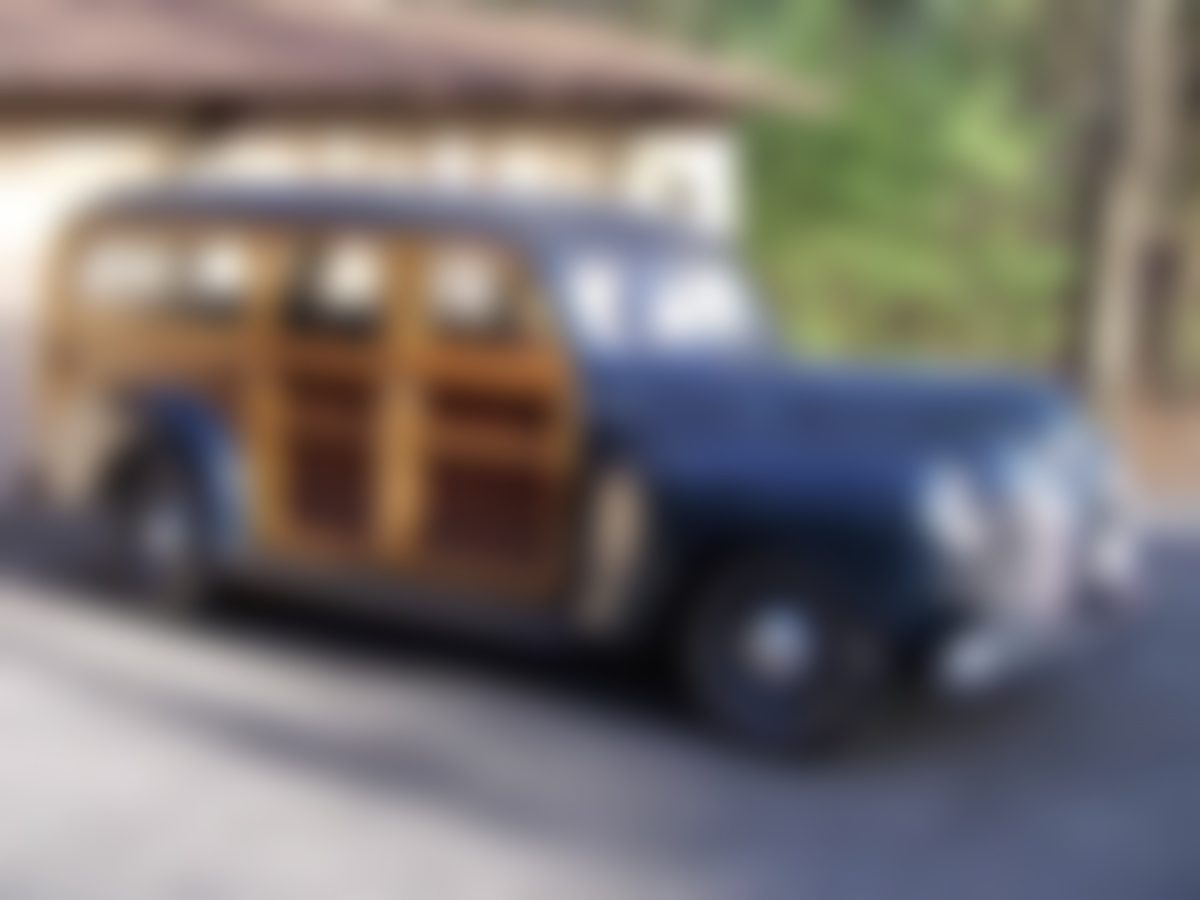
Mystery Classic #7
1. Chrysler Corp. launched this marque in 1928.
2. For years, the brand used a stylized Mayflower as its logo.
3. This was the last model year for the marque’s 201-cubic-inch engine.
4. It was the first model year in which station wagon buyers could specify the colour of the wood body panels—maple or mahogany.
5. This was the top-of-the-line model for the year.
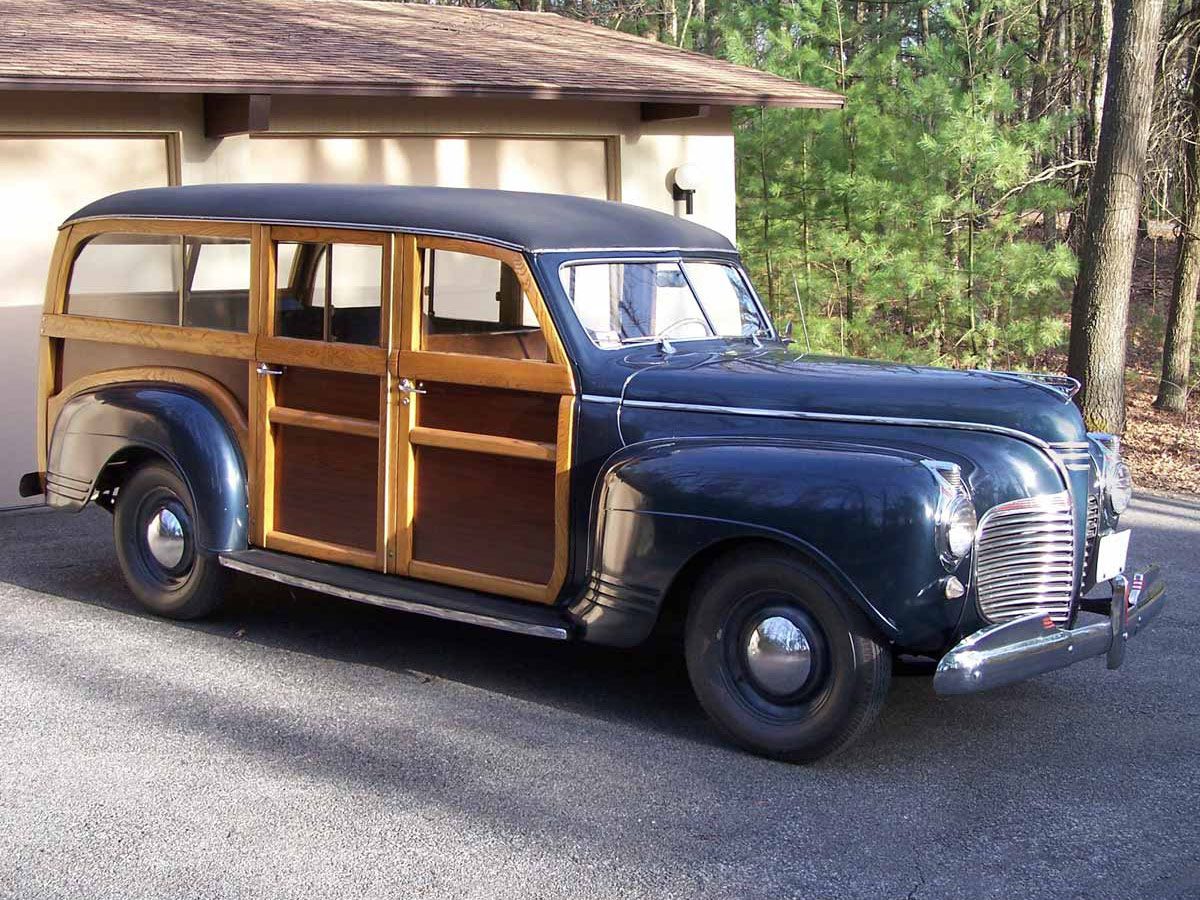
Classic #7: 1941 Plymouth P12 Special Deluxe
We’ve had this wooden-bodied Eddins blue station wagon in the family since it was new, affectionately calling it the Banana Wagon. My uncle bought it at C.E. Fay Co. on Boston’s famed Automobile Row along Commonwealth Avenue.
The car still runs almost like new these many years later and has just over 56,000 original miles on it. It has a three-speed column shifter; the straight six-cylinder engine runs very smoothly and has never been taken apart. In cold weather the car rattles, but in humid summer weather, when the wood swells, it is tighter.
The car is largely unrestored and has always been garaged and maintained. The wood is original and sound but was stripped of its old yellowed varnish and refinished in the early 1990s. The front seat was reupholstered, and several years ago we replaced the car’s canvas roof. —Christopher Morss
Looking for travel inspiration? Check out the 10 most iconic Canadian road trips.
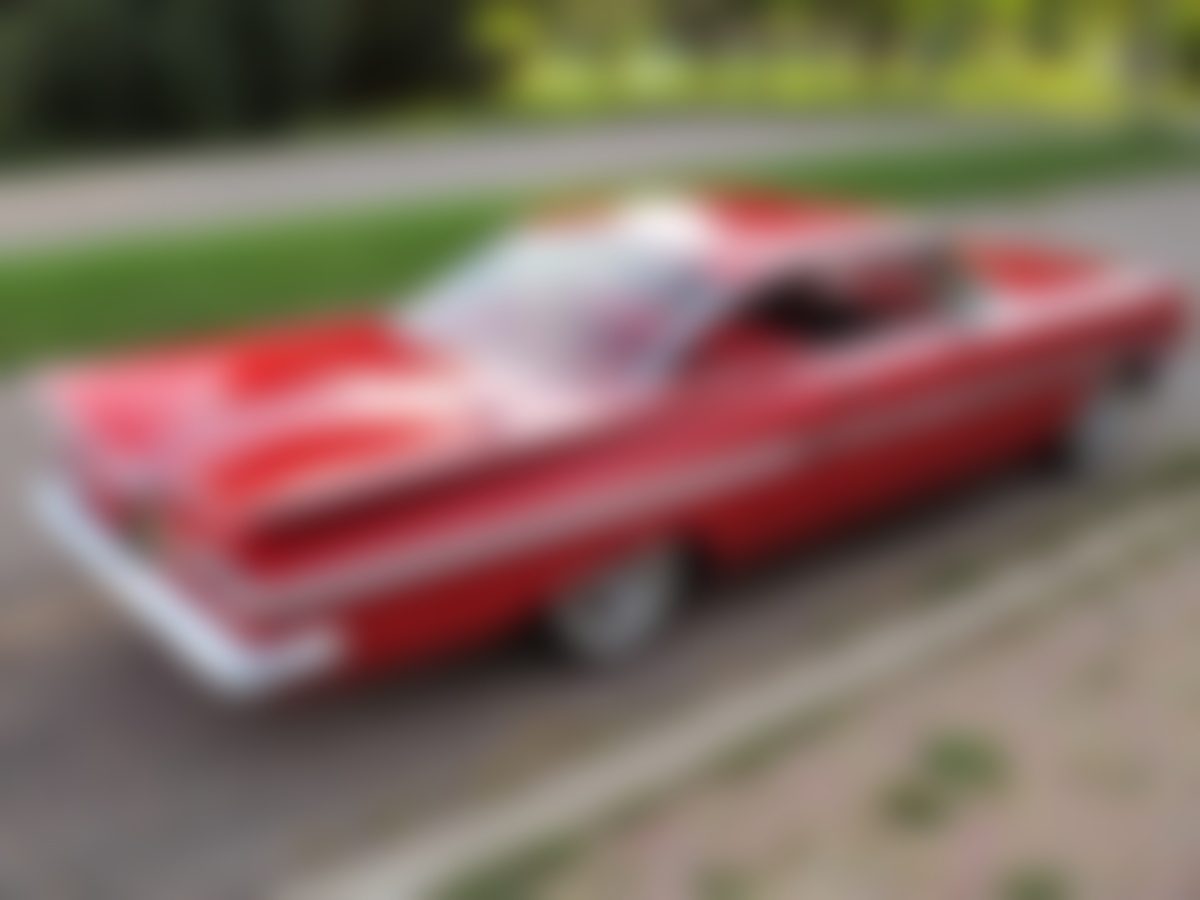
Mystery Classic #8
1. Ads associated the marque with baseball, hot dogs and apple pie.
2. The model is named after an African antelope.
3. The model name includes a designation for this car’s two-door hardtop body style.
4. This model’s taillight design departed from the previous year’s.
5. It was built the year Lee Petty won the first Daytona 500 in a photo finish.
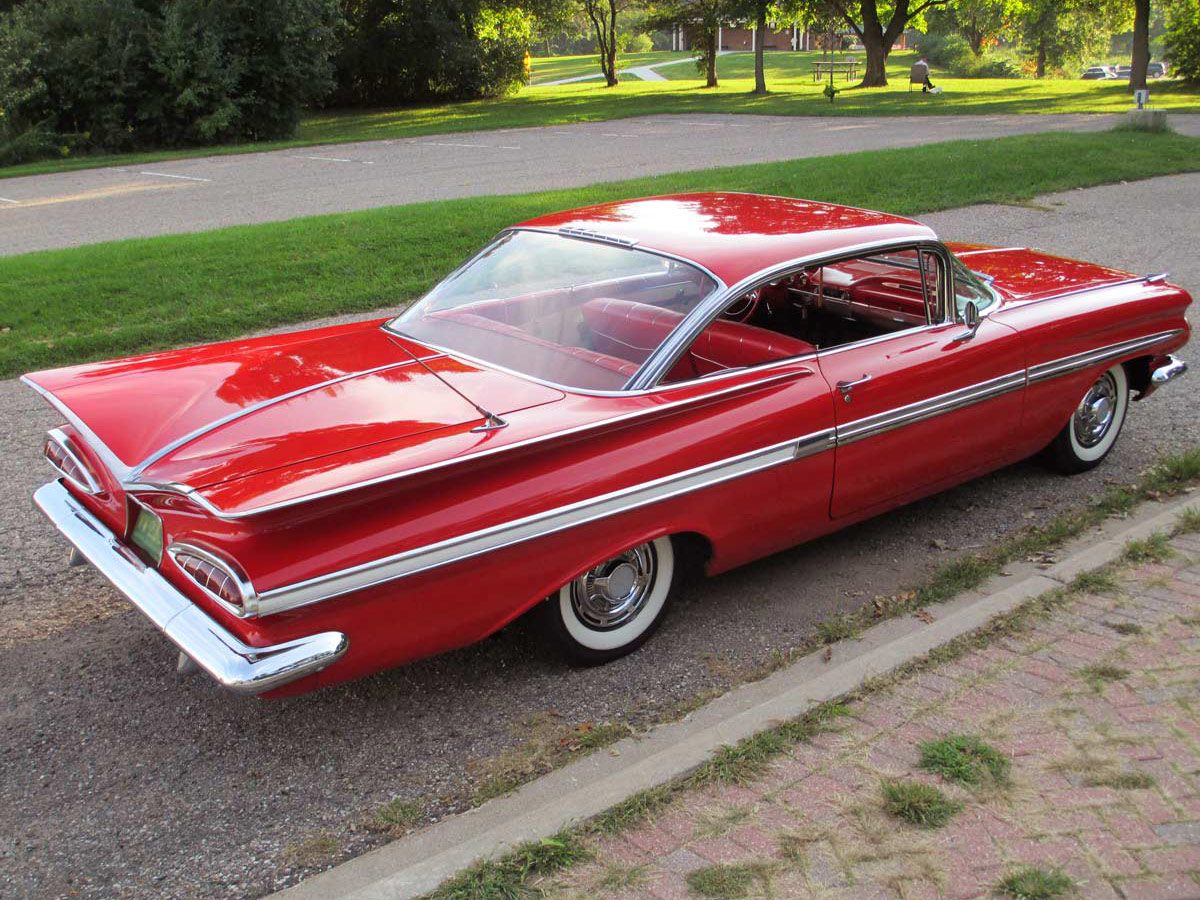
Classic #8: 1959 Chevy Impala Sport Coupe
As a kid growing up near the corner of Rosemont and Warren in Detroit, I used to hang around the older guys and their hot rods. Those guys were generous to a squirt like me—they’d let me sit in their cars and pretend I was driving and shifting gears. They had ’49 Fords, ’50s Chevrolets, and old pickup trucks. I know that was the beginning of my love of hot-rodding.
I’ve had several classic cars since those childhood days, but this one is my favorite. I pursued this red beauty for almost three years before the man who’d owned it for 19 years decided to sell it when he moved into a condo. This is a beautiful, sleek automobile, with styling all its own. It comes from an era when there was a passion for design, a special point in time when the outrageous tail fins of the 1950s met the Space Age, with its rocket and sputnik design cues. —Gary Pietraniec
Find out why all cars don’t have gas tanks on the same side.
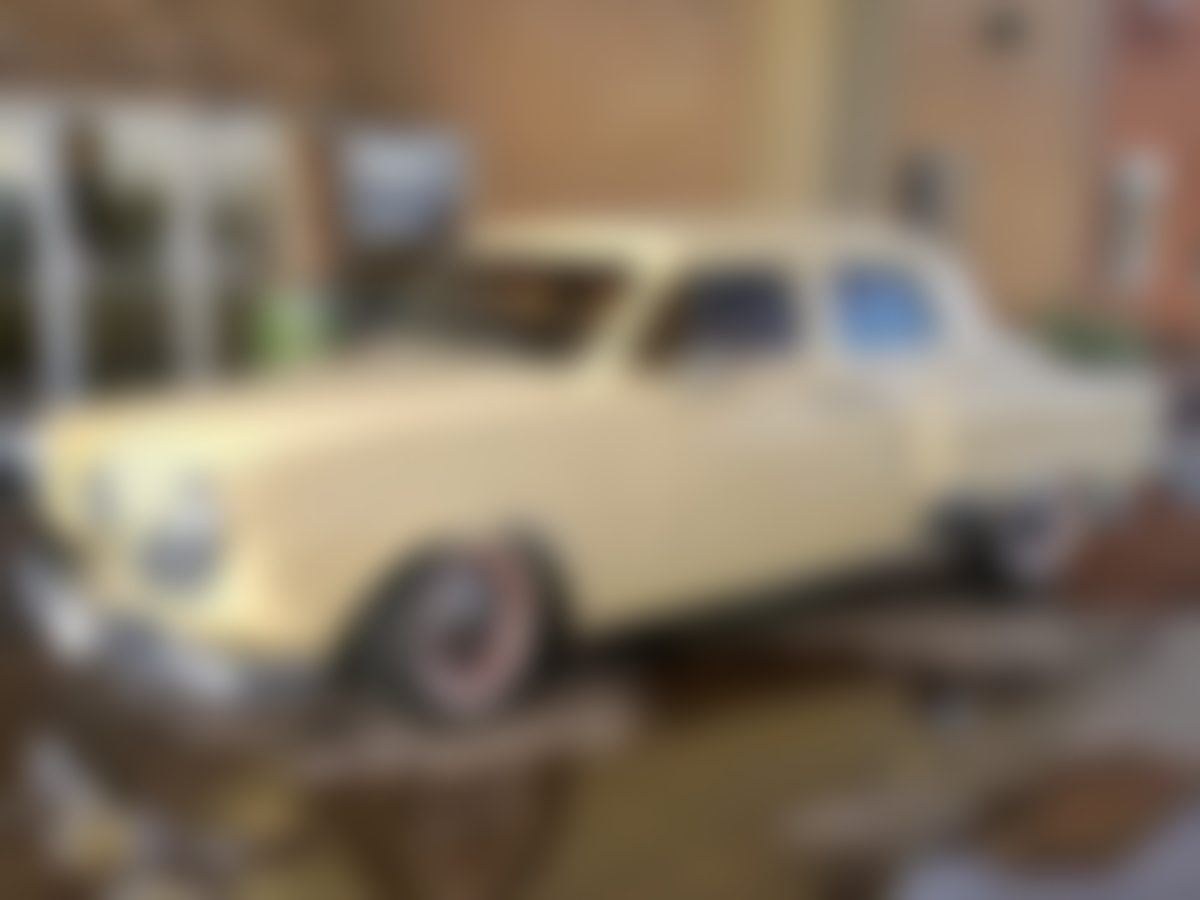
Mystery Classic #9
1. The automobile manufacturer was headquartered in South Bend, Indiana.
2. The company began as a blacksmith shop that made horse-drawn wagons and eventually carriages.
3. The model name is a synonym for hero or title holder.
4. The 1947 model line introduced an aeronautical theme under the slogan “First by far with a postwar car.”
5. The year after this car was built, the manufacturer celebrated its 100th anniversary.
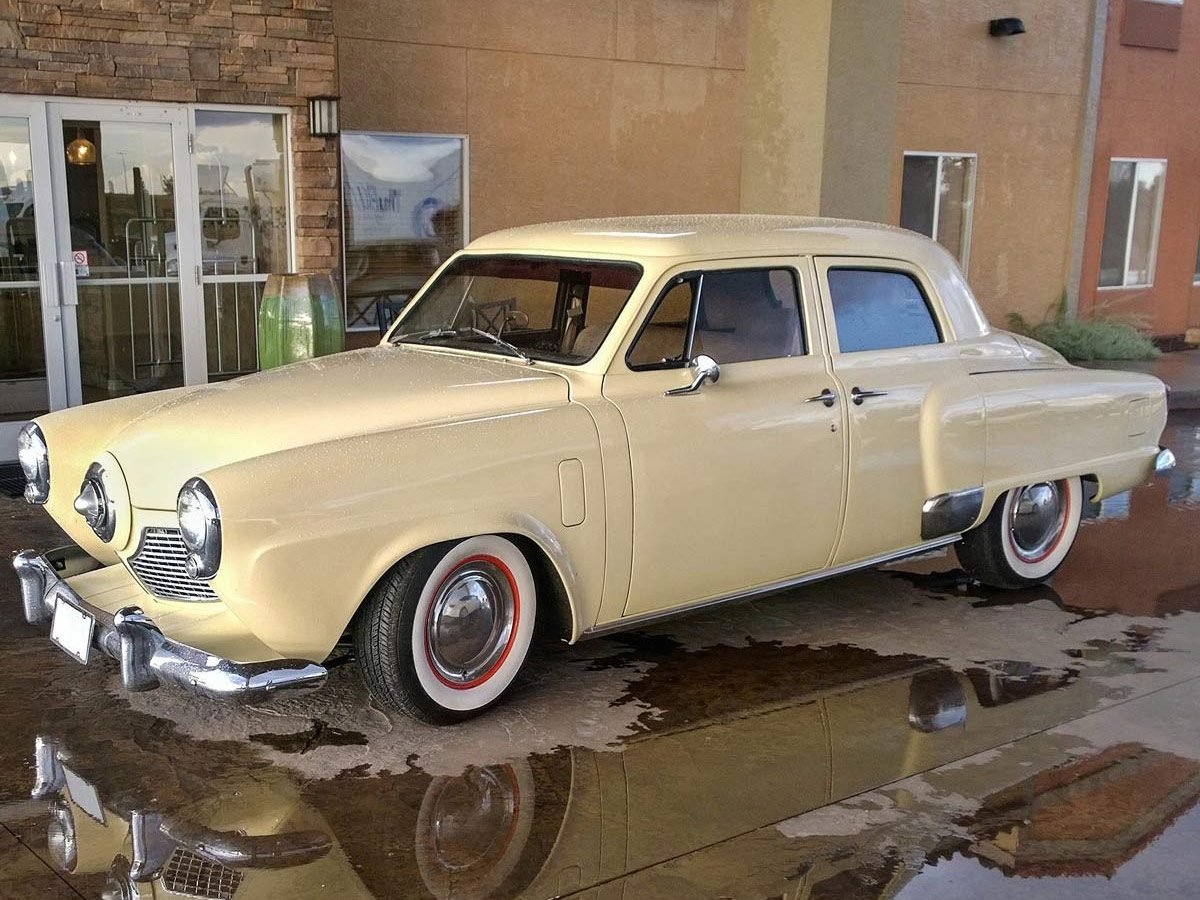
Classic #9: 1951 Studebaker Champion Custom
My sister Valerie, who is 10 years older than me, had a similar model. She drove it until the head gasket gave way. The defunct car sat in our driveway, though I would pretend to drive it and dream about how I would fix it up one day. Little did I know that I would have to wait decades for the opportunity after my dad finally sold Valerie’s car for parts.
I saw this one several years ago sitting in the previous owner’s driveway. Bud had gotten it from his father, who had gotten it from his father, who’d bought it new. I’ve been attracted to the brand all my life, so I bought Bud’s car as a project for my retirement. It sports the iconic styling that comes to mind when people think of the make. Bud’s was a basic model with little chrome; its only original option was an electric wiper motor. No radio, not even a heater—when I say “basic,” I’m not exaggerating. So when I bought it, the car needed just about everything.
I figured it deserved to come back better than original. Now it looks more like a deluxe model, with lots of chrome, wide whitewalls, deluxe hubcaps, and power everything. It has heat and air conditioning. People often ask me if I did all the work, and my favorite response is “No, but I wrote all the checks.” —Jon Stalnaker
Don’t miss this impressive 1952 Studebaker restoration.

Mystery Classic #10
1. The maker was named for an Ottawa chief who led an alliance of tribes against the British in the 18th century.
2. The four-cylinder engine was dubbed the Iron Duke.
3. Developers considered the model name Pegasus, which survived in the car’s equine logo.
4. The car’s name is the Italian word for proud.
5. During this car’s model year, GM bought Electronic Data Systems, placing future presidential candidate H. Ross Perot on its board of directors.
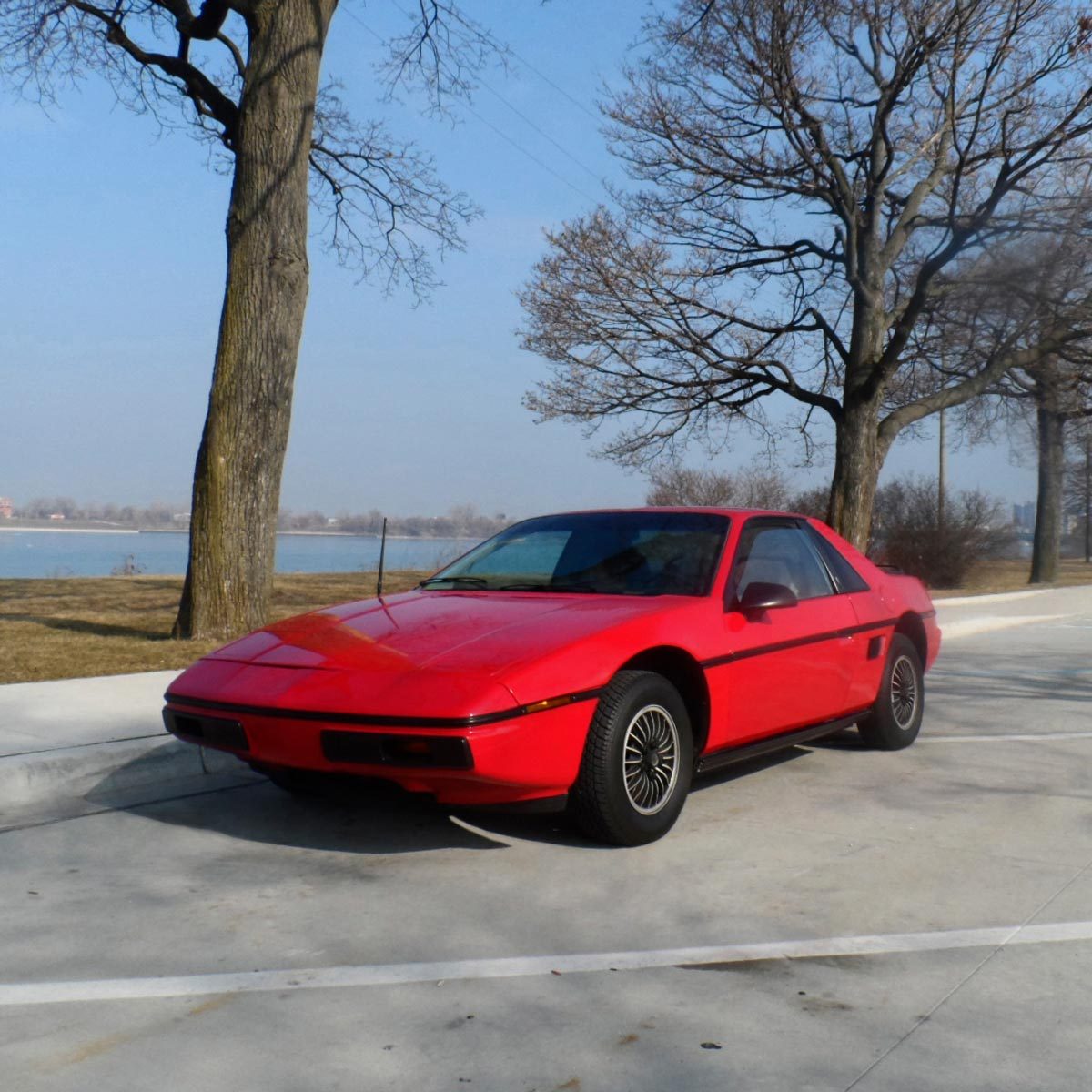
Classic #10: 1984 Pontiac Fiero
A short time before I retired, my wife, Nancy, and I began looking for a collector car we could enjoy on what would soon be a limited budget. This one was a perfect choice because it shares many parts with other models from this manufacturer, so they are easy to find at local auto parts stores.
We found this one for sale on Craigslist at a reasonable price, with only 50,000 miles on it. The original owner had put it in storage when he started fixing up Corvettes and never bothered to sell it. The car had been unregistered for so long that it had been dropped from the Department of Motor Vehicles’ listings. It had no history on Carfax.
This model, which was in production from 1984 to 1988, has the honour of being the only American-made mid-engine car ever to go into mass production. (The Chevrolet Corvair had a rear-engine design). —Anthony Bauman
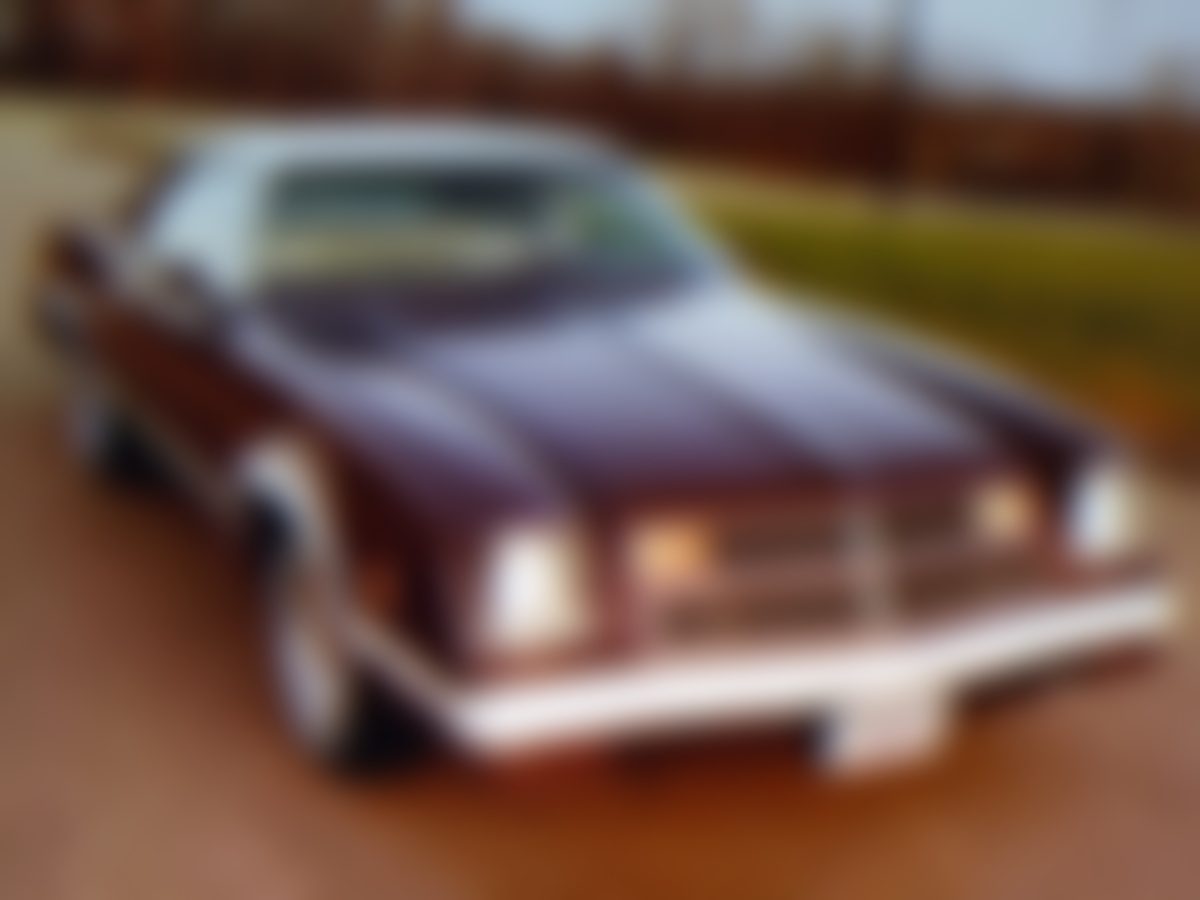
Mystery Classic #11
1. Cale Yarborough drove one for the first two of his three NASCAR Winston Cup championships.
2. A high-performance package was an option for three model years.
3. NASCAR effectively banned it after the 1977 season because of its aerodynamic styling.
4. A 454 big-block engine was an option in the first two years of the run.
5. The model is named for a beach in Orange County, California.
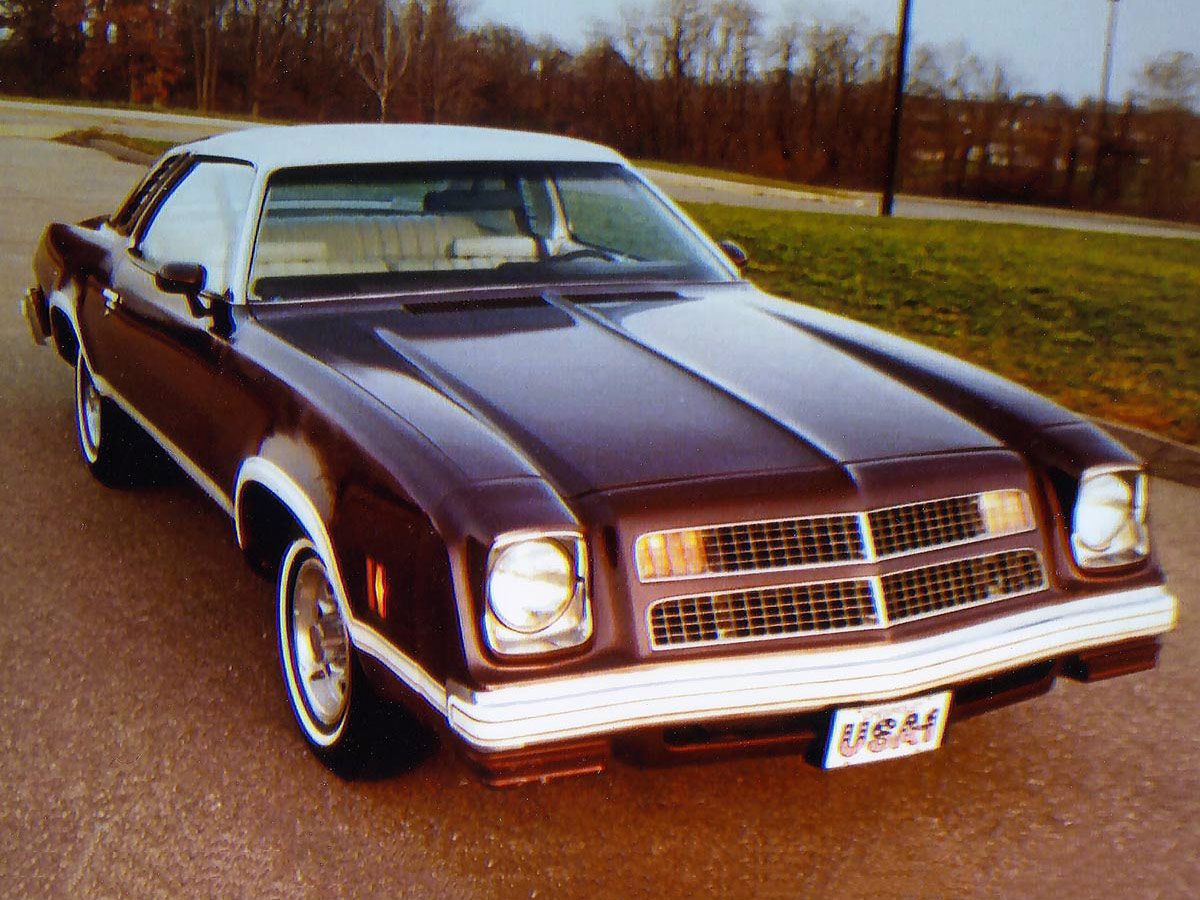
Classic #11: 1976 Chevelle Laguna Type S-3
Almost 40 years ago my wife and I were looking for a midsize car to avoid having to use our gas-guzzling, full-size station wagon all the time. We couldn’t afford a new car, but wanted something recent with few obvious problems. We looked around local car lots and found nothing we wanted, so I turned to our local buy-or-sell weekly.
An ad for a two-door midsize car with low miles caught my eye. I still recall the woman telling me that the car “absolutely MUST be sold this weekend.” To me, that meant “price very negotiable,” so I headed to her house.
My pulse quickened when I saw that the vehicle was no plain-Jane model, but a limited edition. It had an optional 400-cubic-inch V-8 along with a sport roof and body striping. The ad hadn’t mentioned any of these features, nor had the seller when I’d spoken to her earlier.
In fact, when I got there the seller apologized for the large engine and its lackluster fuel economy. My reason for car shopping in the first place, fuel efficiency, was now forgotten as I coveted this low-mileage beauty. After a short test drive, I tried to wear my best poker face as I made my offer. She quickly agreed. I really can’t say which of us was the happiest at that moment! —Ben Shipe
Read the fascinating story of how the Ford Mustang became a cultural icon.
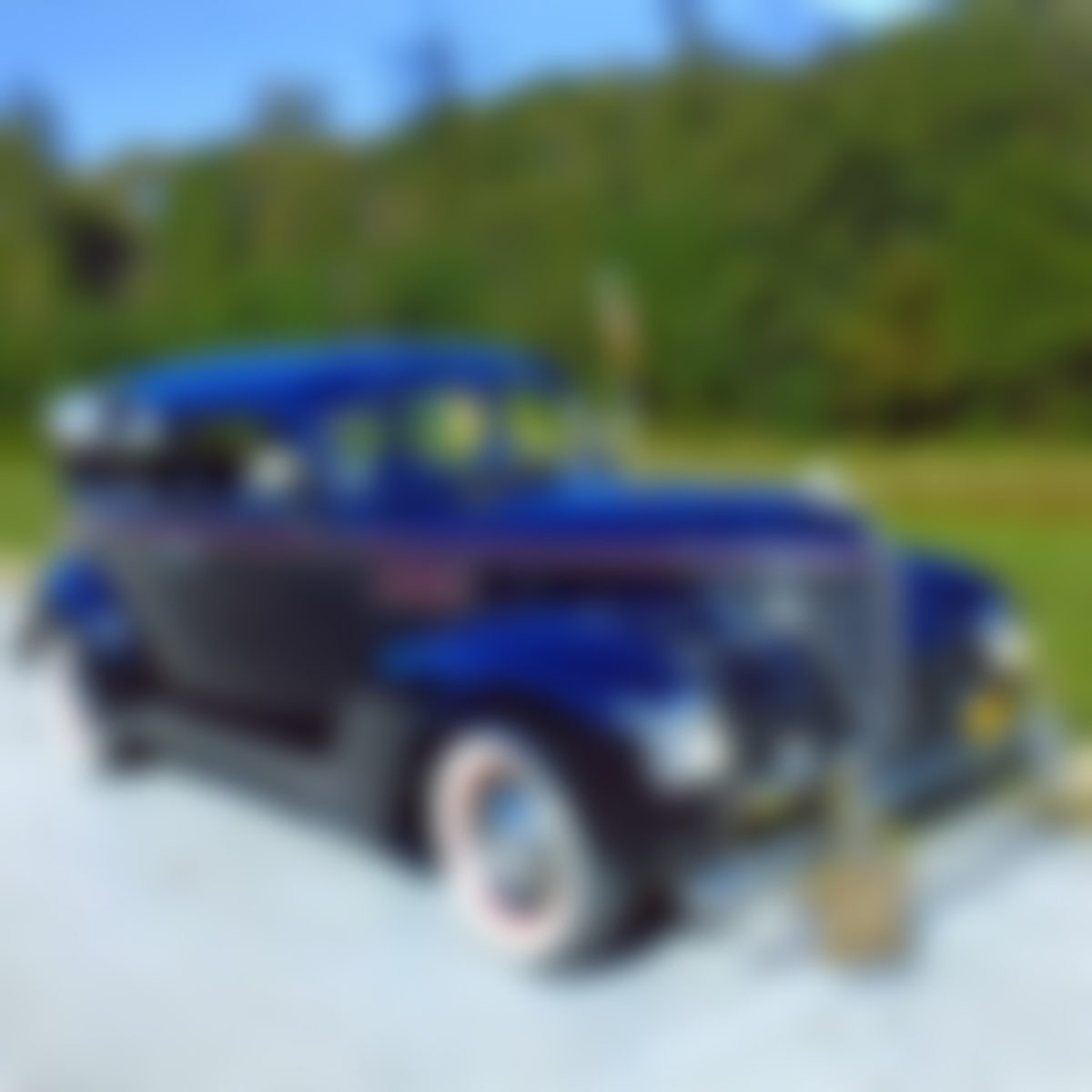
Mystery Classic #12
1. This make’s logo had an image of the Mayflower.
2. The gearshift lever on the steering column was an innovation for this upscale model.
3. The trunk lid has a bulge for extra storage space.
4. This model was designed with four wing-vent windows, one for each door.
5. This was the last model year before automakers were required to use sealed-beam headlamps
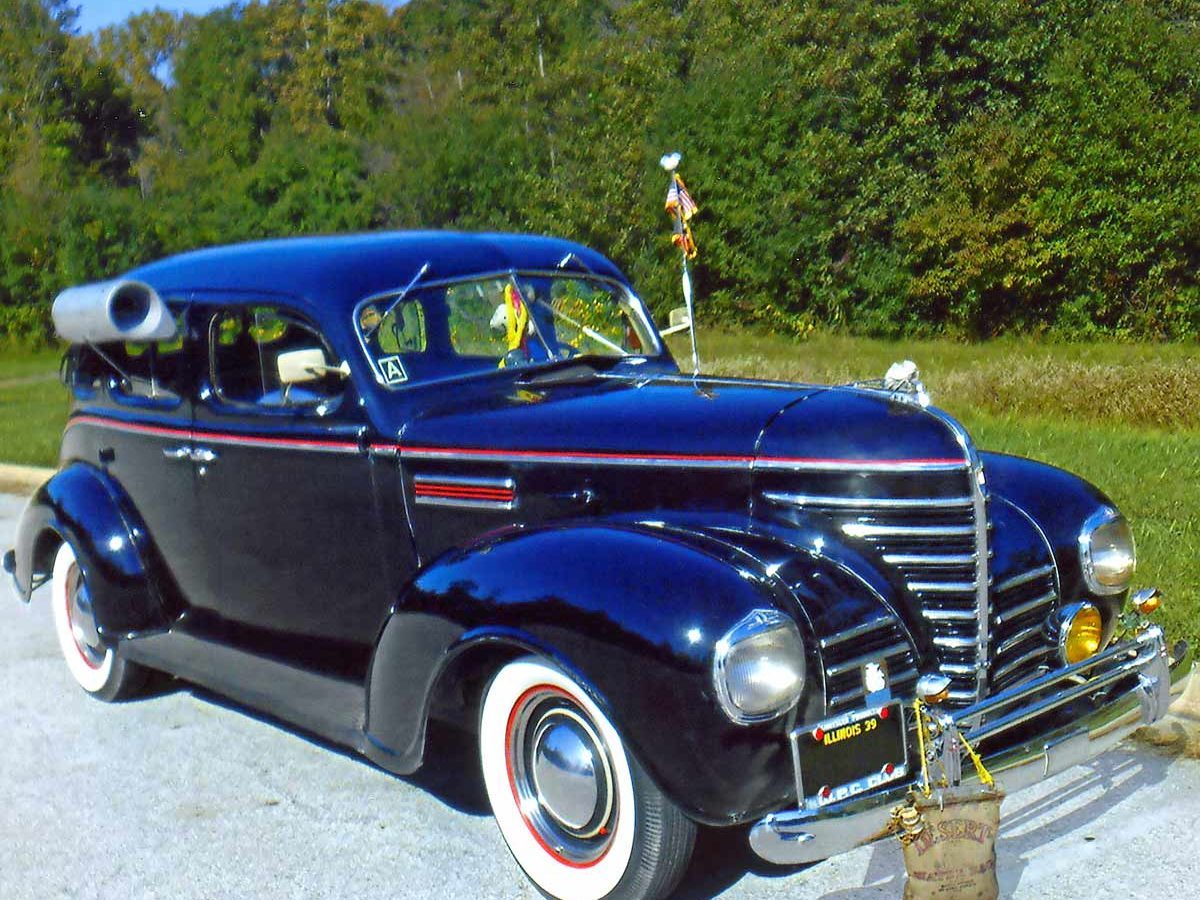
Classic #12: 1939 Plymouth De Luxe Touring Sedan
The object mounted on the right side of my car that looks like a miniature jet engine is a type of air conditioner called an evaporative cooler, popularly known as a swamp cooler.
Here’s how it works: As the car moves, air hits the intake and passes through a moistened pad before entering the car. As the moisture evaporates, it cools the air. Swamp coolers were popular aftermarket accessories before factory air conditioning became available, especially in arid climates where they’re most effective. A bag hanging from the front bumper holds water for the cooler’s reservoir.
I got the cooler from a seller in Arizona, but I bought the car in Danville, Illinois, nearly 30 years ago. After we closed the deal, I drove it the 120 miles home to the Chicago area. It was in such good shape, it needed only a paint job to bring it back to looking like new.
This car appeared in two films in 1992—A League of Their Own with Geena Davis and Tom Hanks, and The Public Eye with Joe Pesci—and once again in 2006, in director Clint Eastwood’s Letters from Iwo Jima. —Charles Rouse
Scoring well so far? See if you can guess the decade these iconic photos were taken.
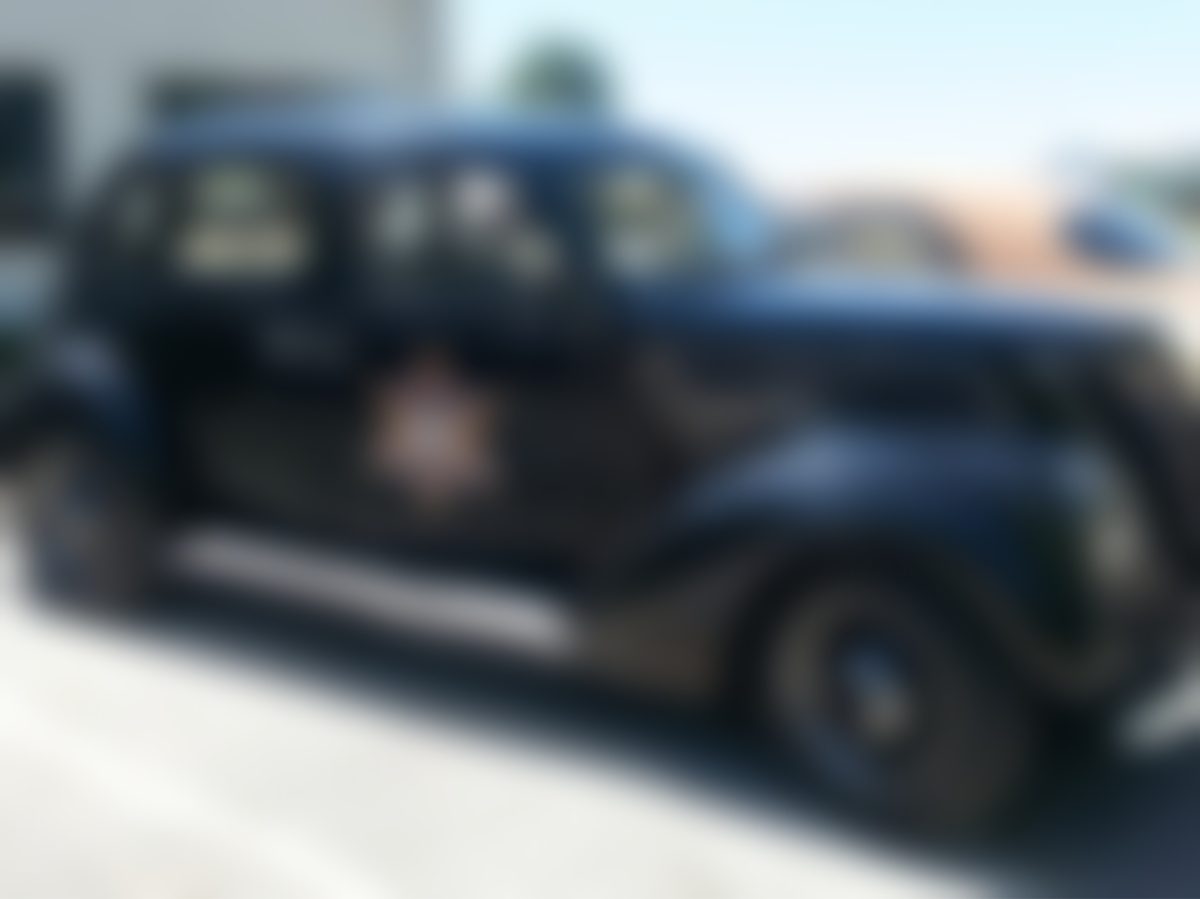
Mystery Classic #13
1. The automaker’s flagship hub is known as the River Rouge complex.
2. A letter to the maker—said to be from bank robber Clyde Barrow but unverifiable—calls the V-8 “a fine car.”
3. A less popular 60-horsepower version didn’t last.
4. The maker used a play on its name to identify all its four-door sedans.
5. This model year was the first that the manufacturer incorporated a car’s headlights into the front fender.
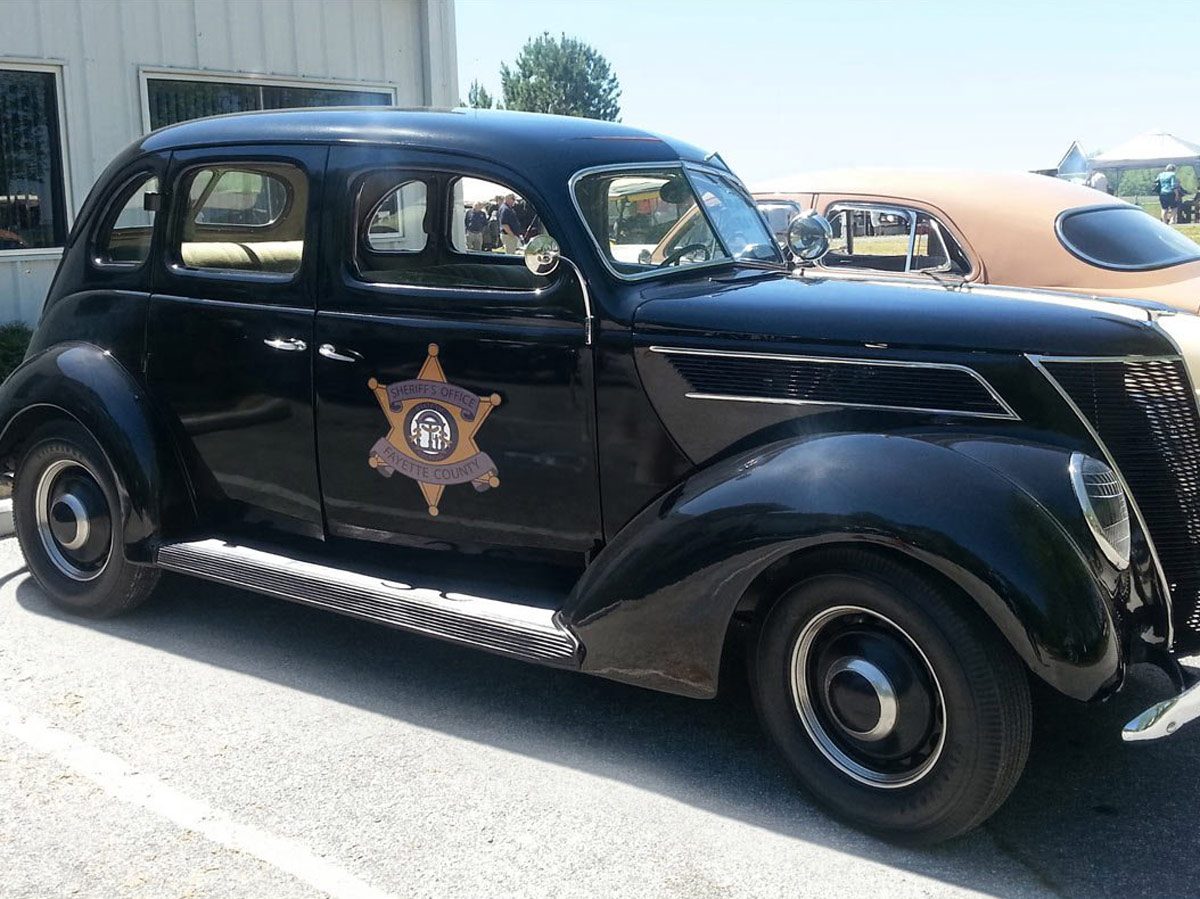
Classic #13: 1937 Ford Standard Model 78 Slantback
Most anything automotive holds a fascination for me, but as a member of the pre-baby-boom generation, my first and biggest love always has been for vehicles like this one. To me, they have the cleanest and prettiest lines.
When I learned in 2013 of a restored one for sale in a neighboring county, I was determined to find out everything I could about it.
These models were frequently used by law officers because of their no-frills price and powerful engine. This one is equipped with an 85-horsepower flathead V-8 for chasing down bad guys.
M.G. Sams, former sheriff of Fayette County, Georgia, where I live, had owned this car in the late 1930s and early 1940s. The man who restored the car in the 1980s discovered that the lower half of all four doors had been filled with concrete to stabilize the car while in hot pursuit of lawbreakers on Georgia’s dirt roads.
I bought it, brought it back to its original home county and added sheriff’s stars to the doors and trunk. I took it to many car shows, where it was always popular.
Today, the Fayette County Sheriff’s Office owns the vehicle, which appears in parades and other events. Seniors around town love to recount stories of seeing it in action back in the day. —Doug Fields
Can you guess the best-selling car of all time?
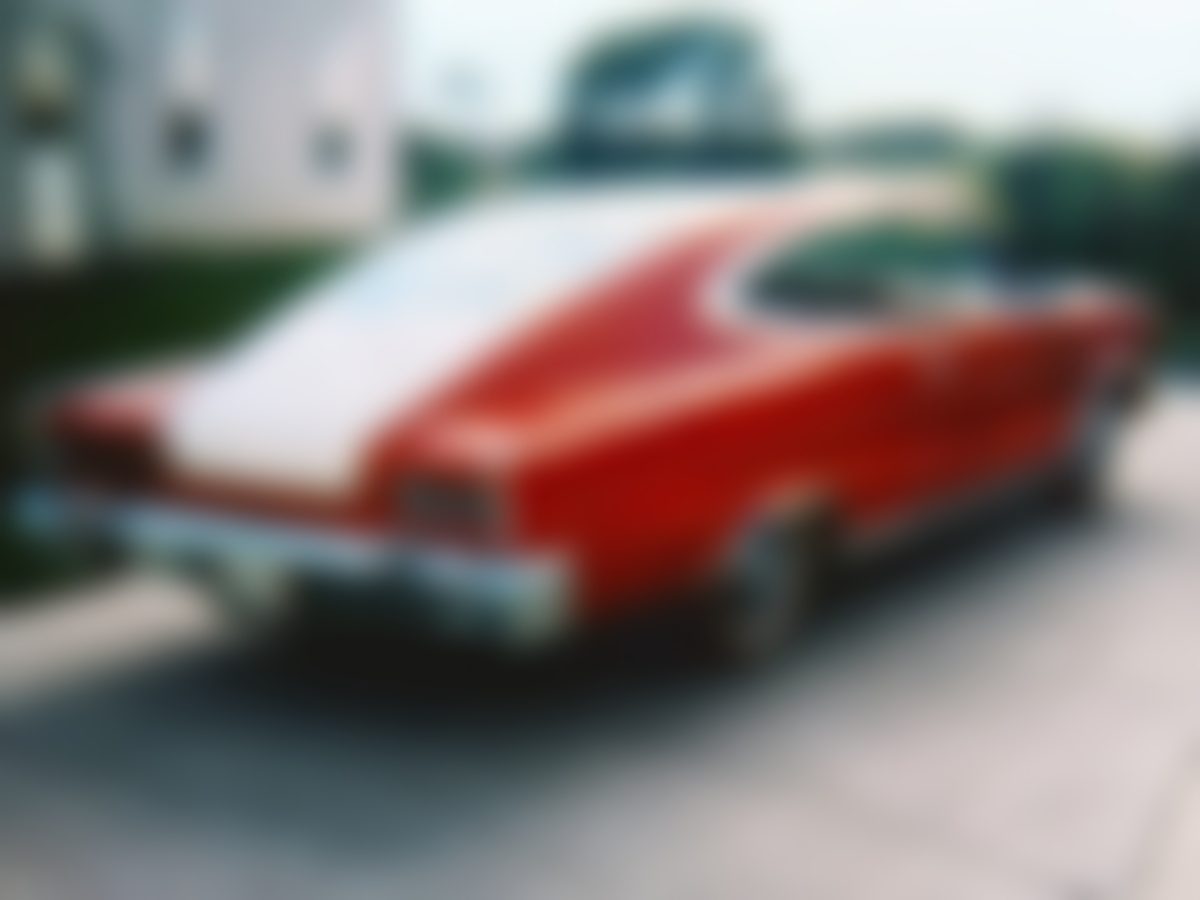
Mystery Classic #14
1. The company was formed in a 1954 merger, the largest in U.S. history to that date.
2. The original concept car had a compact chassis and was dubbed the Tarpon.
3. CEO Roy Abernethy scrapped the original concept and had it redesigned on a midsize chassis.
4. Ads said the model offered “man-size comfort.”
5. The car shown was built in the model’s first year.
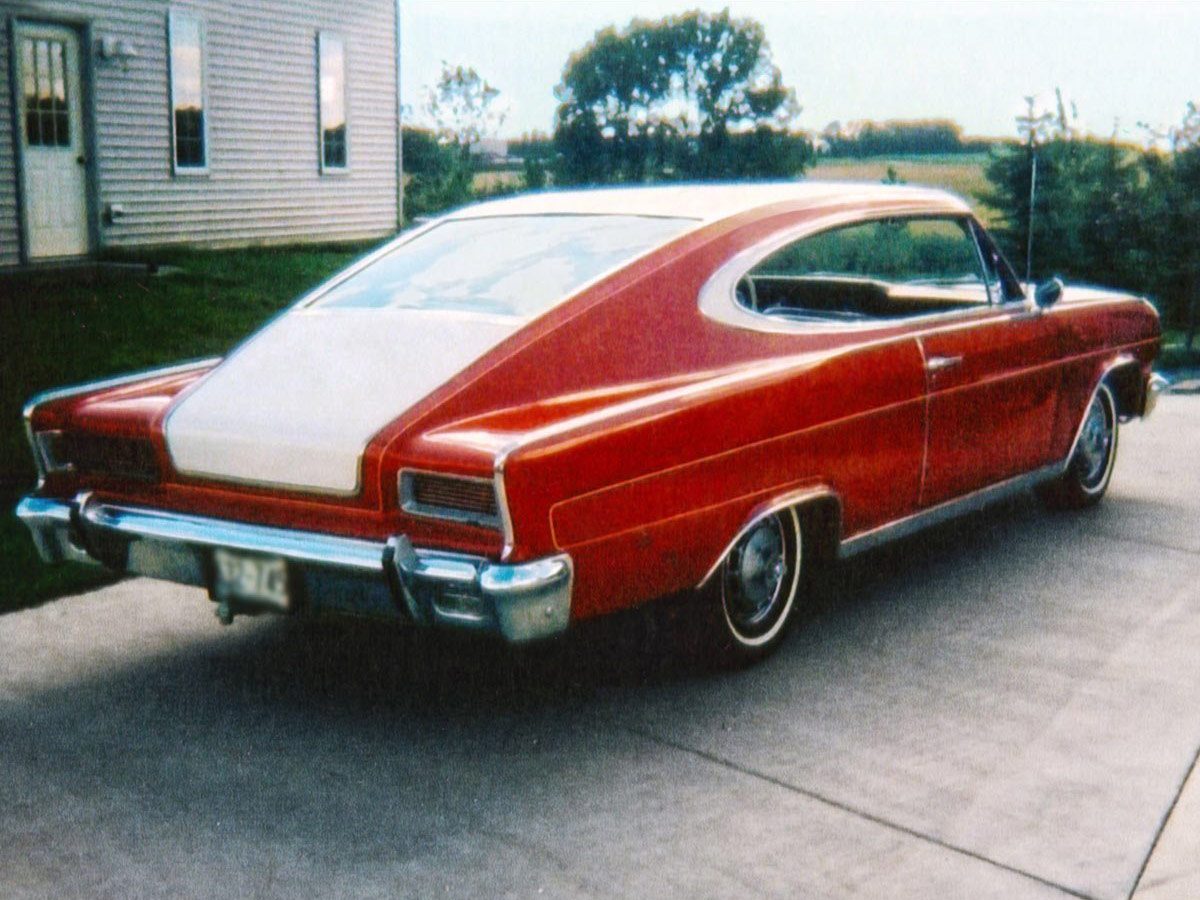
Classic #14: 1965 Rambler Marlin
My wife, Theresa, and I bought this car off the showroom floor at Warner’s Auto Sales in Fergus Falls, Minnesota.
We intended to buy a popular sedan the manufacturer offered, but Warner’s was out of them. This model, though, was built on the same chassis and had all the sedan features I was looking for, just in a spiffier package. This was the maker’s answer to the Ford Mustang fastback.
Only about 10,000 were built in the year ours came off the assembly line. It’s one of the first American cars to have front disc brakes as standard equipment; it also has fully reclining bucket seats and an overdrive manual transmission with an unusual twin-stick floor shifter.
We ended up buying it as an end-of-season closeout. While the car gets pampered now, it was our daily driver for seven years, and it suffered the typical wear and tear of most family vehicles—and once, a not-so-typical treatment.
Its only accident happened around Christmastime a few short months after we bought it. After attending a performance of Handel’s Messiah, my wife and her friends stopped for lunch at a cafe, and someone backed into the right front fender in the restaurant’s parking lot.
The atypical treatment? That was courtesy of two of our five children. I walked into the garage one day to find the car’s back fender covered with gravel and our 4-year-old son and 3-year-old daughter doing a soft-shoe routine on top of it.
Fortunately, our local body shop repaired the damaged finish. And, incidentally, neither child grew up to dance professionally, on cars or anywhere else, although our daughter has turned out to be very fussy about her own car. —Virgil Fults
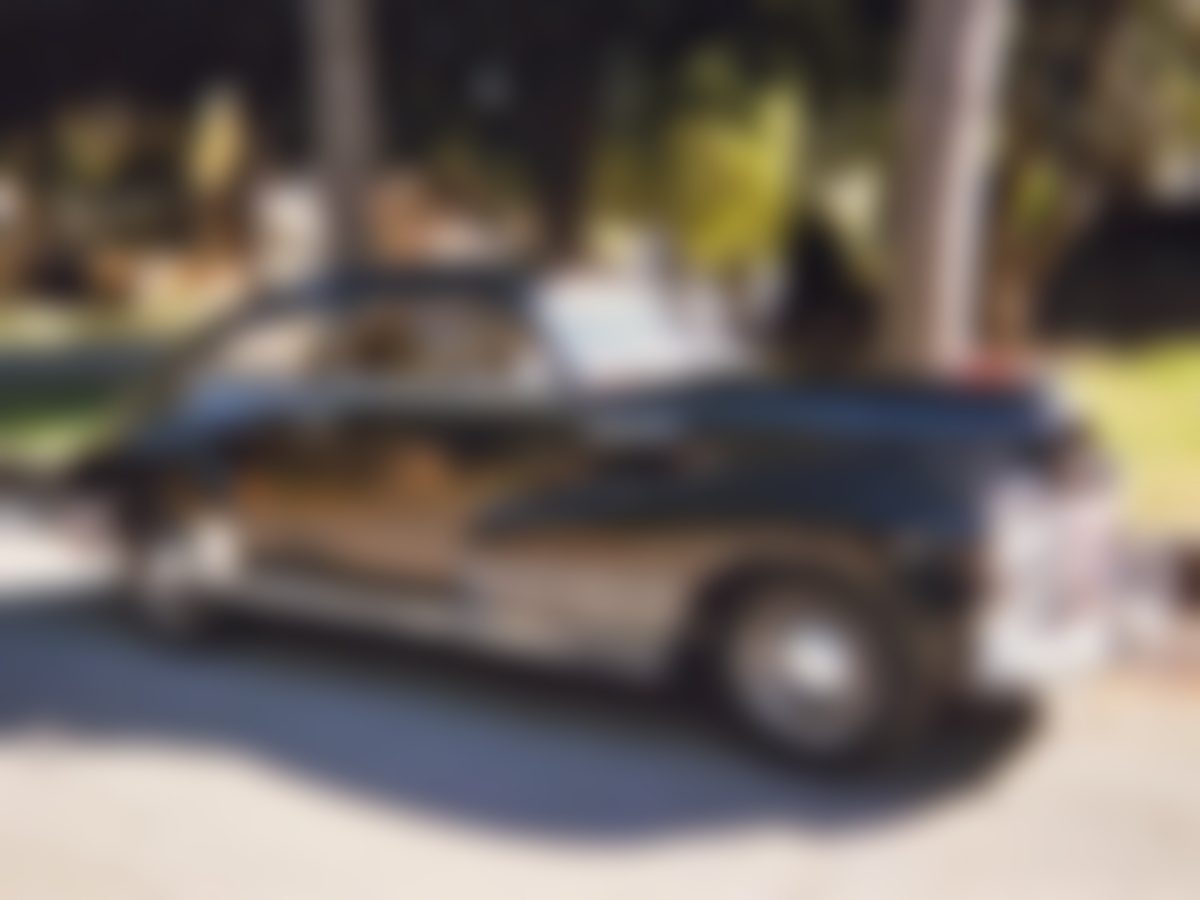
Mystery Classic #15
1. This make is a contender for the best-selling domestic auto brand in the U.S.
2. The “stovebolt” overhead-valve six-cylinder engine was the only type offered in this make for more than 25 years.
3. This model was the very top of the line.
4. The vertical bar bisecting the grille is one of the few changes from the prior model year.
5. In this model year, Preston Tucker tried without success to bring his innovative car design to market.
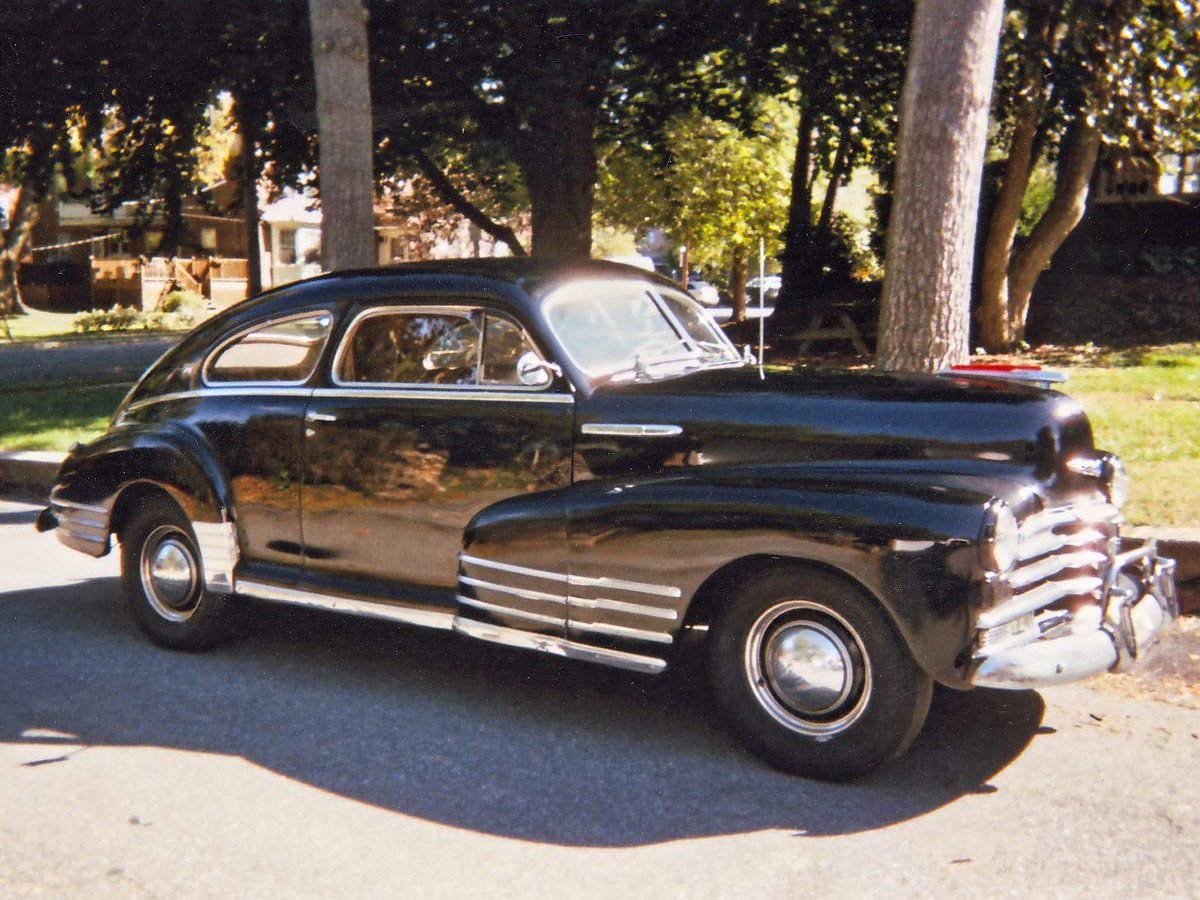
Classic #15: 1948 Chevy Fleetline Aerosedan
Our family’s connection to this vehicle began in 1967. I needed a second car for my job, and so a friend offered to sell me this one for $200. I used it for work for three years until I decided a pickup truck would be better. I parked this in the garage, where it sat for five years. One day I decided to try to get it started. I put a fresh battery in it, and it fired right up.
I used to drive our daughter all over in it when she was a toddler. I’d hold her with one arm and steer with the other. If she was out of sorts, we’d go for a ride and she’d settle down. When she got married, she asked me if we could use the car in her wedding. And so we did.
While he was in college, our son had a summer job at our local country club, which by coincidence was founded the year the car was built. One day he was unable to find a parking space, so he parked the car on the grass. People assumed that it was there as a prop to celebrate the club’s anniversary. Some folks offered to buy it, but I wasn’t selling. —James Beck
Check out the most popular car colours in Canada!
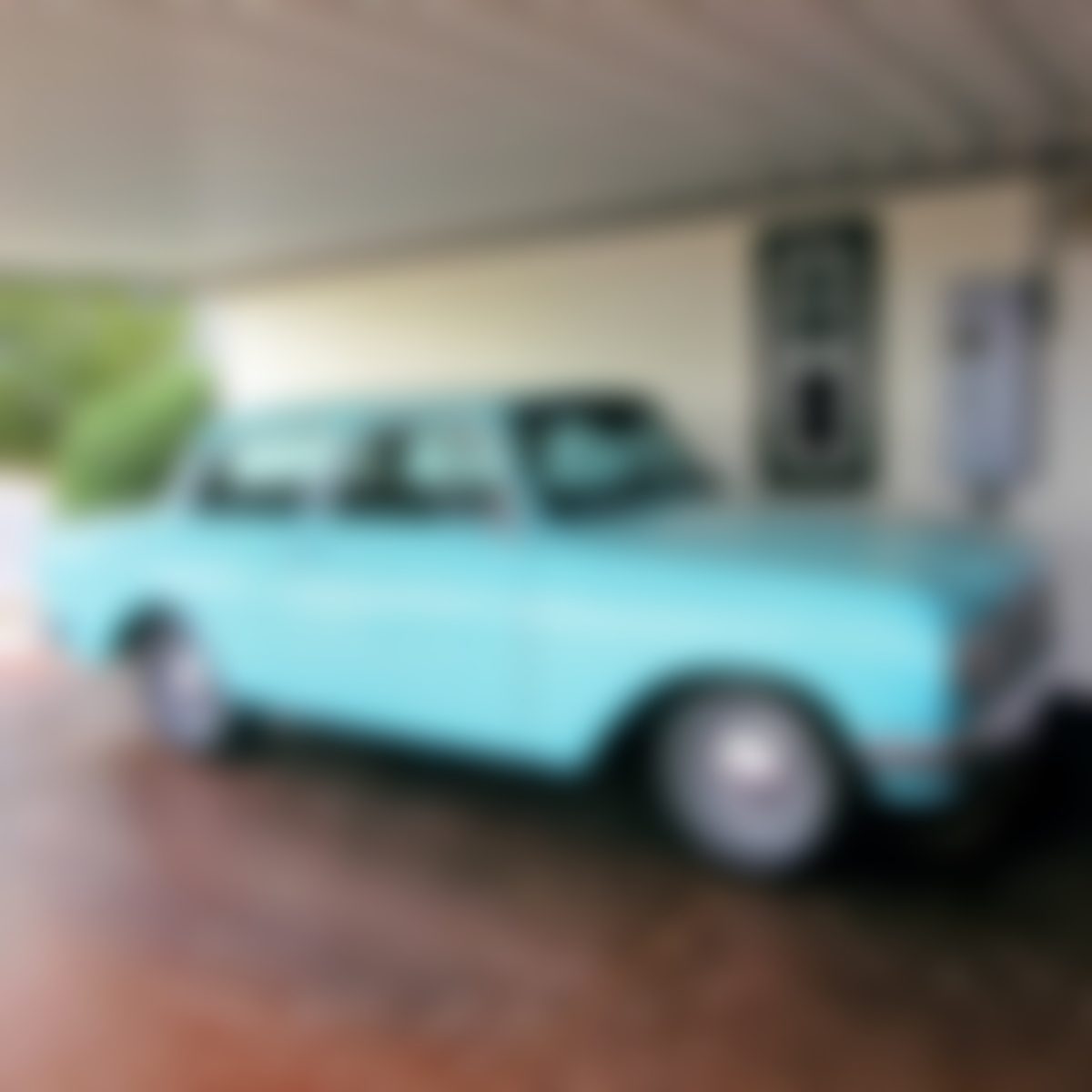
Mystery Classic #16
1. When this was built, George Romney was in his last year as head of the manufacturer.
2. The company was formed in 1954 by the merger of Nash-Kelvinator Corp. and Hudson Motor Car Co.
3. This model’s name was part of its corporate parent’s title.
4. The engine series was dubbed the Flying Scot to emphasize its thriftiness.
5. The marque was first used from 1904 through 1913.
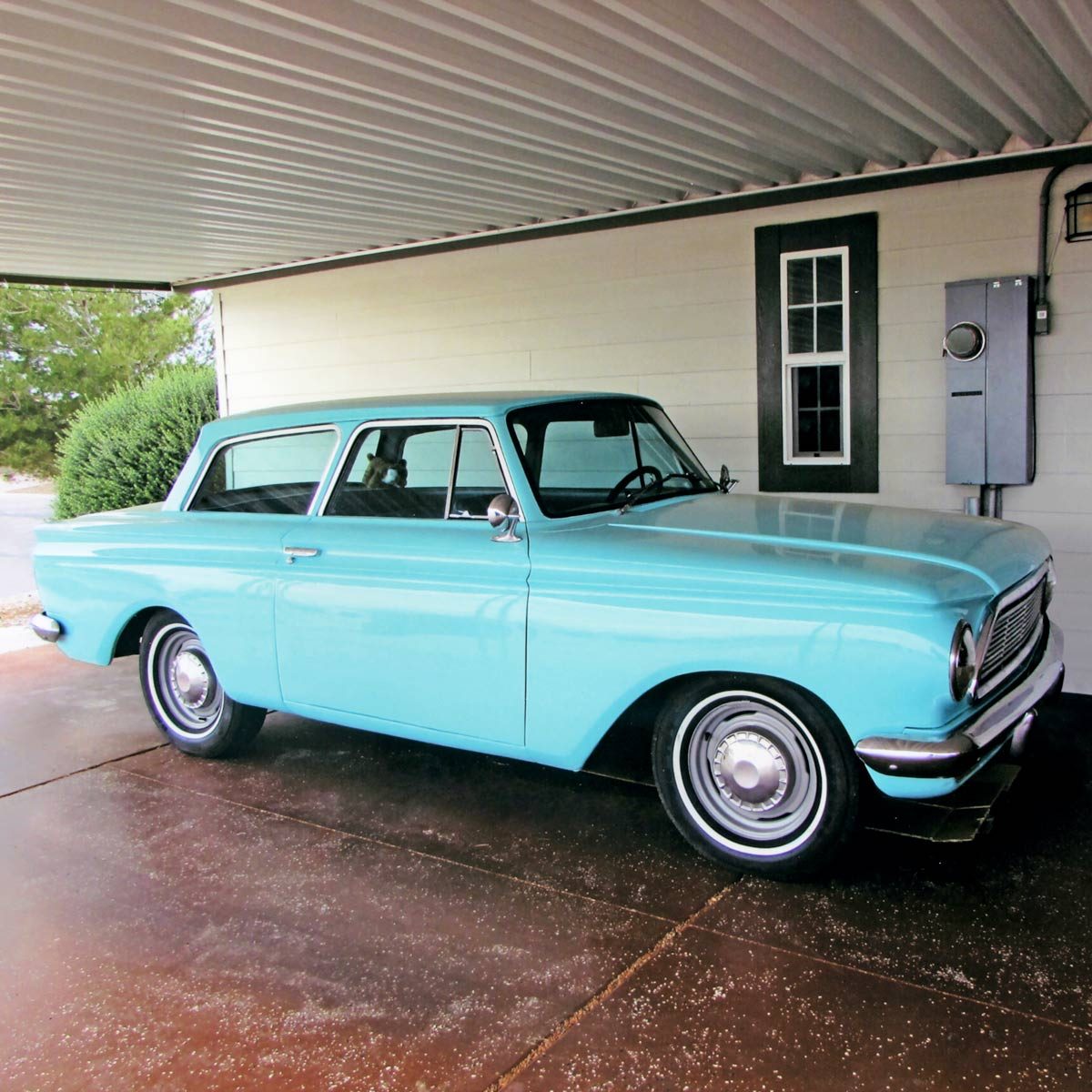
Classic #16: 1962 Rambler American
While I was in the Navy stationed at Whidbey Island Naval Air Station in Washington, I bought my first new car. Later I was transferred to San Diego, and I met Katy, my future wife. I told her I had a new car back home and, knowing sailors, she didn’t believe me at first.
After we married we put all our belongings into the car and moved back to the Seattle area, where I was stationed on a submarine in the Bremerton shipyard. Two years later our son was born, and the car proved too small for all the baby items. We traded it in for a station wagon.
I always longed to get another car like my first, but I never saw one for sale until 2015, when I spotted this one sitting along the road. I showed it to my wife, who said she “wouldn’t own that rust bucket on a bet.”
I bought it the next day. I kept it a secret for nine months while I fixed it up, giving it a new interior and paint. Then, on our 52nd anniversary, I told Katy I was taking her to lunch. Earlier that day, I’d had my brother-in-law drive the car over and park it in front of our house.
“Look,” Katy said, “there’s a car exactly like the one we owned on our wedding day. I wonder whose it is?” “Yours,” I told her. “That’s the rust bucket you wouldn’t own on a bet.” She looked as if she might faint. All she could say was “Oh, my God,” over and over. Since then I have taken it to three car shows; it took second among the top 10 best cars in our local show last October. —James Jans
Read the incredible story of one family’s 1950 Dodge Ram.
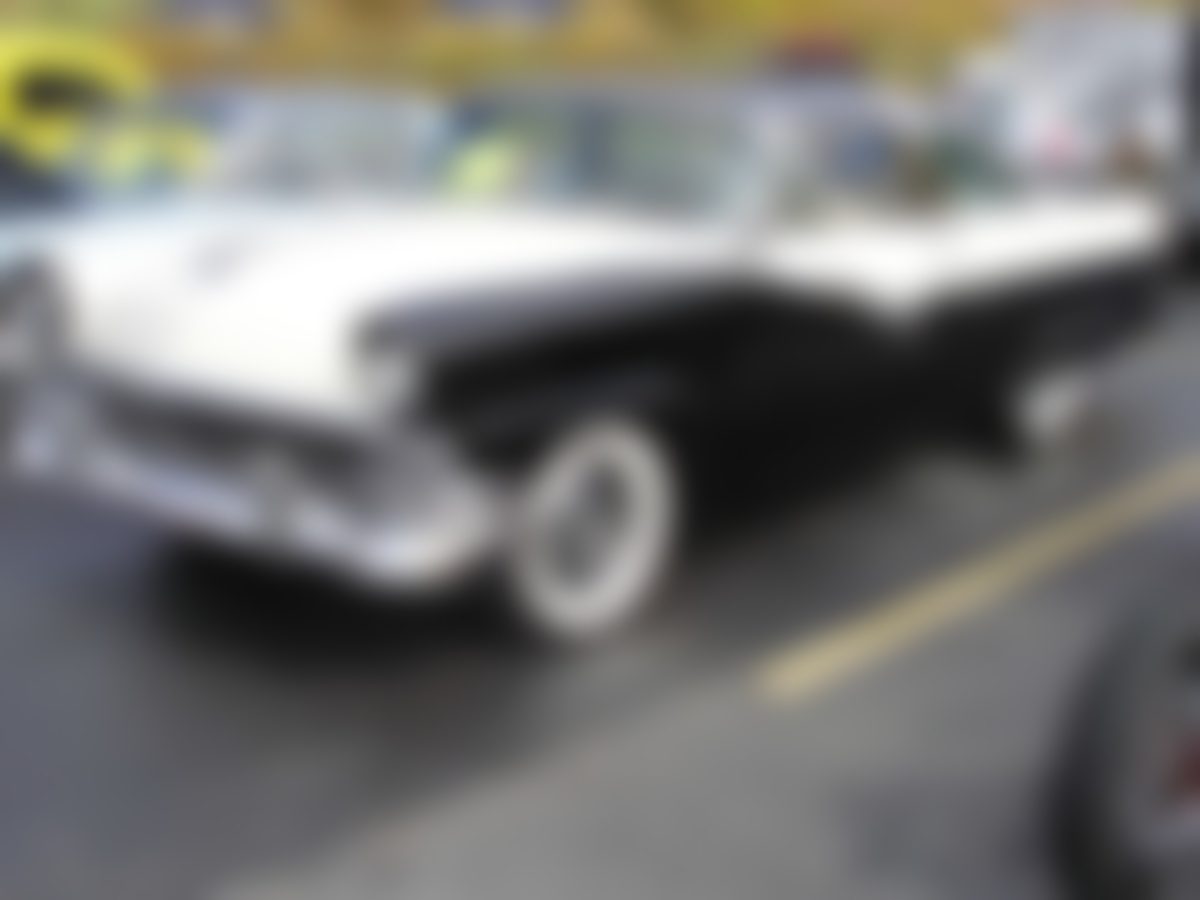
Mystery Classic #17
1. The maker offered its flagship chassis in three body styles: Customline, Mainline and this one, named for the founder’s Dearborn, Michigan, estate.
2. The distinctive stainless steel rooftop tiara merited a reference to royal headgear.
3. This luxurious model shared a feminine appellation with a long-reigning British monarch.
4. The maker dropped the tiara in the third model year.
5. One limited edition version of the model featured a transparent, tinted roof panel.
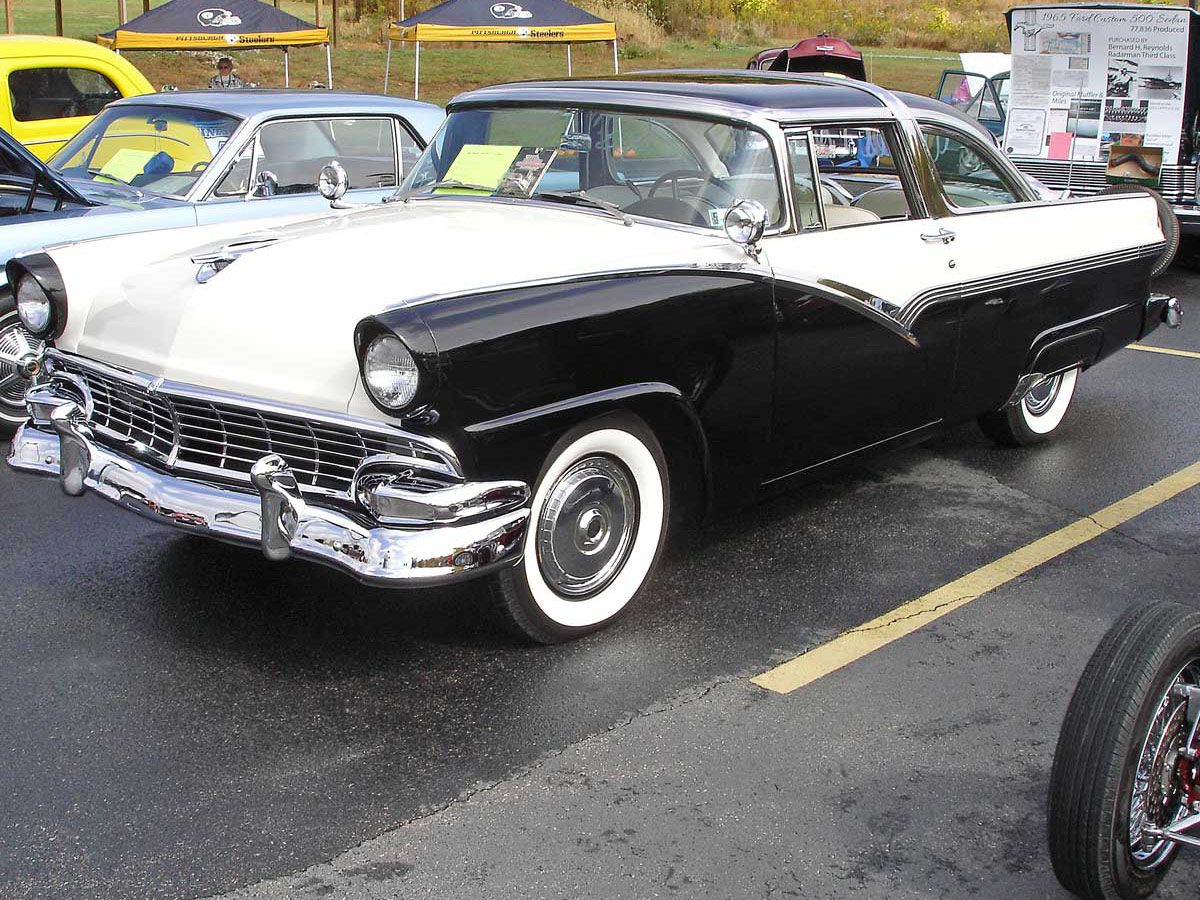
Classic #17: 1956 Ford Fairlane Crown Victoria
Almost as far back as I can remember, I have loved this model’s perfect lines and fancied owning one. Over the years, I’ve owned three, including the top-of-the-line version that I still have.
The version I still own was dubbed the Easter car because the polished stainless steel tiara across the roof gave it the appearance of an Easter basket with a handle. And the factory options for pastel colours—yellow, pink, green, blue, orange—put an exclamation point on the nickname.
Mine is from the second year of production for the Easter car, when about one-fourth as many cars were produced as in the introductory year. So the second-year model, with updates like heavier stainless and chrome and a larger engine, is more desirable to collectors.
It had the new “lifeguard design” features—deep-dish steering wheel, padded dash, and seat belt options. Many (including me) regard this as one of the most beautiful cars ever produced for the average driver. Back then it sold for about $2,400. —Ken Colbert
Here are 12 car myths you need to stop believing.

Mystery Classic #18
1. The maker is the namesake of its co-founder, a Swiss-born race car driver.
2. The maker launched this model in 1953 and dubbed it “America’s sports car.”
3. The model body has been made of fiberglass/composite material throughout its production.
4. For this model year, the maker dropped its rounded tail in favor of a ducktail design.
5. A car from this model year starred in the first season of the TV series Route 66.
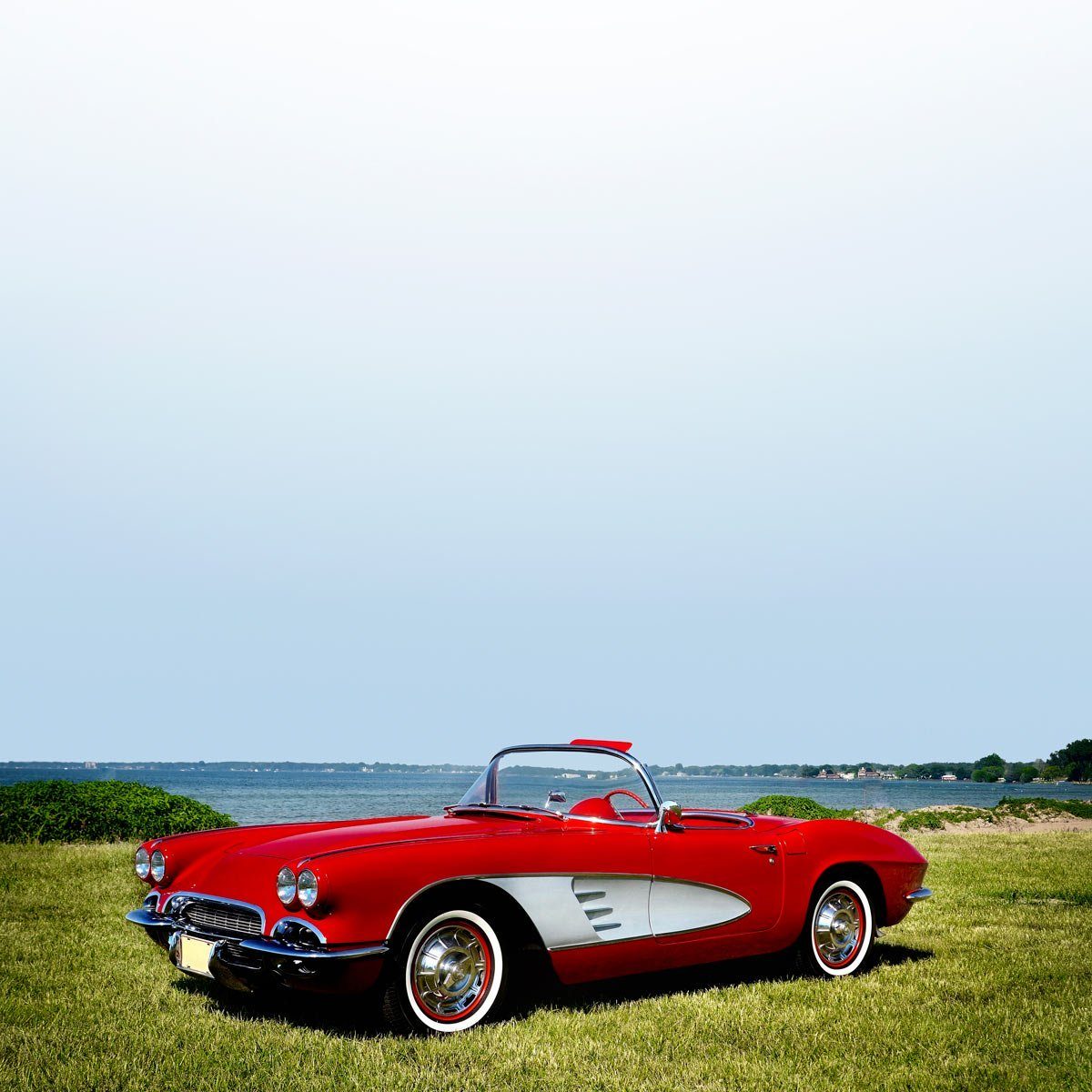
Classic #18: 1961 Chevy Corvette
On graduation weekend with friends near Cedar Point on Ohio’s Lake Erie shore in June 1961, I was mesmerized by a red roadster traveling down the cottage road. About two years later, I became the owner of a car just like it.
I drove it throughout my college days, and it began to play an important role in my life. First, it helped me attract the attention of the girl who would become my wife. Marie did not drive before we started dating, and I used the car to teach her, stick shift and all. (To this day, she prefers a manual transmission.) She took her driver’s license exam in that car; we took our honeymoon trip in that car; and our first-born son, Dan, nearly arrived in that car. I used a bit of its performance capability to get Marie to the hospital on time!
We used it daily until Marie became too pregnant with our second son to fit behind the wheel. Soon, it began to deteriorate. The paint peeled and the interior frayed. We were actually using it to store old flower pots. I wanted to sell it but Marie intervened, saying it was part of the family. She also reminded me of what attracted her to me in the first place. So in 1975, after 140,000 miles of adventures, I undertook to restore it.
The car has a 283-cubic-inch dual-quad engine, a close ratio four-speed transmission and a 4:11 axle. (Old hot-rodders will know what this means.) I researched the model’s production records and history. Given the relatively low number produced, and the even smaller portion that were painted red and registered in Ohio, it is likely that the car I saw at graduation was the very car I purchased. —Joseph Feko
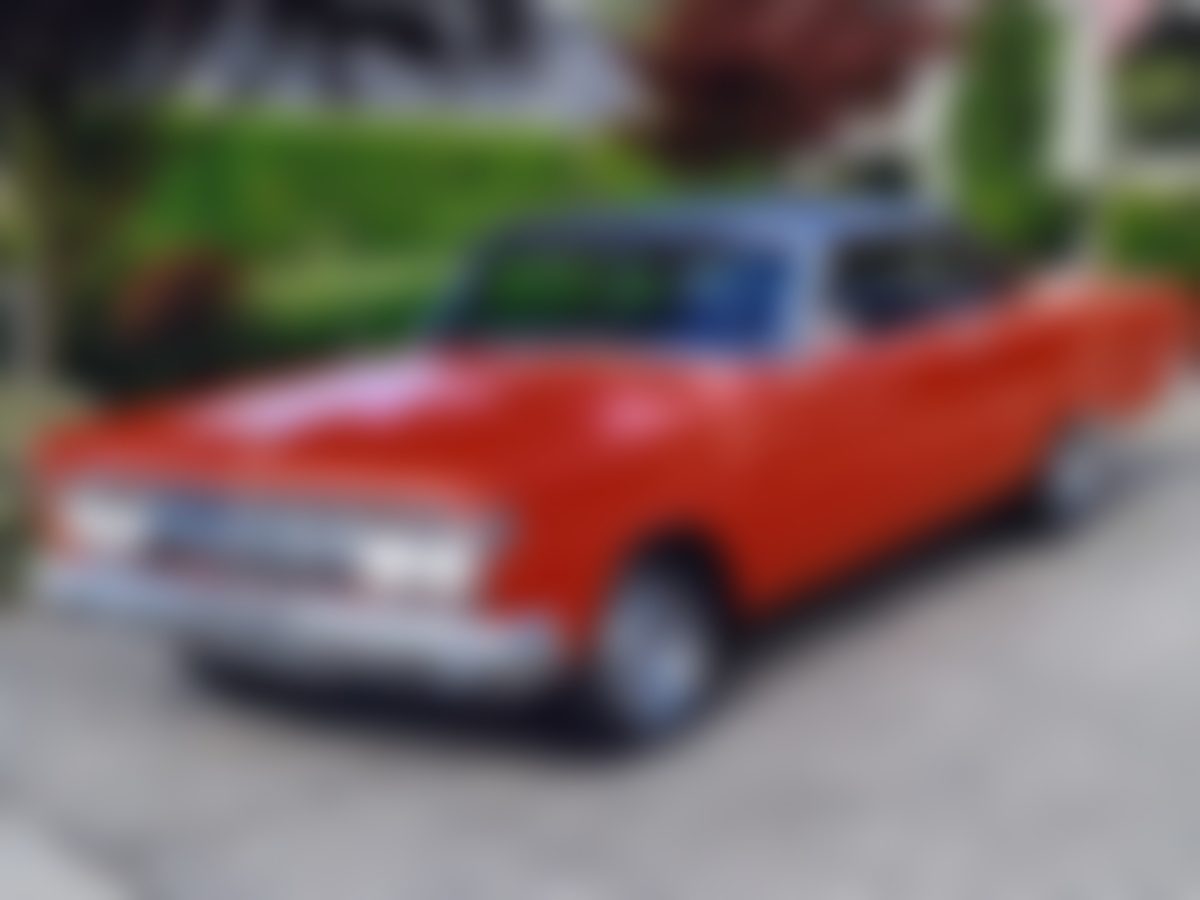
Mystery Classic #19
1. The make and model bear the names of celestial bodies, including one of the planets.
2. This special edition model is named after a strong tropical windstorm.
3. A fleet of five cars of the same make and model completed a high-speed durability run at Daytona International Speedway, going 100,000 miles at an average speed of over 100 mph.
4. Our featured car is equipped with a high-performance engine that became available midway into the model year.
5. The maker ID’d the update by adding a fraction to the model year
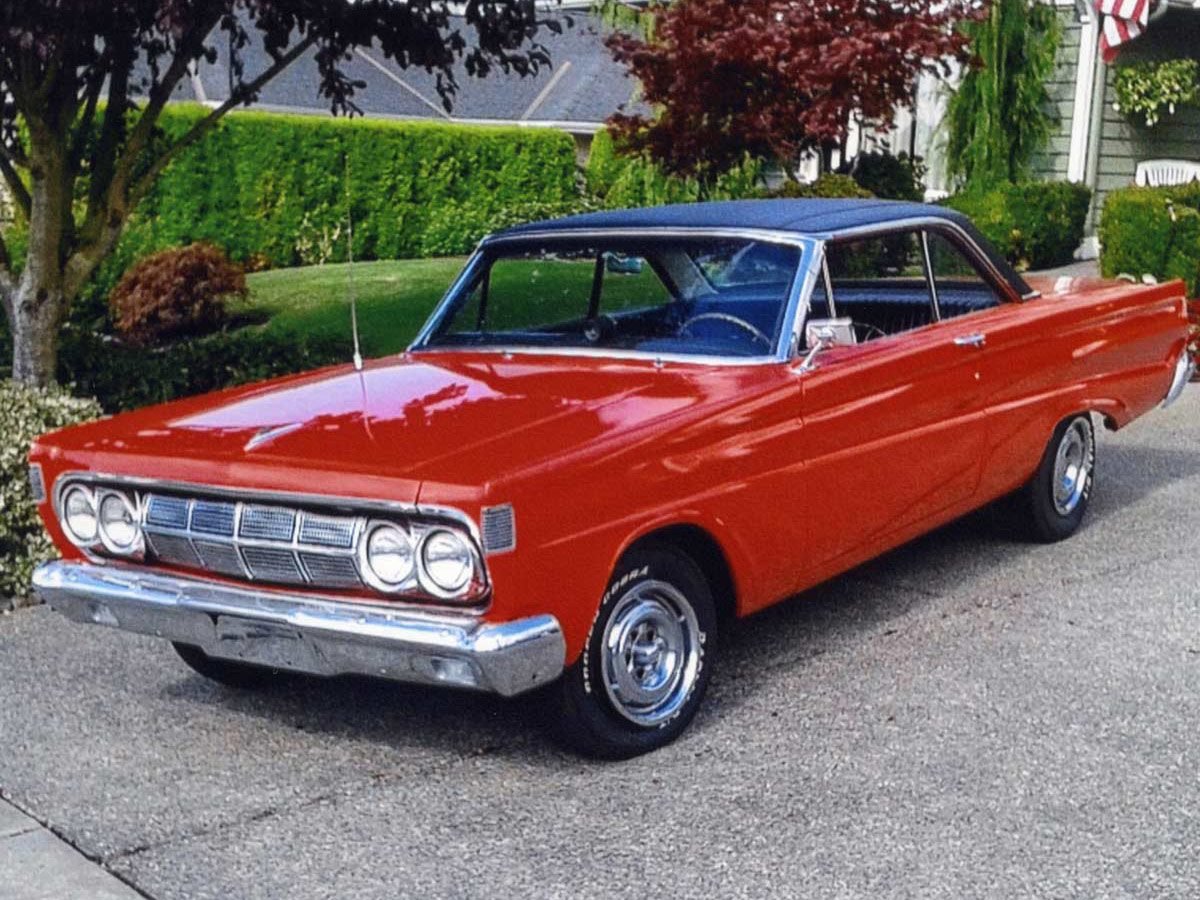
Classic #19: 1964 1/2 Mercury Comet Cyclone K-Code
This is a duplicate of the high-performance coupe I bought off the showroom floor at a dealership near the University of Washington a year after I graduated from high school.
That car was a competent stoplight racer and street cruiser on Friday and Saturday nights in Everett, Washington, my hometown. Quick in the lower three gears, it came up a little short in the quarter-mile.
About 20 years ago I started searching the country for a fun car like my first coupe. My hunt lasted 16 years before I finally found this one. It was in rough shape, but it was nearly identical to the car I owned just out of high school. The original invoice showed it was first purchased in Manitowoc, Wisconsin, and included some luxury options I hadn’t bothered to add to my car as a teenager, such as a $15 remote-controlled side-view mirror.
I got it from a seller in Houghton, Michigan, who trucked it to Duluth, Minnesota, where I loaded it onto my trailer and hauled it 1,700 miles home. I spent three years restoring it. The runway at the municipal airport in Arlington, Washington, used to do double duty as a drag strip from 1953 to 1969. You’d find me there most Sundays when I was young. Now I drive my classic ’60s muscle car on the same strip every September at an annual drag-race reunion. It takes me back. —Terry Martell
This beautiful 1967 Camaro looks like it just rolled off the lot!
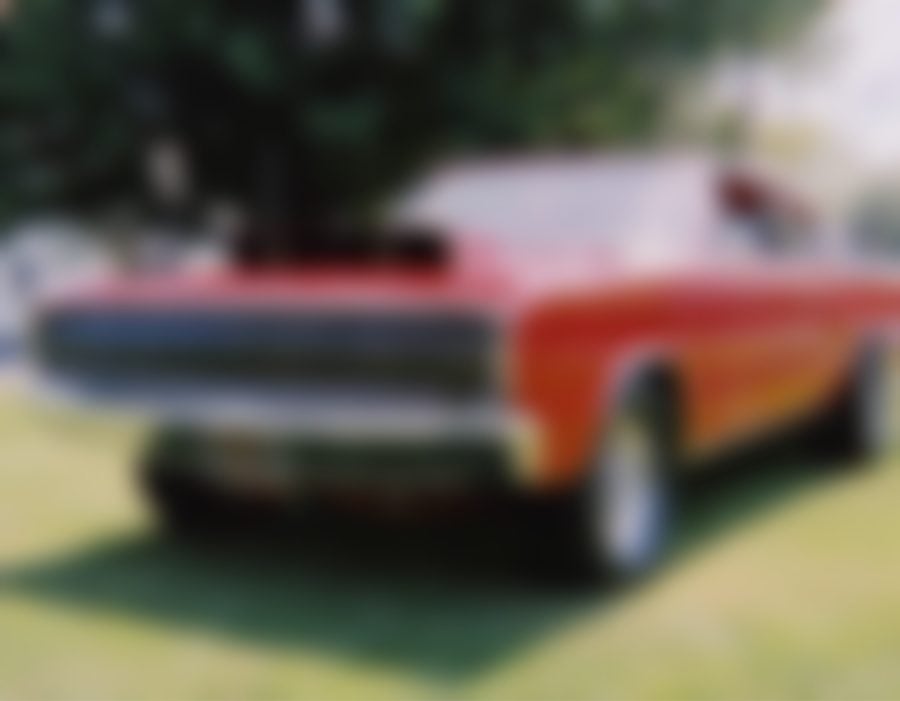
Mystery Classic #20
1. The marque was founded by two brothers who died within months of each other in 1920.
2. This midsize muscle car made its public debut at the 1966 Rose Bowl.
3. Advertisements declared the car to be “the leader of the (brand name) rebellion.”
4. The car’s 426-cubic-inch engine became available as an option in several models after NASCAR banned it from competition.
5. The manufacturer had to strengthen stress points in the chassis and suspension to stand up to the punishment of the mighty engine’s power.
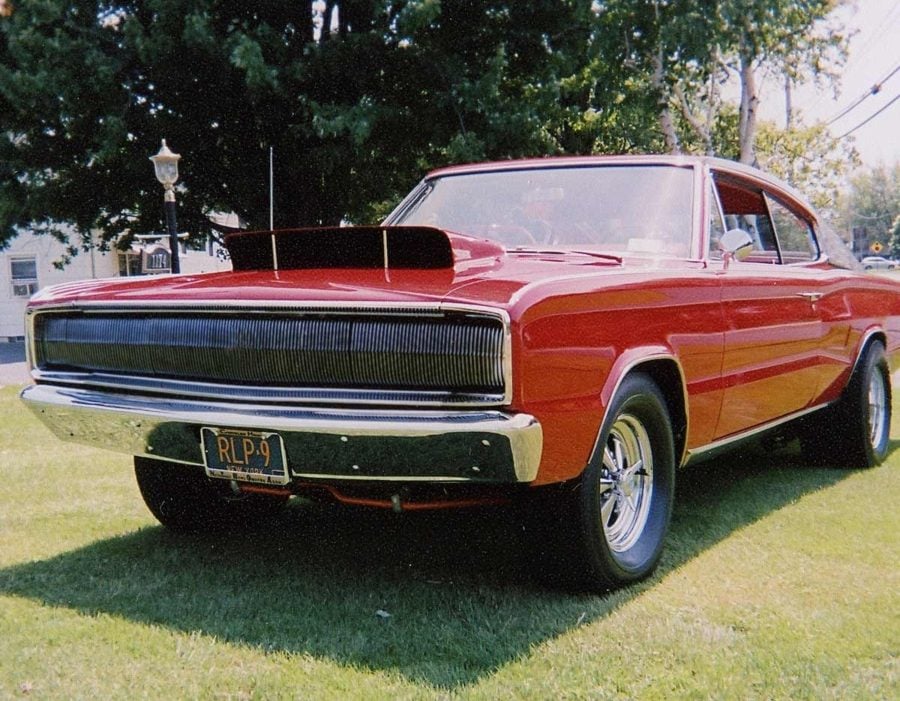
Classic #20: 1966 Dodge Charger
Ron Crandell drove his pristine muscle car right off the dealership lot. In fact, he has driven it fewer than 17,000 miles, keeps it in a climate-controlled garage, and treats it as a museum piece.
The heart of the big fastback is a 425 horsepower-rated engine. That and the four-speed manual transmission make it one of only 250 cars so equipped in the year the car was built, Ron says. The big V-8 is the same engine type that took drivers like Richard Petty and Bobby Allison to victory after victory on the NASCAR circuit in the 1960s.
A co-worker nearly bought the car before Ron had a chance to make a down payment. The two men discussed the fastback during a work break, and when Ron went to the dealership after work, he found it had been taken off the lot. His friend had left his job early with the intention of trading in his new car on the four-speed.
“I took $10 out of my pocket, gave it to the salesman and asked if he could be there the next morning so I could buy the car,” Ron says. The token payment clinched the deal. Still, he says, he couldn’t sleep that night in the hours before he could make the car his own.
The car bears a vintage New York license plate that reads RLP 9, for “Ron’s lovely piece.”
Take a nostalgic look back at the 1931 Chevy Berline.
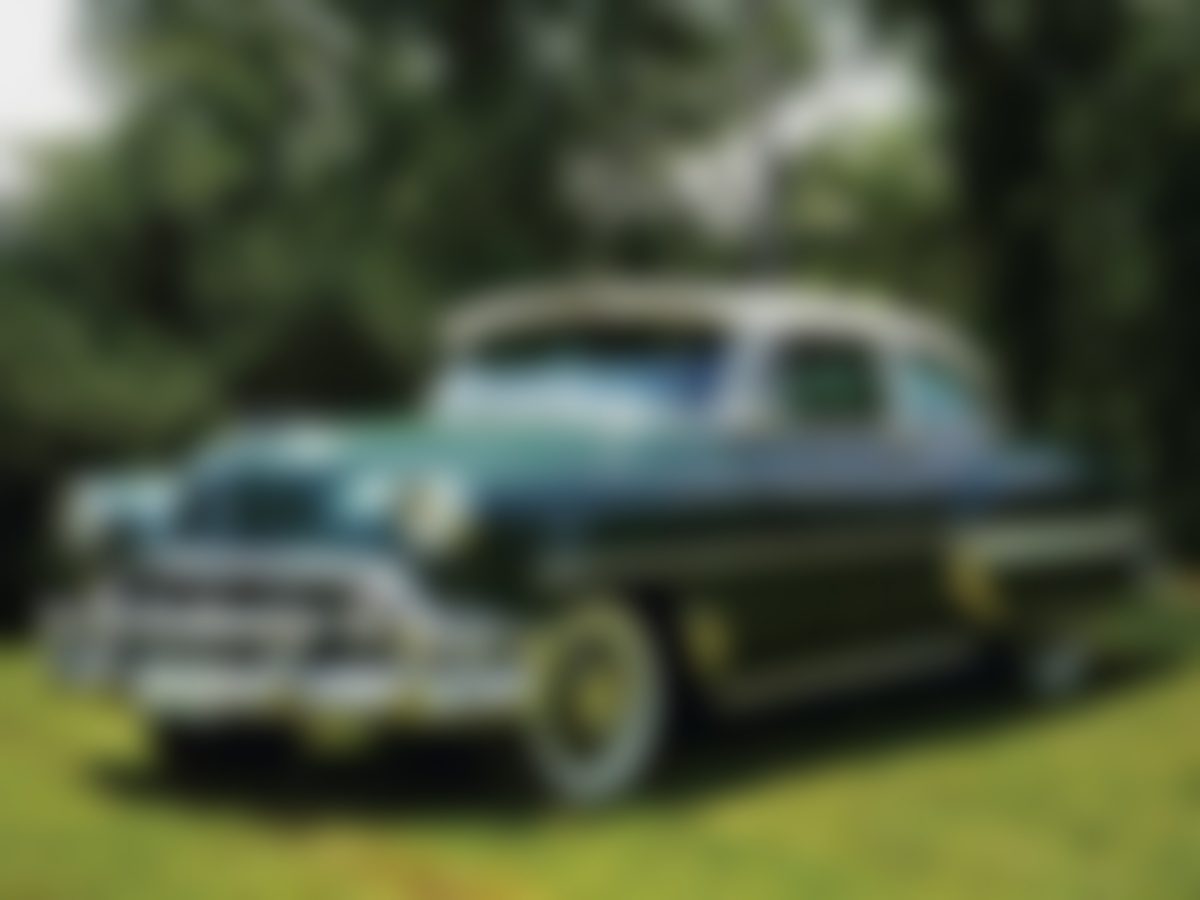
Mystery Classic #21
1. The company that made this car got its name from a race driver who set a world speed record in 1906.
2. Dinah Shore’s popular TV variety show was sponsored by this car’s manufacturer in the 1950s and ’60s.
3. The car’s top-of-the-line status is reflected in the name it shares with an exclusive district in Los Angeles.
4. Power steering was offered for the first time this model year.
5. The company sales brochure for this model year used the slogan “Entirely new through and through.”
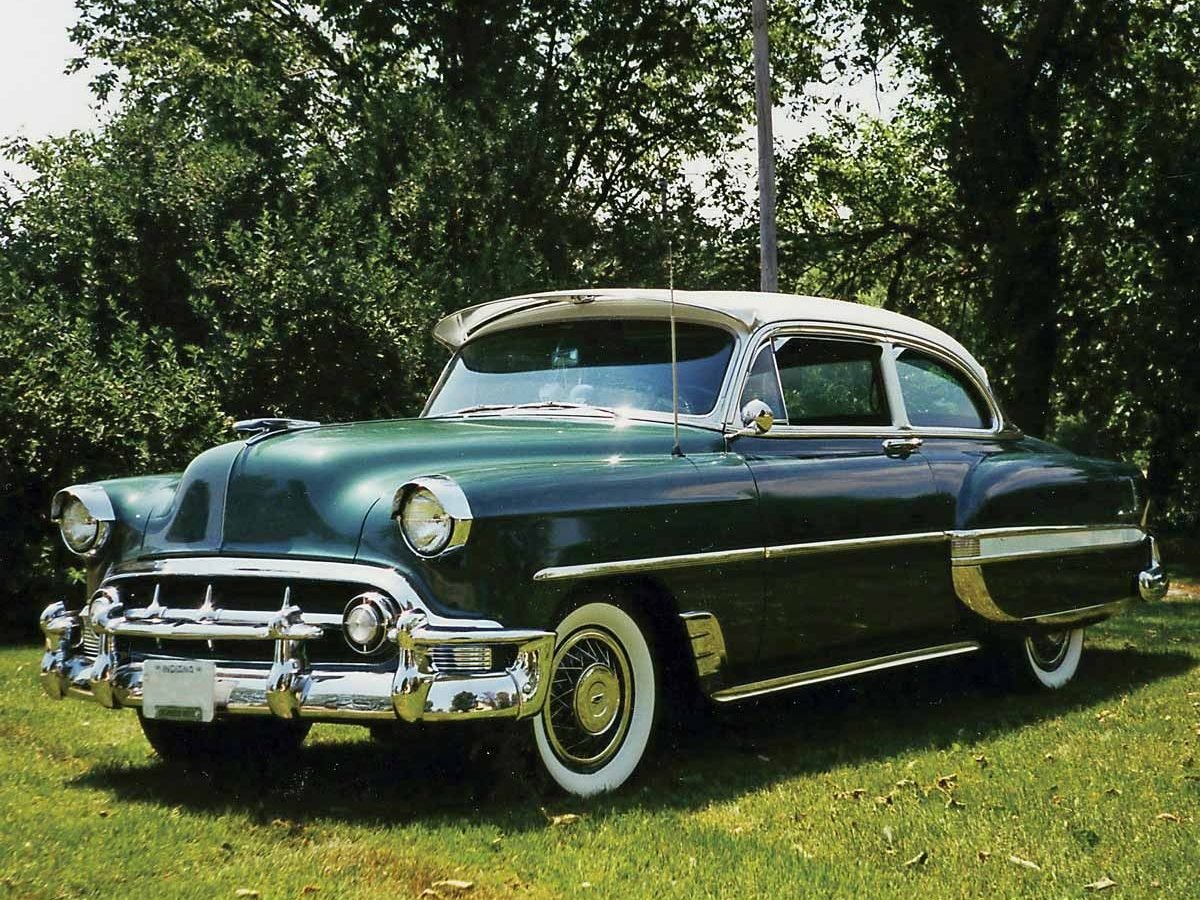
Classic #21: 1953 Chevy Bel Air
When John Purcell was an 18-year-old Marine recruit, something made an impression as lingering as his looming trip to boot camp: a ride in a car.
After he was discharged from the Corps in 1965, other things took priority over automotive dreams. He married in 1967, and he and his wife, Janice, raised three children. The couple started a pest-control business in 1976, which required further sacrifices to support the enterprise.
Finally, in 1991, an ad led him to a faded but solid sedan. “I was expecting a rust bucket,” John says, “but when I saw it, I thought, Wow.” He made a deal, hopped in and drove the old car home.
John says all good things take time, and his restoration work reflects that. He, his family and friends spent two years bringing the car back to showroom condition. Janice, who is also his cruising partner, helped with the stainless steel trim and reassembly.
Don’t miss the story behind this 1935 Maple Leaf.

Mystery Classic #22
1. At the time the brand ended production in 2004, it was the oldest line of cars under continuous manufacture in the United States.
2. The Rocket V8 engine was available with a two-barrel or four-barrel carburetor, producing 230 and 240 horsepower, respectively.
3. The model year was the first to receive General Motors’ Jetaway automatic transmission.
4. The model is the upscale version of the brand’s midsize sedan. Convertible and popular Holiday hardtop lines were also offered.
5. Available factory accessories included power-retractable radio antenna, power seats, dual exhaust, and automatic headlight dimmer.
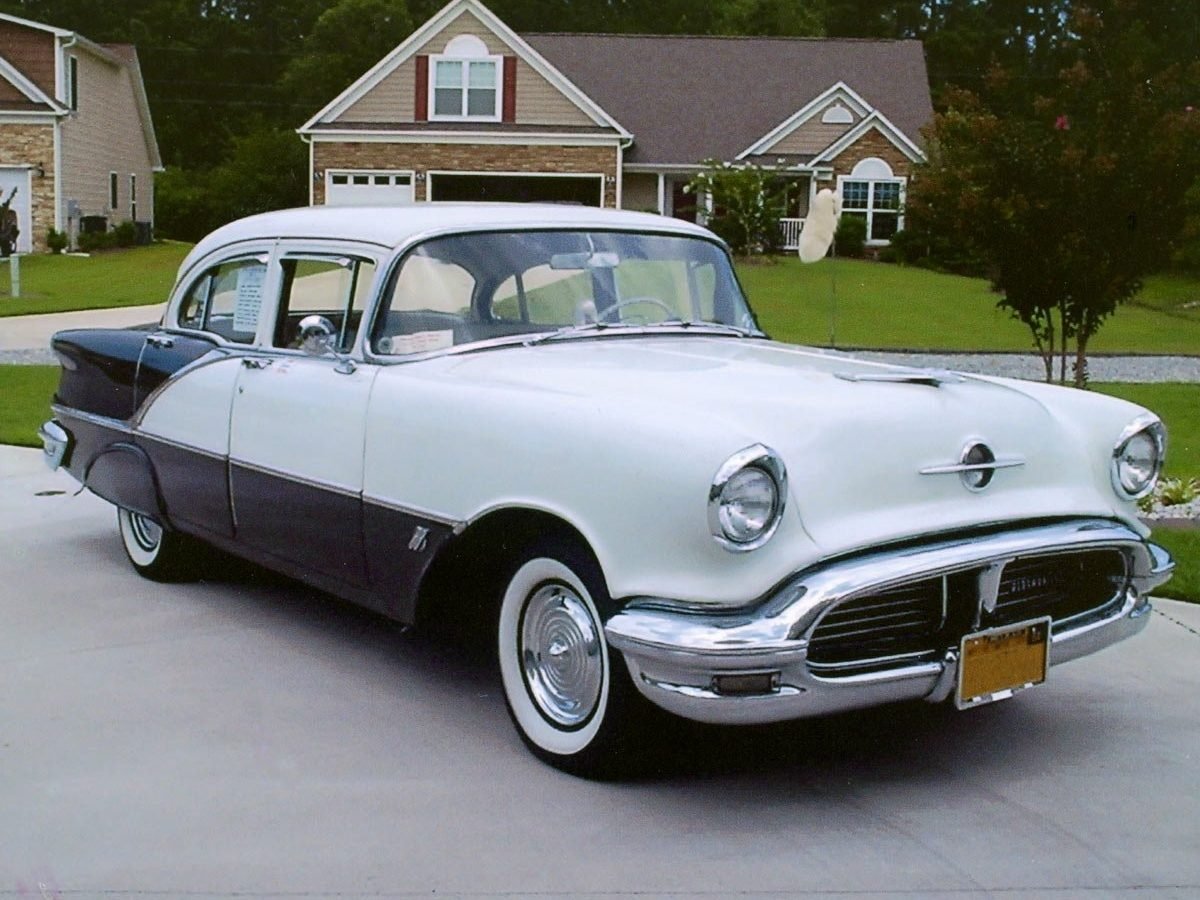
Classic #22: 1956 Oldsmobile Super 88 sedan
In the 1993 motion picture A Bronx Tale, actor Robert De Niro’s supporting cast includes a black-and-white sedan and its real-life owner, Michael Militello.
The De Niro movie is just one of many starring roles the vintage vehicle has had since Michael brought it back to prime condition. He brought numerous statuettes back home to Hampstead, North Carolina, after showing the car in local and national classic-car shows in the ’90s.
The car didn’t always have film-star looks, though, and its performance needed a lot of help. It was someone else’s abandoned project when Michael found it 23 years ago in Staten Island, New York. In fact, the owner offered to throw in enough spare parts to fill a van.
Michael restored the car from stem to stern. He removed a thick layer of gold paint from the two-tone colour scheme, revealing a rust-free body. He did just about everything with his own two hands.
Along the way, he added power steering and a tube-type radio. Some personalized touches include blue-dot taillight lenses, electric curb feelers that set off a buzzer when they contact the pavement, and a white foxtail hanging from the antenna.
Here are the things that will kill your car’s resale value.
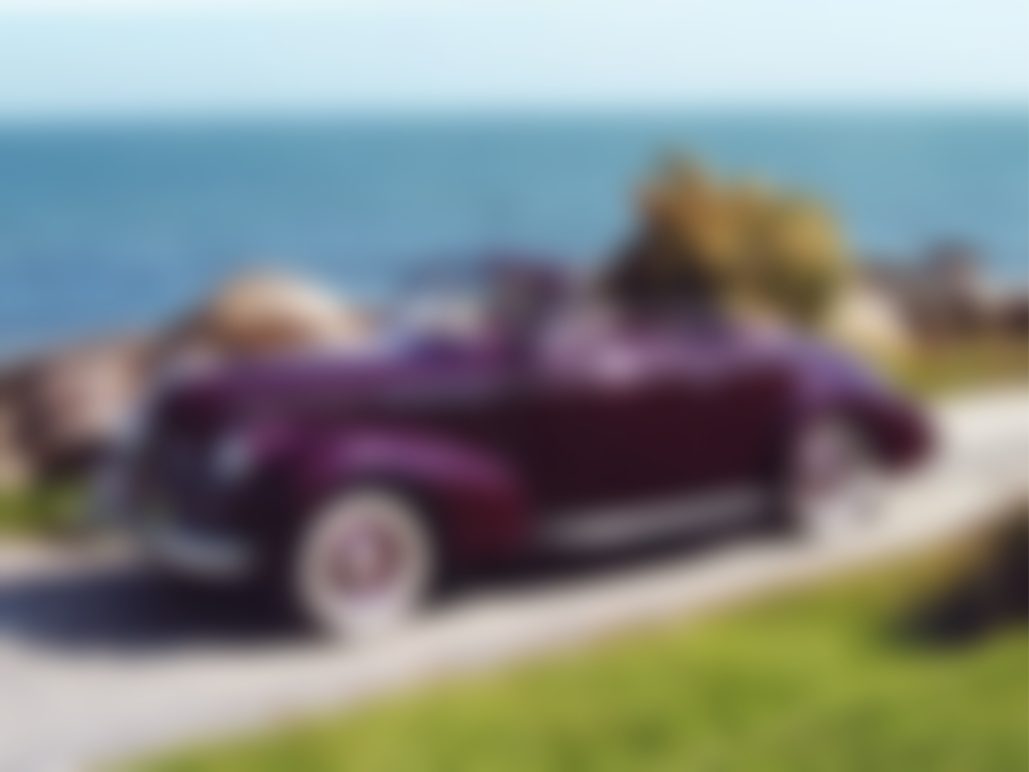
Mystery Classic #23
1. This make was known for the silver streak that ran the length of the hood.
2. The car originated in 1926 as a lower‑cost model offered in tandem with the Oakland.
3. This model was a step up from the Special Six economy line.
4. This was the last model year that cars of this make came with convertible tops that had to be lowered by hand.
5. General Motors ended production of this make in 2010.
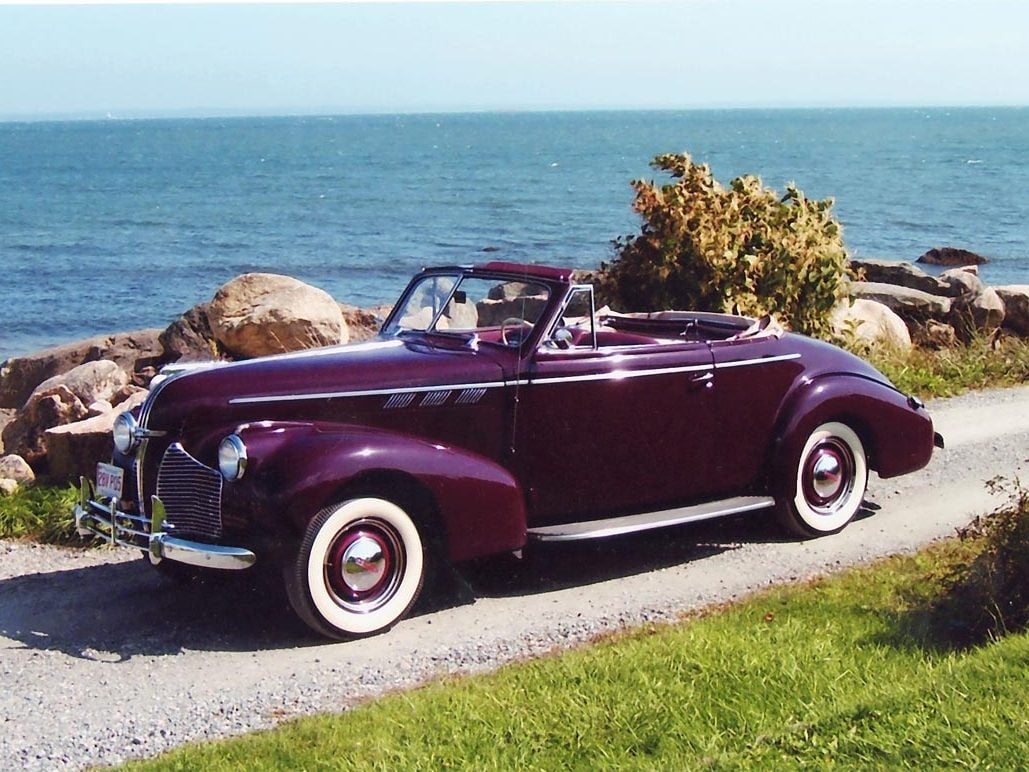
Classic #23: 1940 Pontiac Deluxe Six Cabriolet
In October 1939, my father traded in a troublesome 1936 Packard convertible for a new maroon cabriolet. It was very snazzy indeed, with a red leather interior, a black top, wheel trim rings, a deluxe front bumper, and fender skirts. I arrived the following March and happily recall the car from my earliest days.
Eventually, the maroon paint faded, and the front-seat leather split at the seams. Dents marred the fenders, the white Tenite steering wheel cracked, and the differential whined. Late in 1950, my father traded in the convertible for a maroon station wagon. I saw the convertible again only once, at an intersection one rainy night, and later was sad to hear that it had been badly smashed up.
As years passed, I grew nostalgic for the old convertible and longed to find my own. Eventually, in the fall of 1979, an antique-car dealer on Cape Cod offered one—but it had been totally dismantled. I had no capacity to refurbish the car myself, but luckily I had met a superb restorer in central Massachusetts. He finished the project in 1982.
My car is much like my father’s but with a tan top and whitewalls. Most convertibles of this make had straight-eight engines, but like our original, this has a six, with a three-speed manual transmission. It has the same rare, elegant elliptical rear window as my father’s car. On the road, it inevitably evokes happy horn toots and enthusiastic thumbs-ups. Unlike its owner, it looks terrific at 75 years old! —Christopher Morss
Read the heartwarming story behind this 1930 Cadillac sedan.
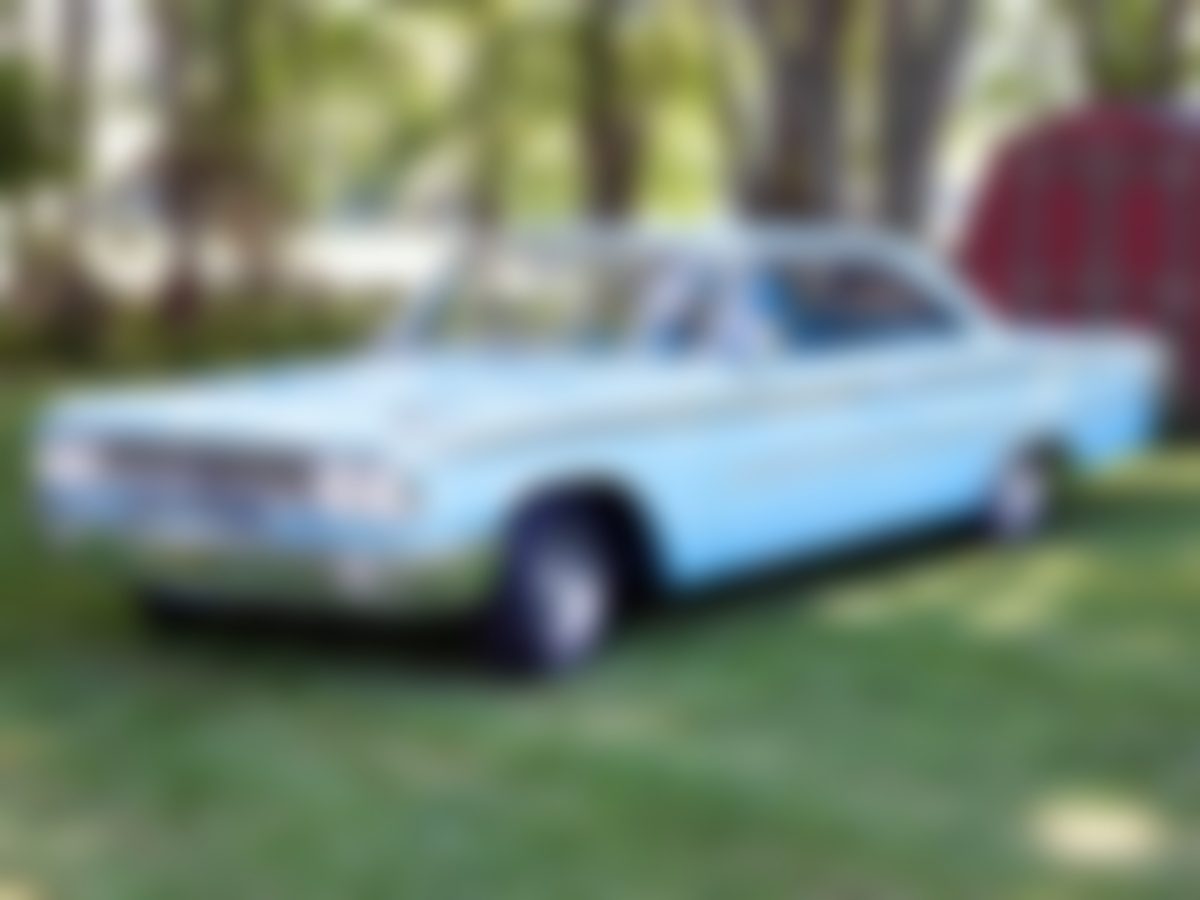
Mystery Classic #24
1. The car’s manufacturer has its corporate headquarters in Dearborn, Michigan.
2. The model name is a stylized version of a term for a vast assembly of stars.
3. The manufacturer added a “1/2” to the model year of its revamped midyear lineup and unveiled the changes in the European principality of Monaco.
4. This car has the fastback “sports hardtop” roof that was added in the middle of the model year.
5. The manufacturer introduced its iconic Mustang a year later, also as a midyear model.
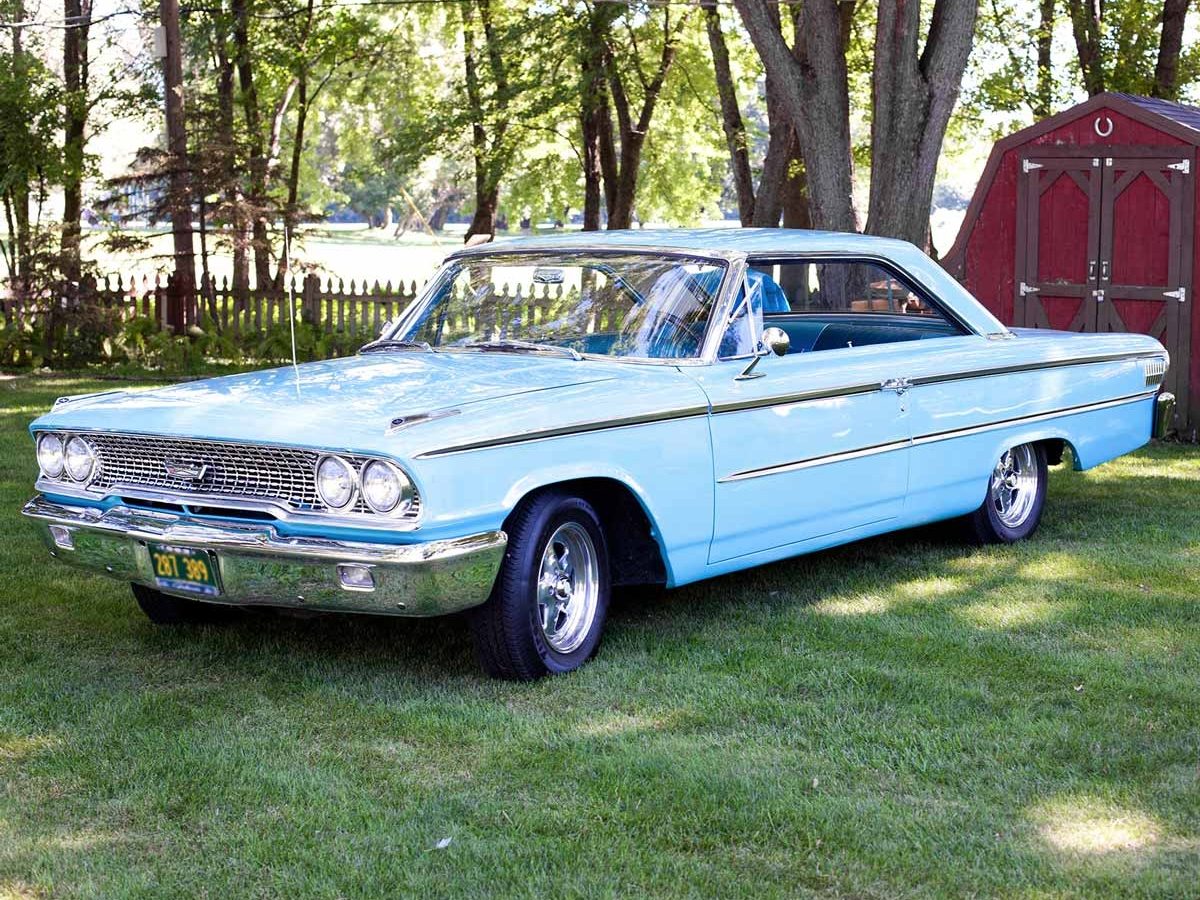
Classic #24: Ford Galaxie 500
When I turned 20, I bought my first new car. I ordered it from a dealer in McHenry, Illinois, using money I’d earned working at my family’s gas station, and I picked it up the day before Thanksgiving. I thought I would keep that car forever.
But I had another love: Sandy. We’d met at a local roller rink when we were high school students. After dating on and off for six years, we got married in October 1964.
As the years passed, our family outgrew the place we were renting. In 1971, we bought a three-bedroom ranch, where we still live today. Meanwhile, my beloved old car was becoming expensive to keep up. We finally sold it in 1975.
Our two daughters grew up and got married, and I retired in 1995. I thought it would be fun to have a car like my first. I spotted one on eBay that was at a car lot in Beecher, Illinois, and had had only one previous owner. After a tune‑up, a new carburetor, engine and transmission overhauls, new paint, and more, we got it looking like it does today. —Jim Thompson
Check out this incredible 1967 Mustang Coupe restoration.
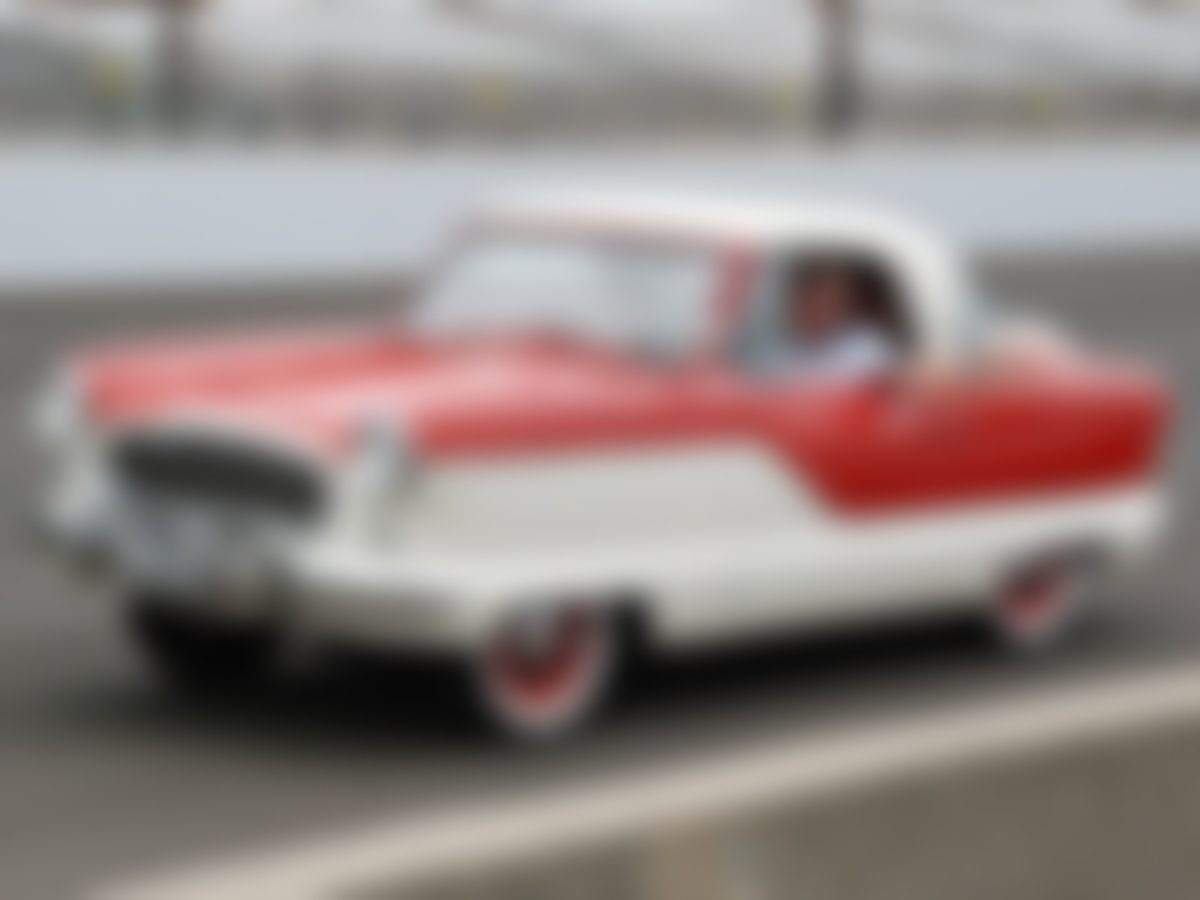
Mystery Classic #25
1. Advertising for the model was aimed directly at women.
2. This car was prominent in the 2004 animated feature film The Incredibles.
3. Notable owners have included Paul Newman, Princess Margaret, Elvis Presley, and Steve Jobs.
4. This car was built during the model’s final year of production.
5. While this car was conceived by an American car company to be sold in the United States and Canada, it was built in the United Kingdom with British components.
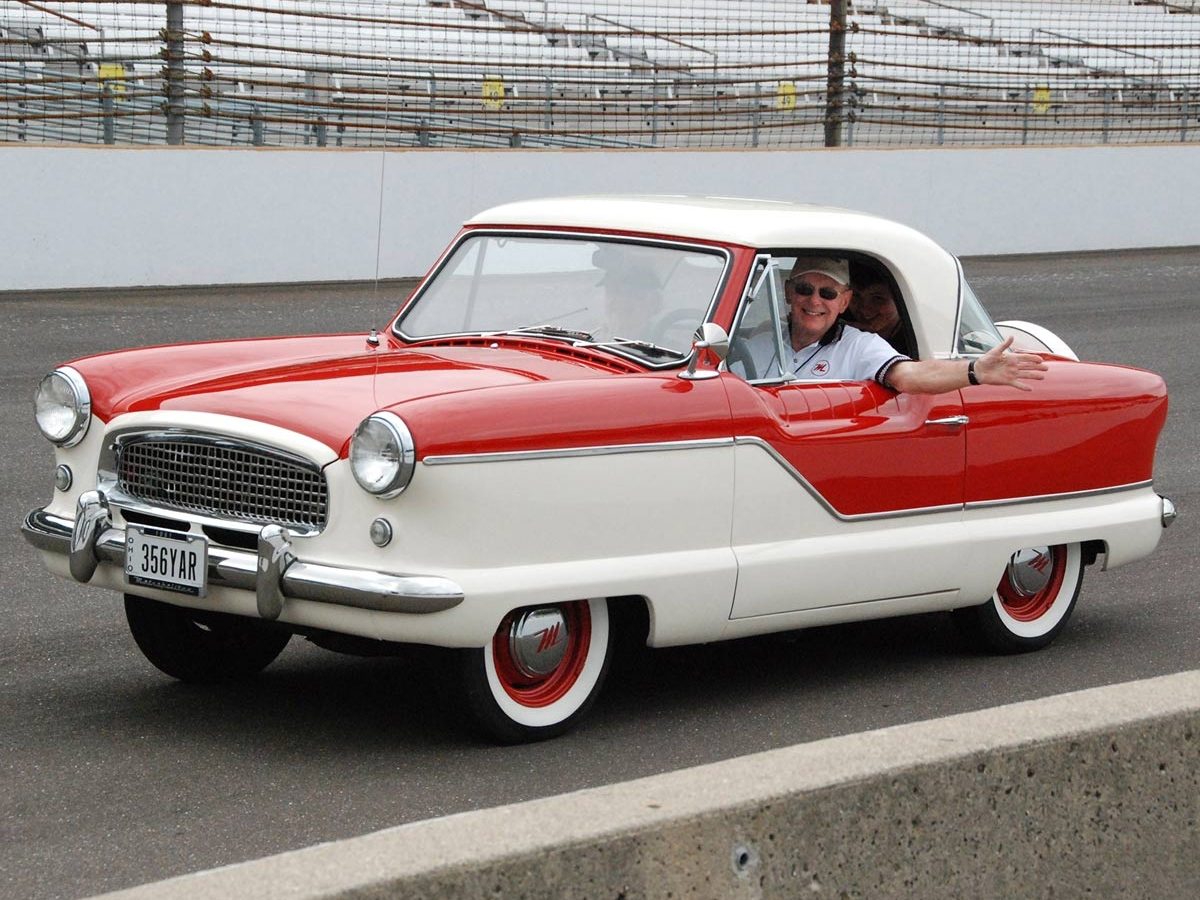
Classic #25: 1961 Nash Metropolitan
In the late ’30s and early ’40s, my dad operated a junkyard where the metal from cars was recycled for the war effort. As an adult, I saw cars from that period mostly in shows, but because so many were Fords or Chevrolets, I knew I wanted something different. Luckily, in January 2009, I found this classic car on eBay and had it shipped to Ohio.
Following a two-month restoration, the vehicle was immediately successful in car shows. In 2011, I got an exclusive invitation to bring it to the 100th anniversary of the Indianapolis 500. A big perk was the opportunity to drive my car at the Brickyard: My wife and I took two laps around the 2-1/2-mile motor speedway, reaching 55 mph behind a pace car! —Charles Barngrover
A lot of love went into this painstaking 1967 Camaro restoration.
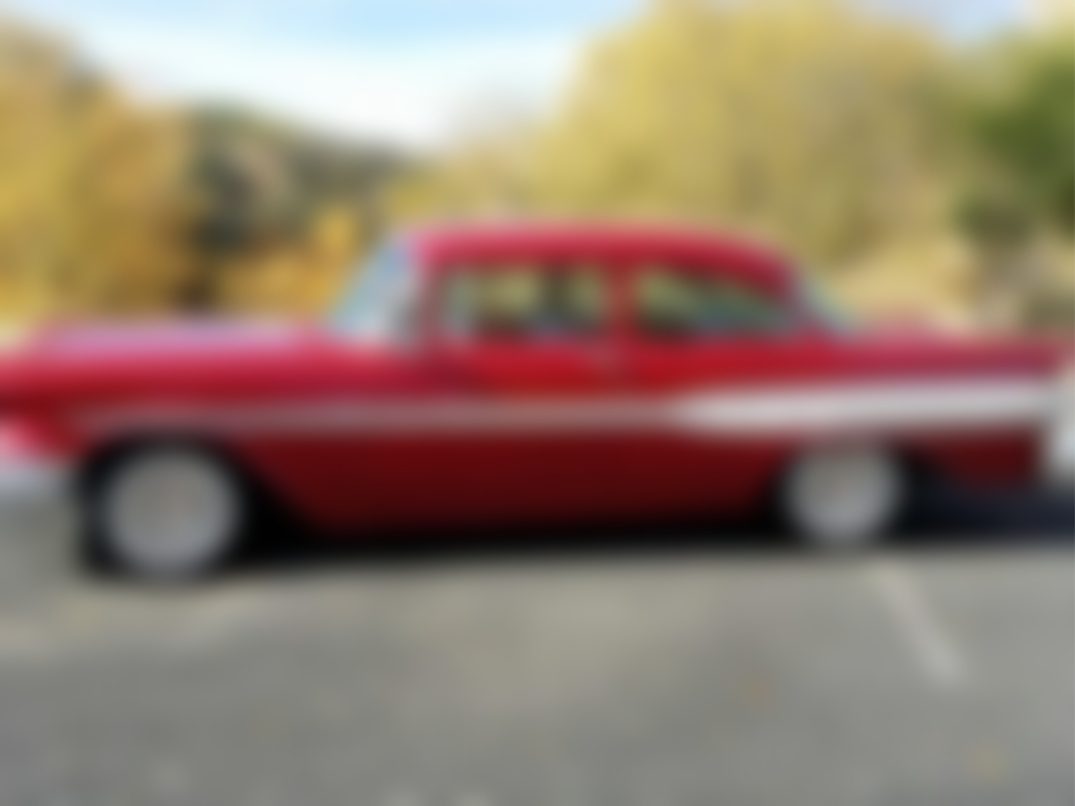
Mystery Classic #26
1. The car has a 347‑cubic‑inch engine with 252 horsepower.
2. The brand won the NASCAR Grand National Championship Race against all cars this model year and set a new track record in flying-mile and acceleration runs.
3. Its model name is of Native American heritage.
4. The twin silver streaks on the hoods of former years’ models disappeared this year.
5. The company produced 21,343 of this two‑door model.
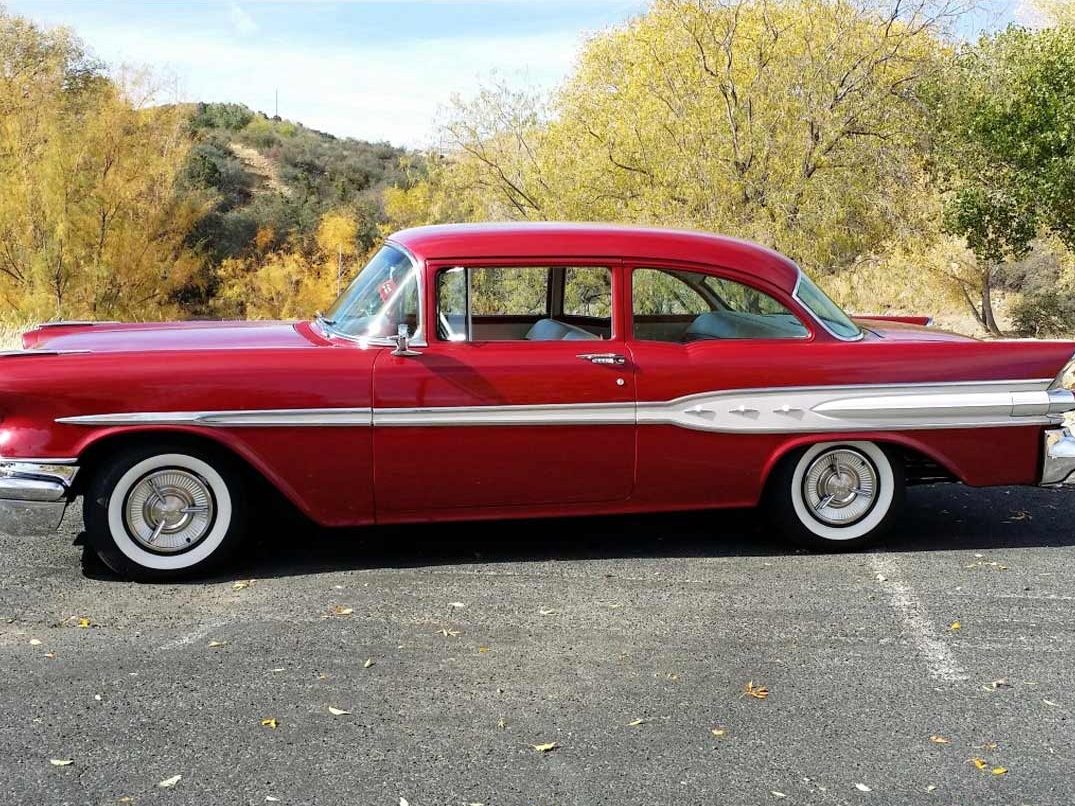
Classic #26: 1957 Pontiac Chieftain
Last year I started looking to buy a hot rod or classic car. It was fortunate that I’d told some friends what I was in the market for, as one of them saw this car at a local tire store with a For Sale sign on it. When I went to see it, I could not believe that it had been right here in Prescott Valley.
This beauty had had a frame-off restoration in Huntington Beach, California, and was featured in an article in the May ’97 issue of Classic Auto Restorer. When I bought the car, it had just under 5,000 miles on it since being restored.
Fellow classic car owners have remarked that the car looks better now than when it came from the factory. When I take it out, it never fails to draw favorable comments and thumbs-ups.
It turned out the seller and I had some‑ thing in common: We were both Morse code interceptors in the former U.S. Army Security Agency, stationed at the same small post, Rothwesten, outside Kassel, Germany, about a year apart. This model was the first car the seller ever owned, and it was my favorite early car. It is, indeed, a small world! —John Broughton
These are the best James Bond cars—ranked!
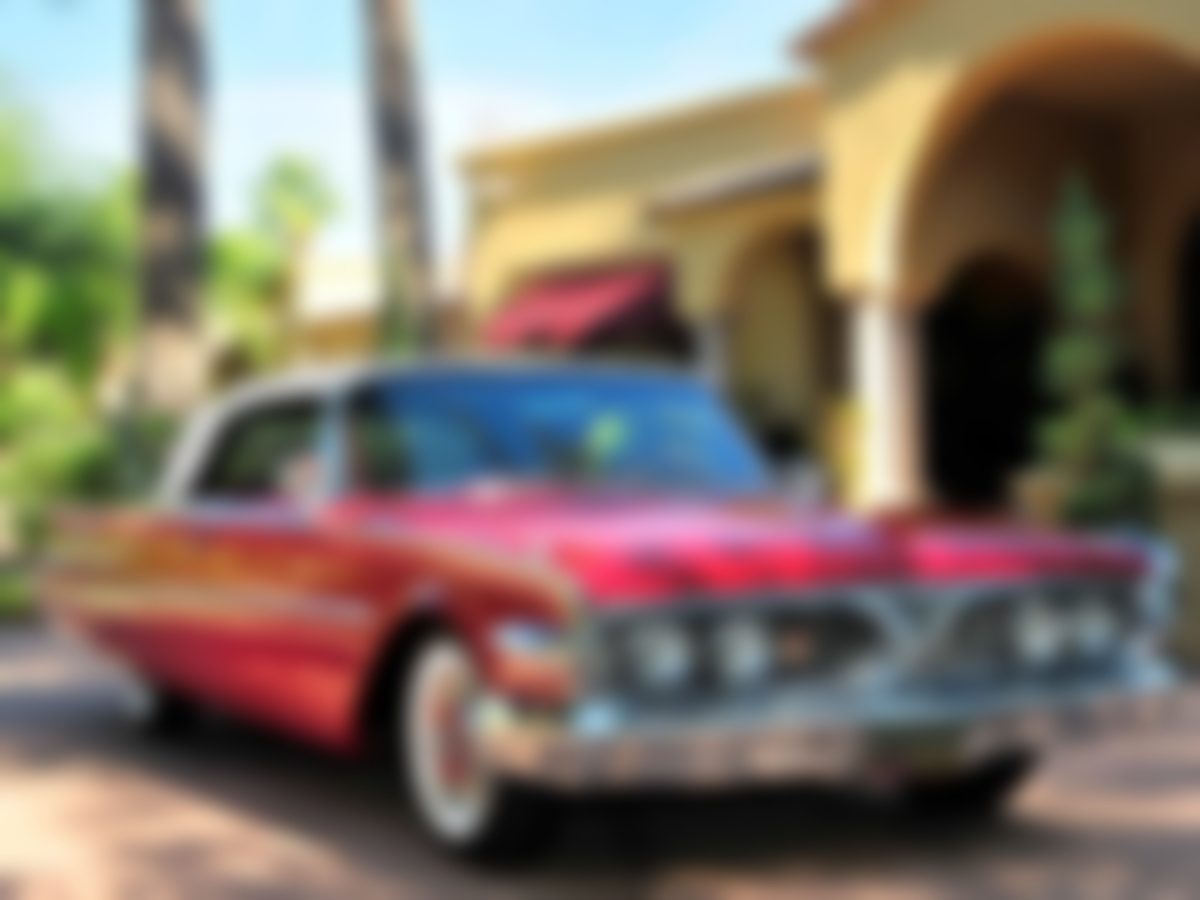
Mystery Classic #27
1. A popular wisecrack made about the car was that it looked like “an Oldsmobile sucking a lemon.”
2. The line had a signature horse-collar grille that was dropped before this model.
3. The manufacturer built just 2,846 vehicles total and 76 convertibles in the final year of production.
4. For this particular model year, the cars rolled off the assembly line for only two months.
5. The car was advertised as “New – Nifty – Thrifty.”
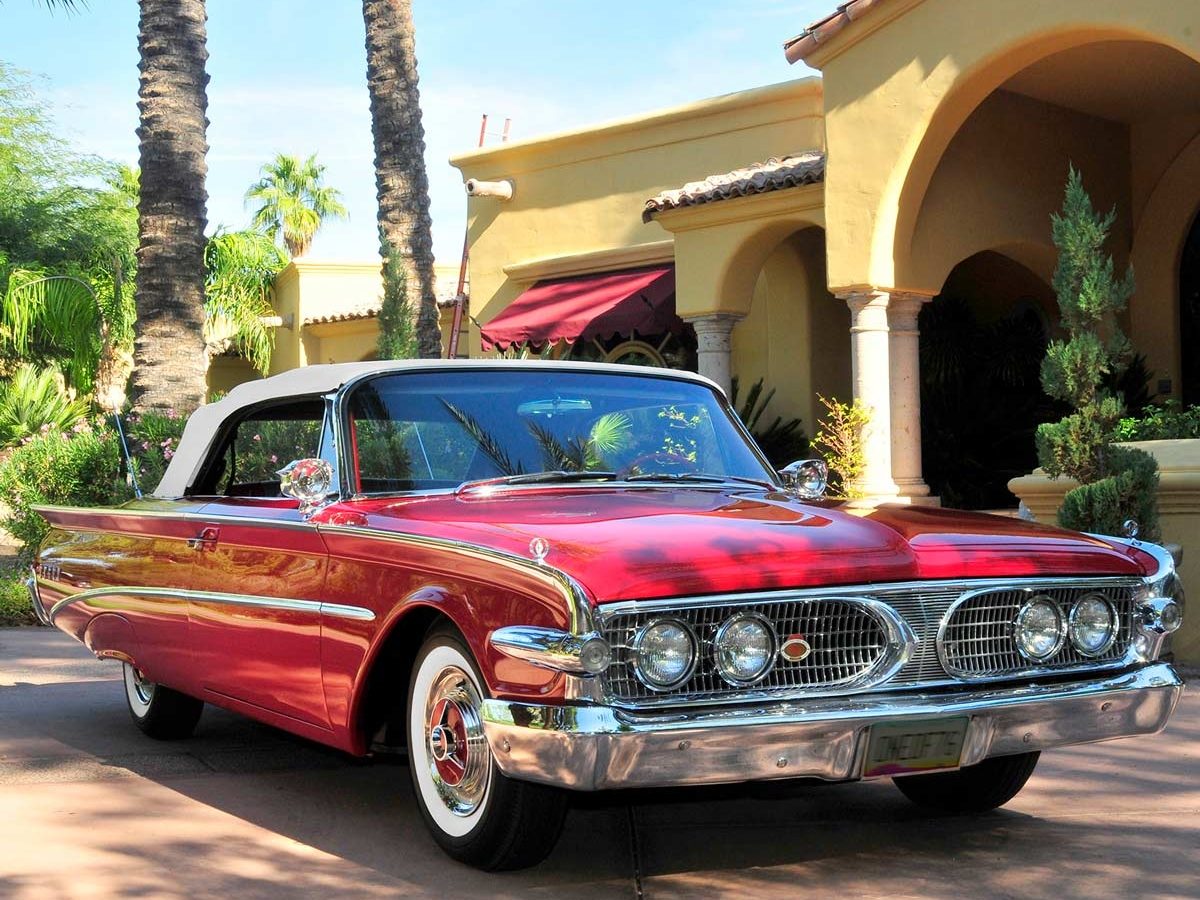
Classic #27: 1960 Edsel Ranger convertible
I had an early passion for cars. At just nine years old, I hung out around a garage and body shop as often as I could. They would chase me out, but I’d always return. Finally, they put me to work sweeping and putting tools away. Eventually, they let me learn the trade by pulling parts off cars and putting them back on.
When Uncle Sam called on me in 1956, my car collection consisted of a ’48 Buick convertible, a ’53 Buick sedan, a ’32 Ford pickup, and a Harley Davidson motorcycle. I sold all but the pickup. In 1958, while I was still in the Army at Fort Knox, Kentucky, a new convertible caught my eye. Because I was recently married and just leaving the Army, buying it was out of the question—too expensive.
In time, I finally got my dream car. Although this one (pictured) gets pampered by being trailered to the many shows it attends, I also own a ’58 model that I have driven cross-country numerous times. It is so fun to watch people’s expressions when they see it pull up. Cruising the roads of yesteryear in a car like this makes for memories that last. —Robert Ray
This is what happens to all of the cars that never get sold.
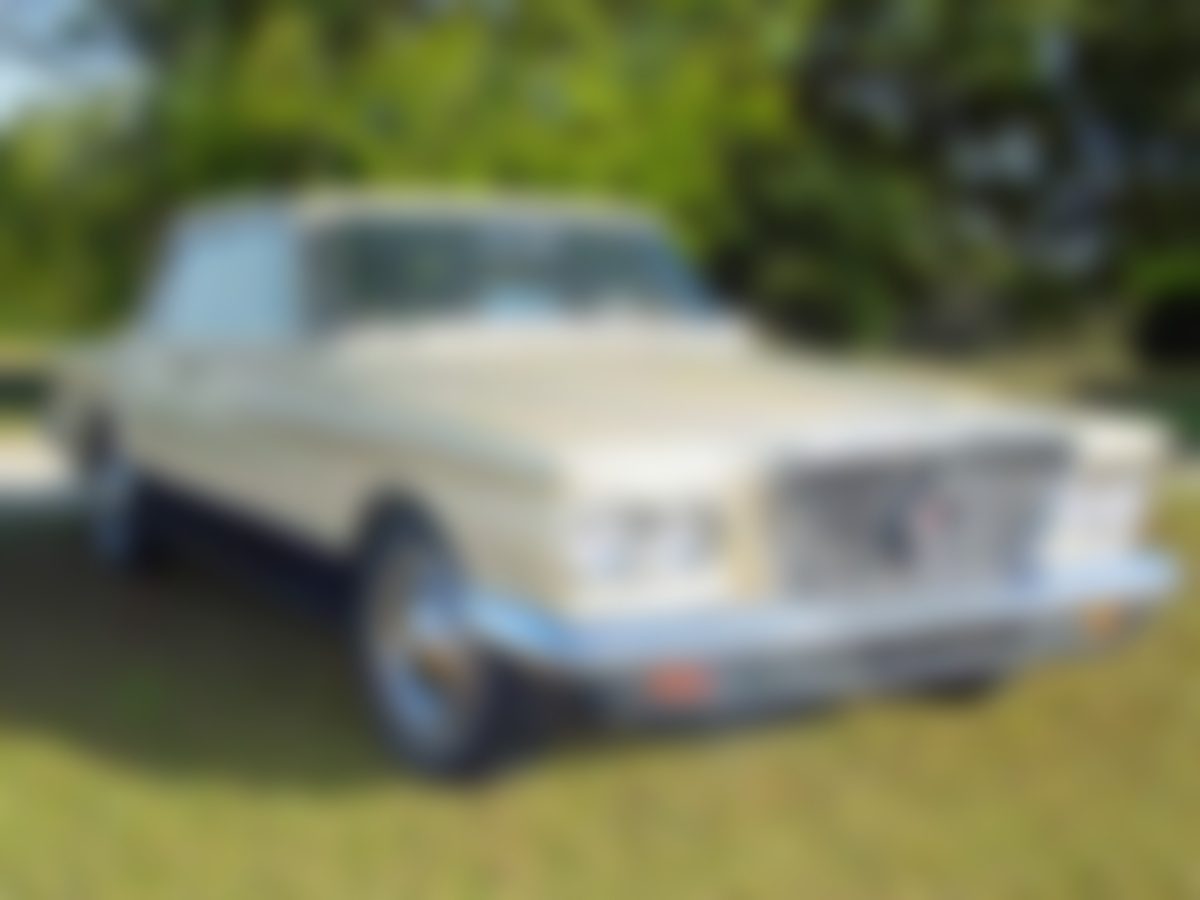
Mystery Classic #28
1. The manufacturer launched this make in 1928 as a competitor in the low-cost automotive market.
2. Its logo featured a silhouette of the Pilgrim ship the Mayflower.
3. Renowned designer Virgil Exner created this make, originally known only by its model name.
4. The model underwent an extensive redesign the year after this car was built.
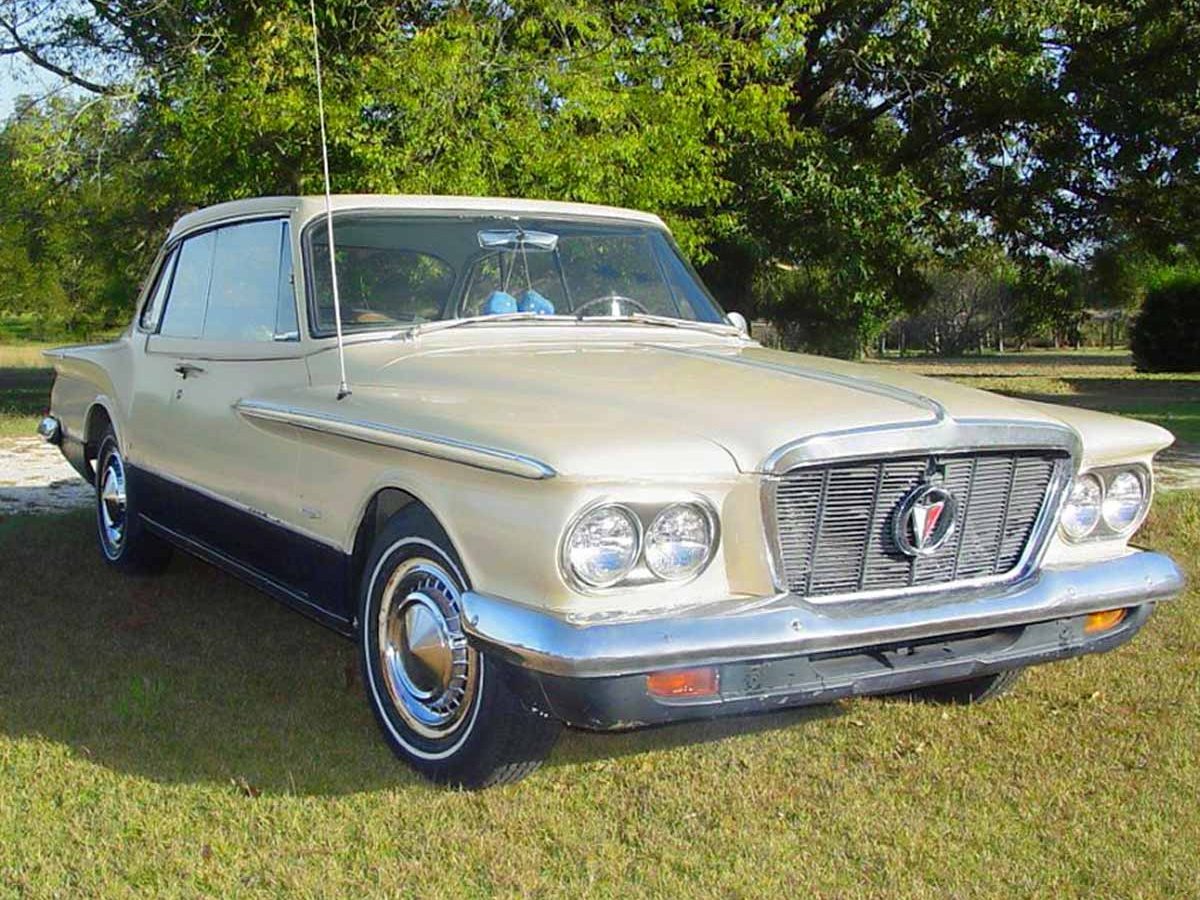
Classic #28: 1962 Plymouth Valiant V-200
While working for the Southern Railway about 20 years ago, I spotted this car in a back lot as I rode past on a freight train. I contacted the owner and learned that it had belonged to his father, who had recently died. The son said he didn’t have time for it. The car had logged only 42,000 miles when I got it and was cared for so well that I haven’t had to do anything to it since.
My wife, Bettie, and I have driven it in our community’s Fourth of July parade and even use it to tow a teardrop trailer in Montgomery, Alabama’s Christmas parade. The car was also used in the filming of the 2003 movie Big Fish, and we got to meet director Tim Burton.
The car’s manufacturer had done away with tail fins on most of its cars, but this model was an exception. The fins’ turned-down design earned them the nickname “chicken wings” from their competitors. The transmission is a push-button, three-speed automatic with controls on the dash. I have offered the key to anyone who can name the car’s year and make. In the past 20 years, I’ve handed the key out only twice. —Charles Brackner
Read the incredible story of how, after 40 years, this man was reunited with his 1968 Camaro.
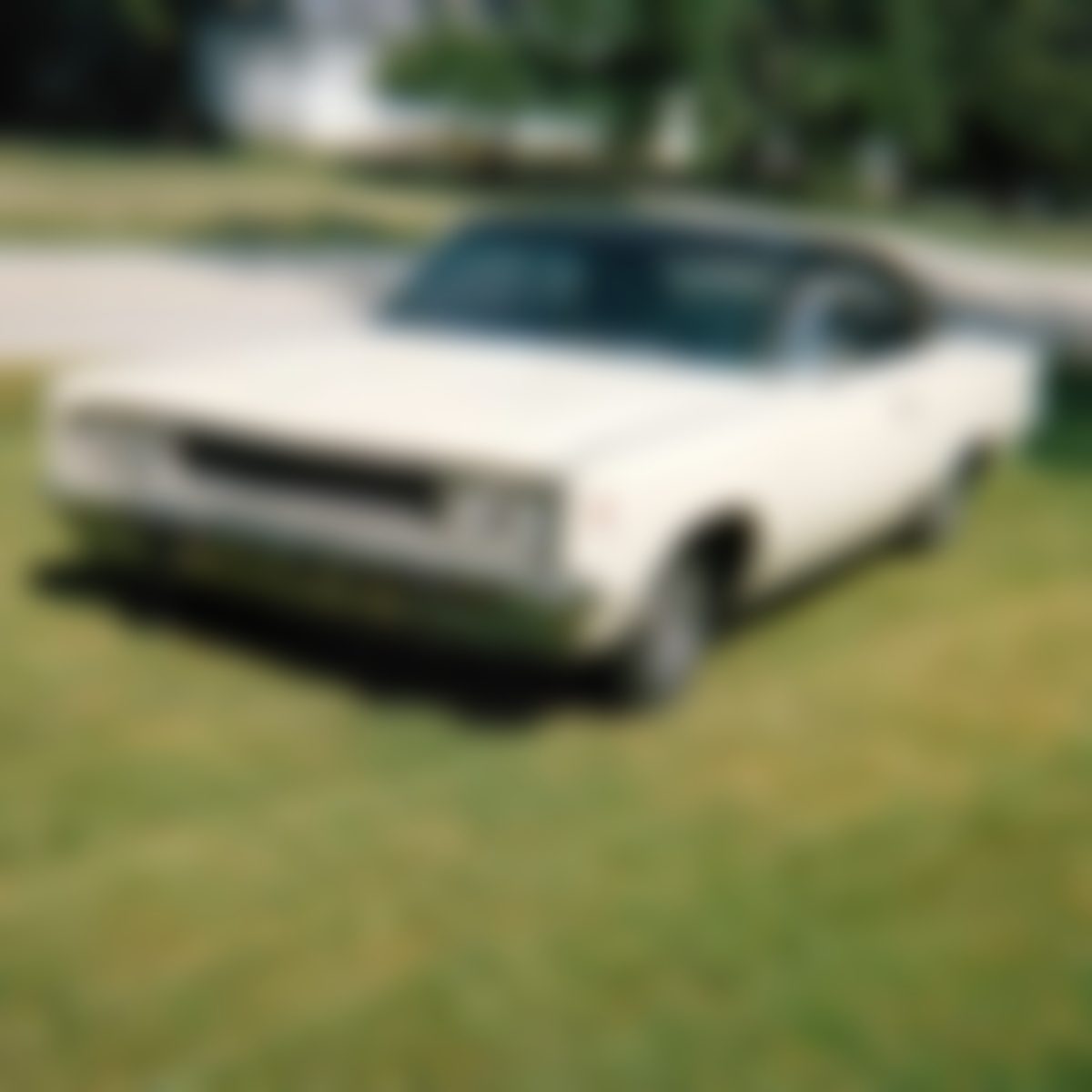
Mystery Classic #29
1. The manufacturer was formed by the merger of Nash-Kelvinator and Hudson Motors in 1954.
2. This model replaced the maker’s midsize Classic and was replaced in turn by the Matador.
3. Trim lines included the 550 and 770 as well as this full-featured version.
4. The manufacturer introduced its high-performance AMX model in the year this car was built.
5. Chrysler Corp. bought the manufacturer of this car in 1987.
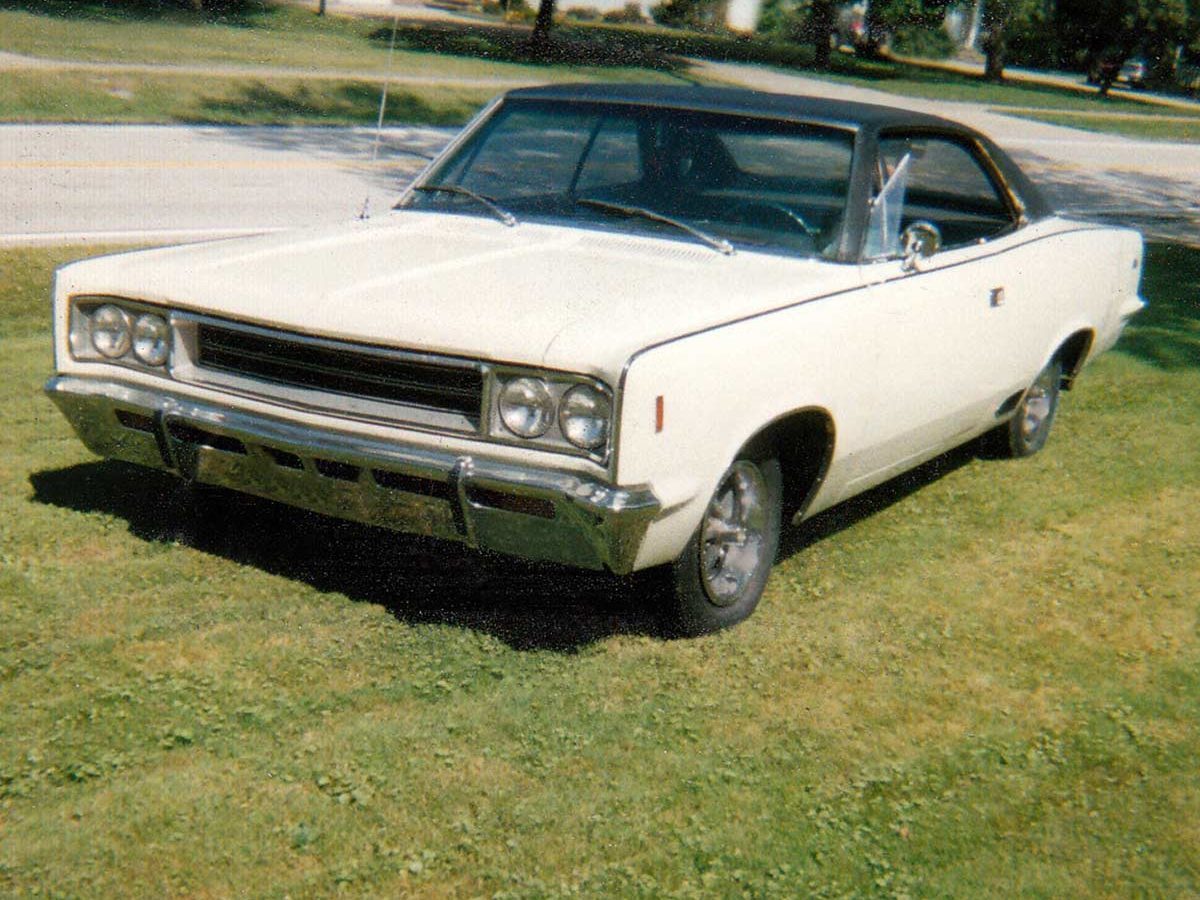
Classic #29: 1968 AMC Rebel SST
Searching for a good deal on a 1968 demonstrator model, my father took me with him to a local car lot during the summer of 1969. As I wandered off to gaze longingly at a cool two-seater on the showroom floor, Dad bought a very sensible four-door sedan.
Fast-forward nearly a decade. I finally purchased the two-seater I had coveted years earlier. My oldest daughter bought a similar car and stored it in a neighbor’s garage. A crew of roofers was working on the house next door, and her car caught the foreman’s eye. He mentioned that he had a vintage car by the same maker to sell.
When my daughter told me about it, I was hoping the car would be a dog, too far away to view or already sold, as my garage was overflowing with half a dozen cars. But I rang up the roofer and made an appointment to see it.
It turned out to be the same model my dad had bought at the dealer in 1969, though this was the two-door version. It boasted top-of-the-line trim, a spotless interior, a V-8 engine and only 35,000 miles on the odometer. Of course I bought it.
With new paint and some minor restoration work, the sporty hardtop isn’t exactly what Dad had in mind when he took me shopping for a family car back in 1969. But it still brings me full circle to that day so long ago. —Dale Veverka
This impressive Model A Ford restoration took 40 years to complete!
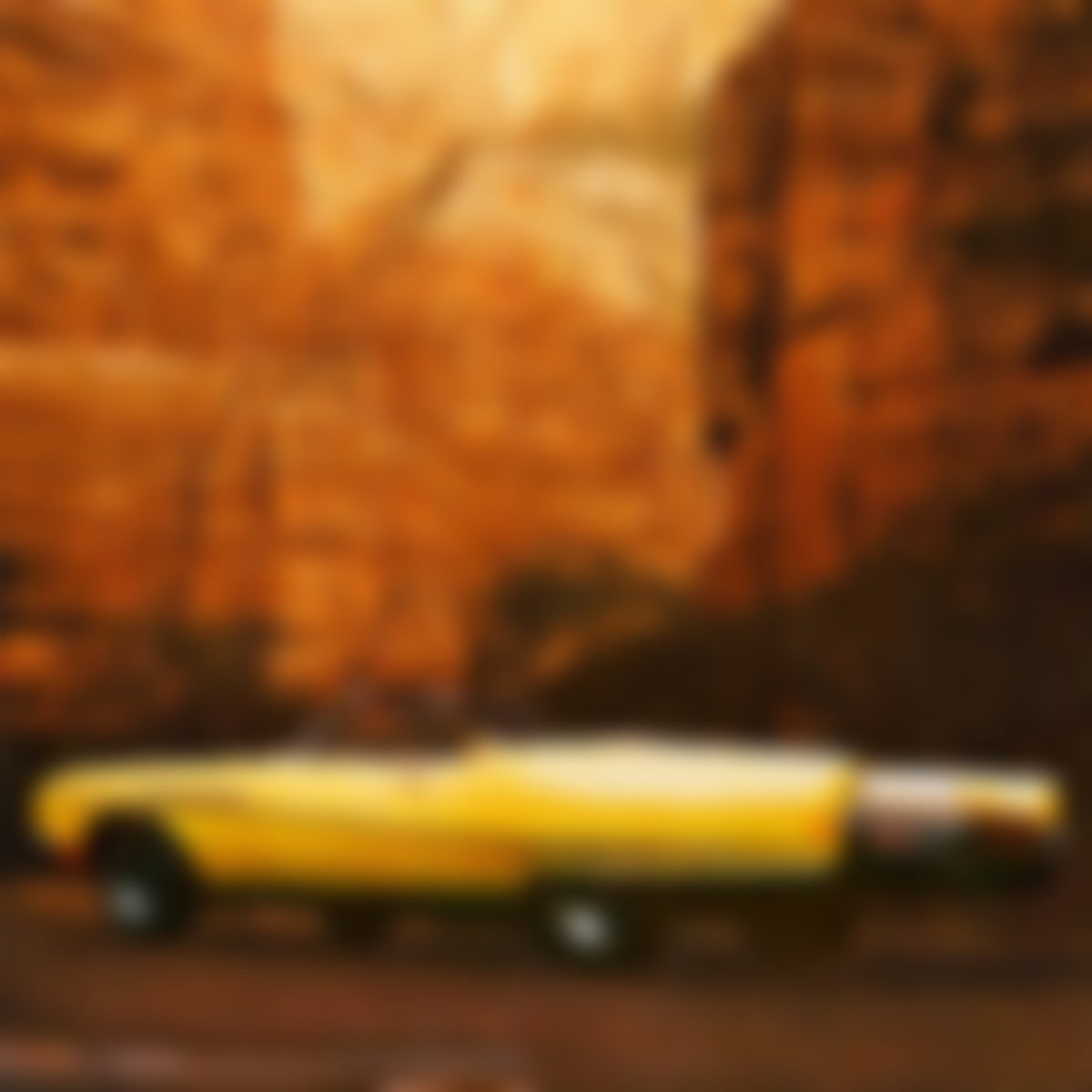
Mystery Classic #30
1. The builder of this car traces the start of its business back to 1903 in Flint, Michigan.
2. The car shares its model name with one of three daughters of the mythological Greek king Agamemnon.
3. A numerical designation in the car’s model name refers to its length in inches.
4. During the convertible’s model year, Subaru began importing cars into the United States.
5. Today, the brand enjoys its greatest popularity in China.
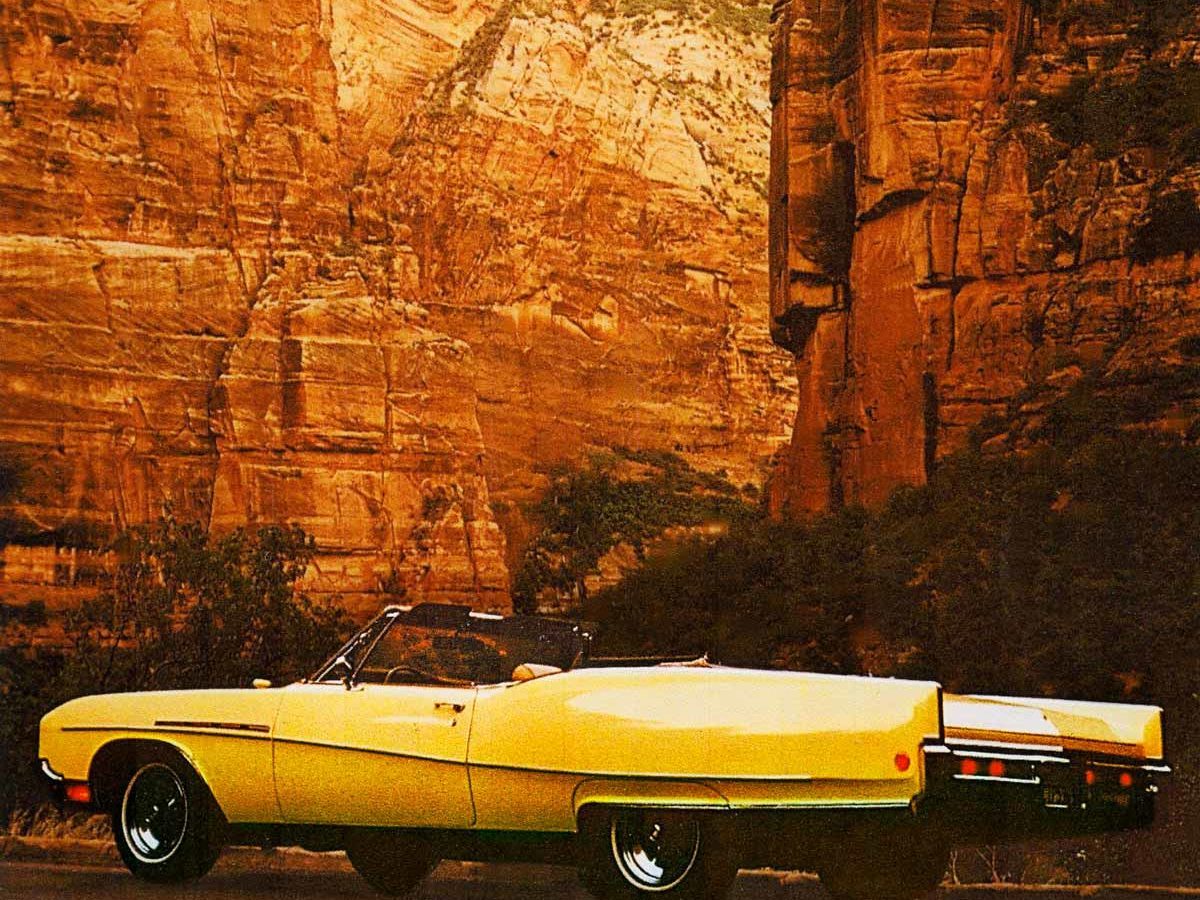
Classic #30: 1968 Buick Electra 225
Our 50th wedding anniversary was drawing near in 1997. So I’d appear to be a kind, generous, loving husband, my amateur restoration of this rust-free convertible was to be my gift to my wife.
And why not? Amateur is from the Latin word for lover.
Ann helped find parts for this luxury car, which had left the factory without many accessories. She chose a factory-original colour, Cameo Cream, for her golden anniversary gift.
At 4,356 pounds and with a 430-cubic-inch, 360-horsepower engine, the car was one of 7,976 convertibles produced during that model year. We bought it from the son of the original owner.
We’ve met lots of interesting people and had lots of fun along the way. On May 24, 2015, Ann, the car and I were on the poster commemorating the 50th annual Fallbrook Vintage Car Club Show in California.
Four days later, we celebrated our 68th wedding anniversary. —Wayne Yonce
Take a look back at the Volkswagen Beetle’s most memorable pop culture moments.
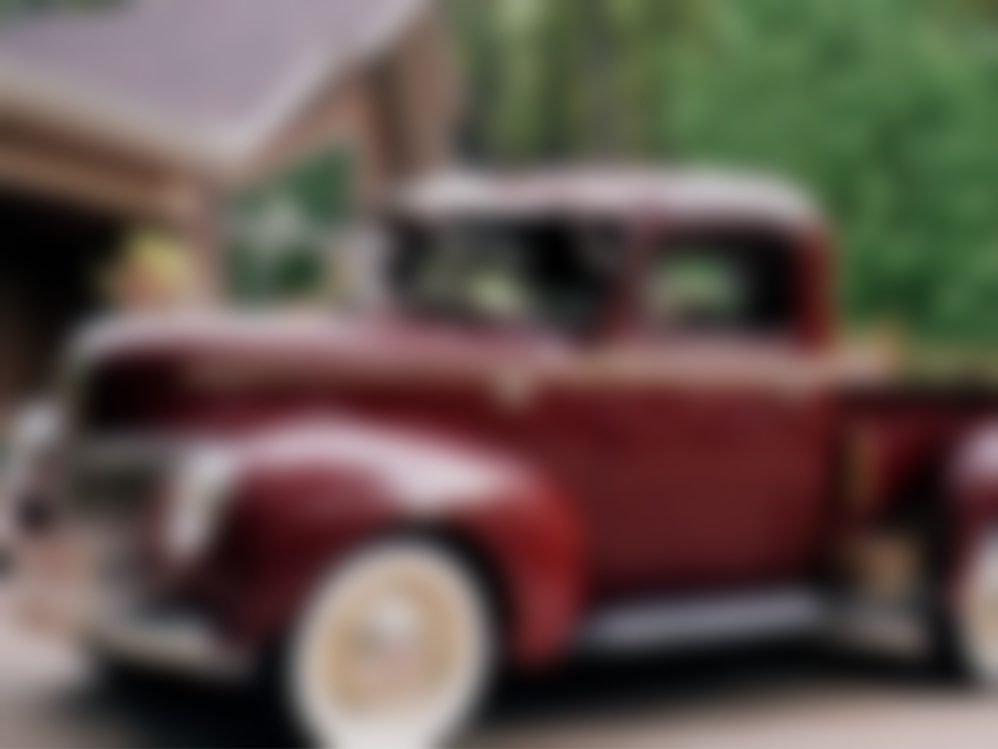
Mystery Classic #31
1. The manufacturer used this truck’s four-cylinder engine design in its line of farm tractors.
2. In this model year, the company reintroduced the six-cylinder engine—its first since 1908.
3. The front sheet metal of this truck model is unusual in that it mirrors the styling of the manufacturer’s passenger cars.
4. The prior model year saw the introduction of sealed-beam headlights across the country.
5. The following model year, the manufacturer quickly suspended civilian market production in order to focus on military vehicles.
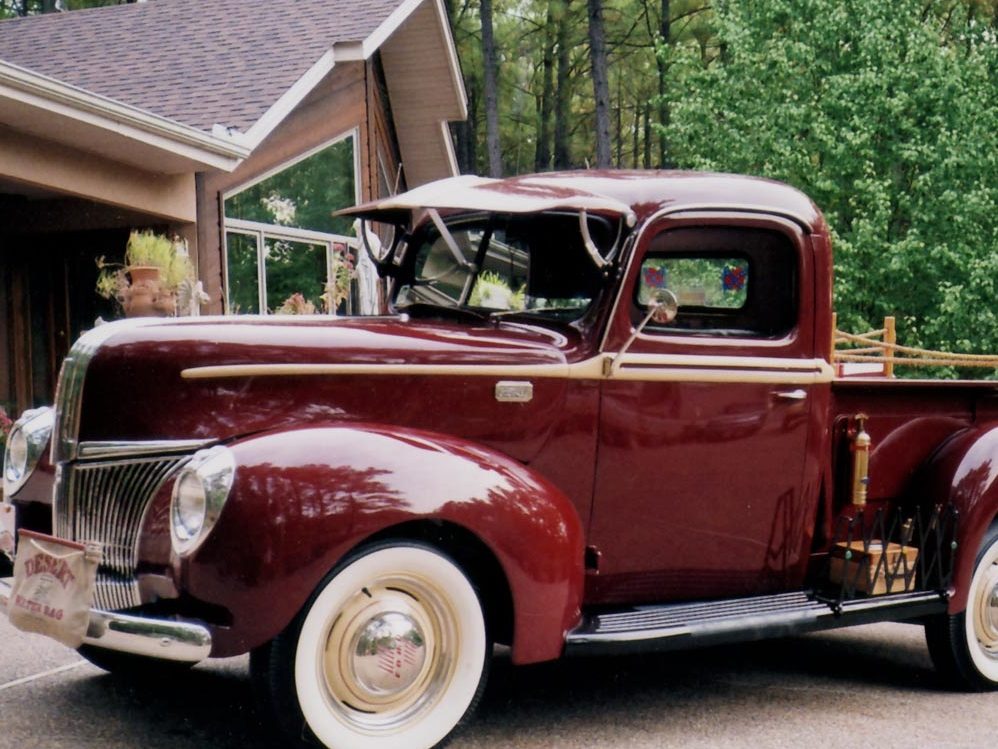
Classic #31: 1941 Ford half-ton pickup truck
Allow me to introduce you to Dorla Jean, a sweetheart blessed with beauty and character. Her inspiration goes back nearly 60 years, to a high school gymnasium in Milwaukee.
Back then, I had a 1935 Plymouth coupe and attended West Division High School. On Saturday nights, we had Highland fling dances with a live band. What fun that was!
The Priebe sisters—Dorla Jean, Murylene, and Donna—were the best dancers there, and we danced up a storm. But when the dance ended, the issue arose of fitting everyone into the coupe. I decided I really needed a truck. In 2003, I finally got that truck.
I named it after Dorla Jean, one of the prettiest girls at West Division. The sisters and I stayed in touch for years, and Murylene even helped locate a locking ignition switch to replace the truck’s original part.
None of the Priebe sisters ever got to be passengers in the pickup, but the love of my life today—my wife, Jacquie—shares the ride from time to time. I may be chugging along a little slower these days, but I have my fond memories. I can still hear the band at the Highland fling playing their closing tune, “Goodnight Sweetheart.” —Pauly Petranech
Can you name these car dashboard lights?
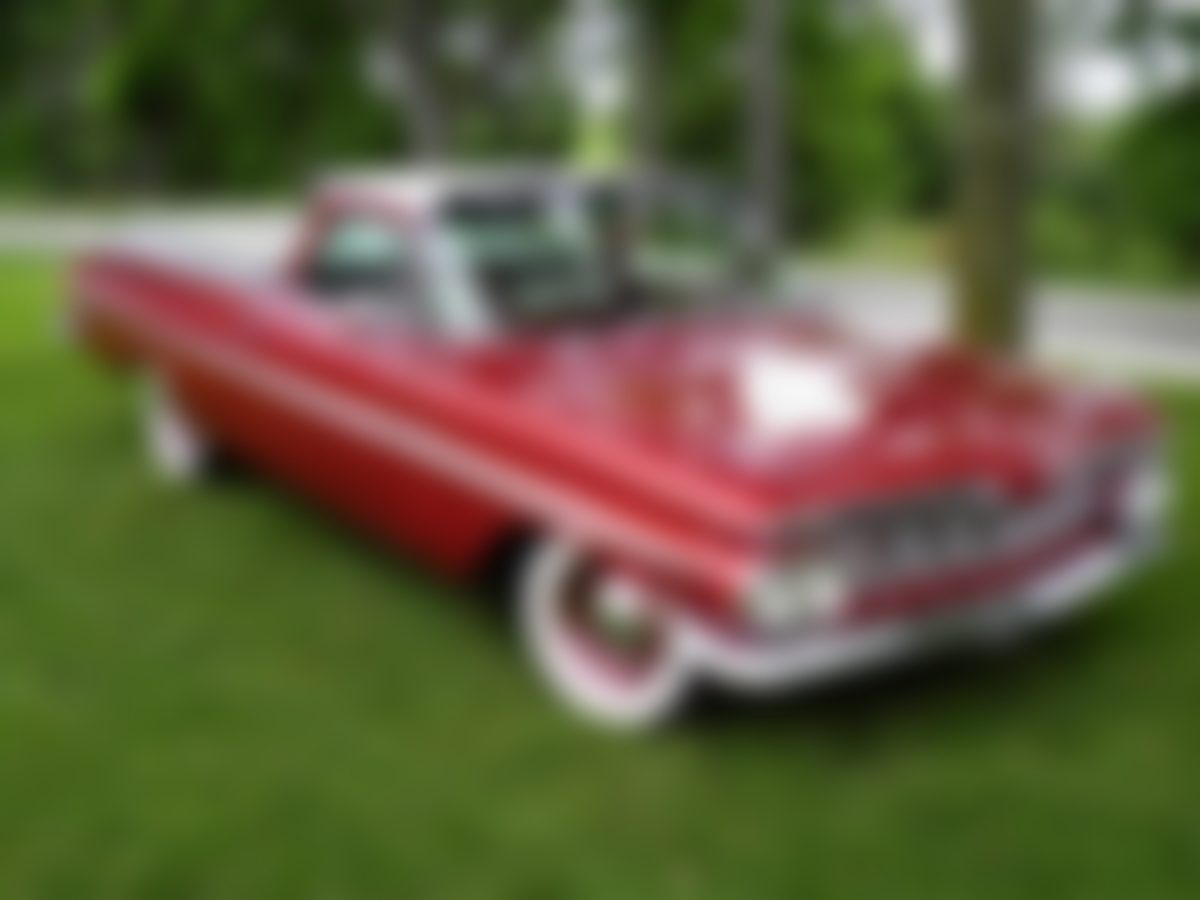
Mystery Classic #32
1. A popular singer promoted the automaker on TV by imploring viewers to “see the USA” in one of these cars.
2. The manufacturer, in a neck-and-neck sales battle with Ford through the late 1950s, came in second to Ford for this fiscal year.
3. Its brochure boasted, “Good looks never carried so much weight!” This particular model outsold its Ford competitor by more than 8,000 vehicles.
4. The name of the model, translated from Spanish, means “the road.”
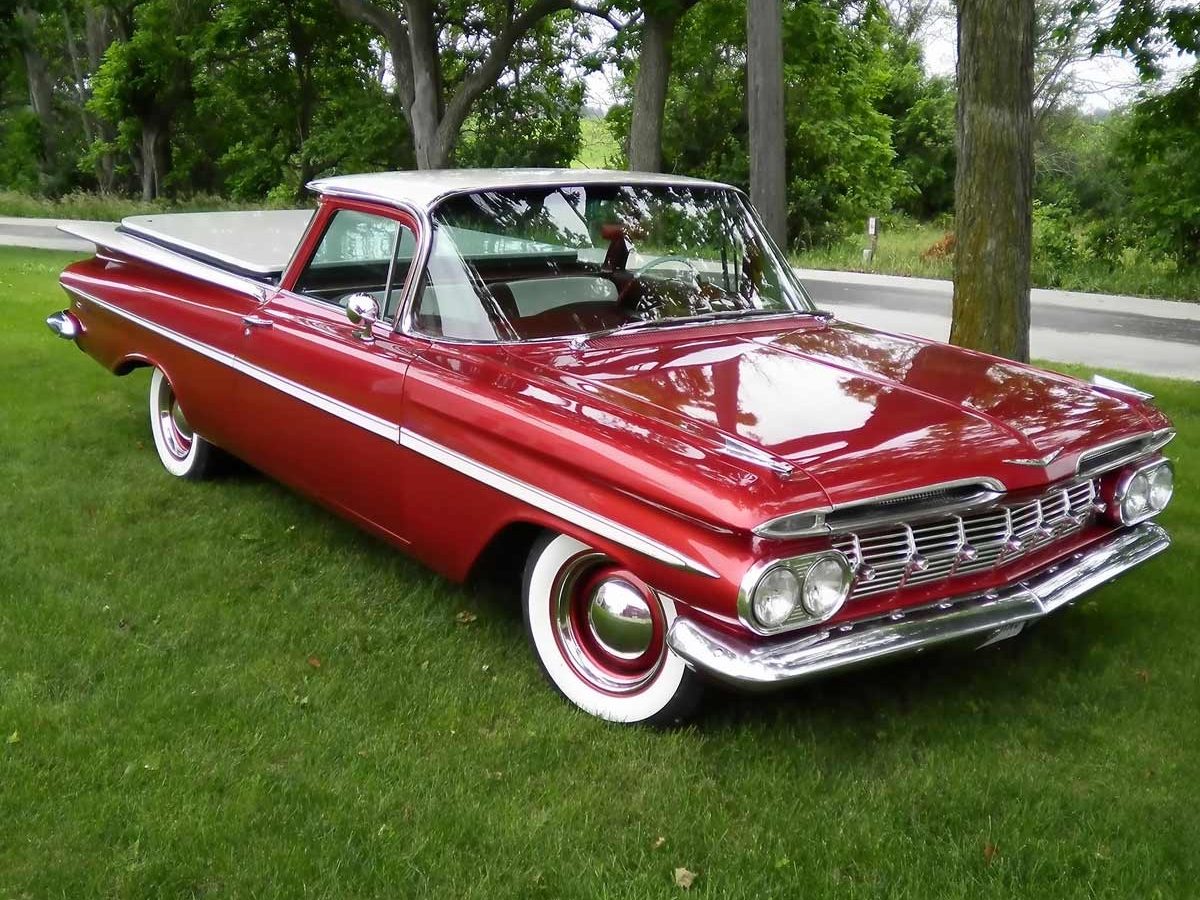
Classic #32: 1959 Chevy El Camino
Although the Ford Motor Company was the pioneer of the sedan-pickup hybrid, two years after its debut, the manufacturer of my car produced its own version. The initial annual sales of 22,246 units weren’t bad, but the following model year drew only 14,163.
At the end of the second year, the company chose to discontinue the body style but reintroduced it four years later on its midsize chassis. That version became a hit, and production on that basis continued for 23 years.
I have owned many classic cars in my life but always wanted one of these. They are hard to find in restorable condition because they are very prone to rust.
This one has had a complete frame-up restoration and is 90 per cent original. It still has its small-block V-8 engine and three-speed manual transmission with a “three-on-the-tree” steering-column-mounted shifter. It’s painted sunset orange metallic and Cadillac diamond white. I’ve owned the vehicle for over a year. —John H. Walker
You’ll regret ignoring these common car problems.
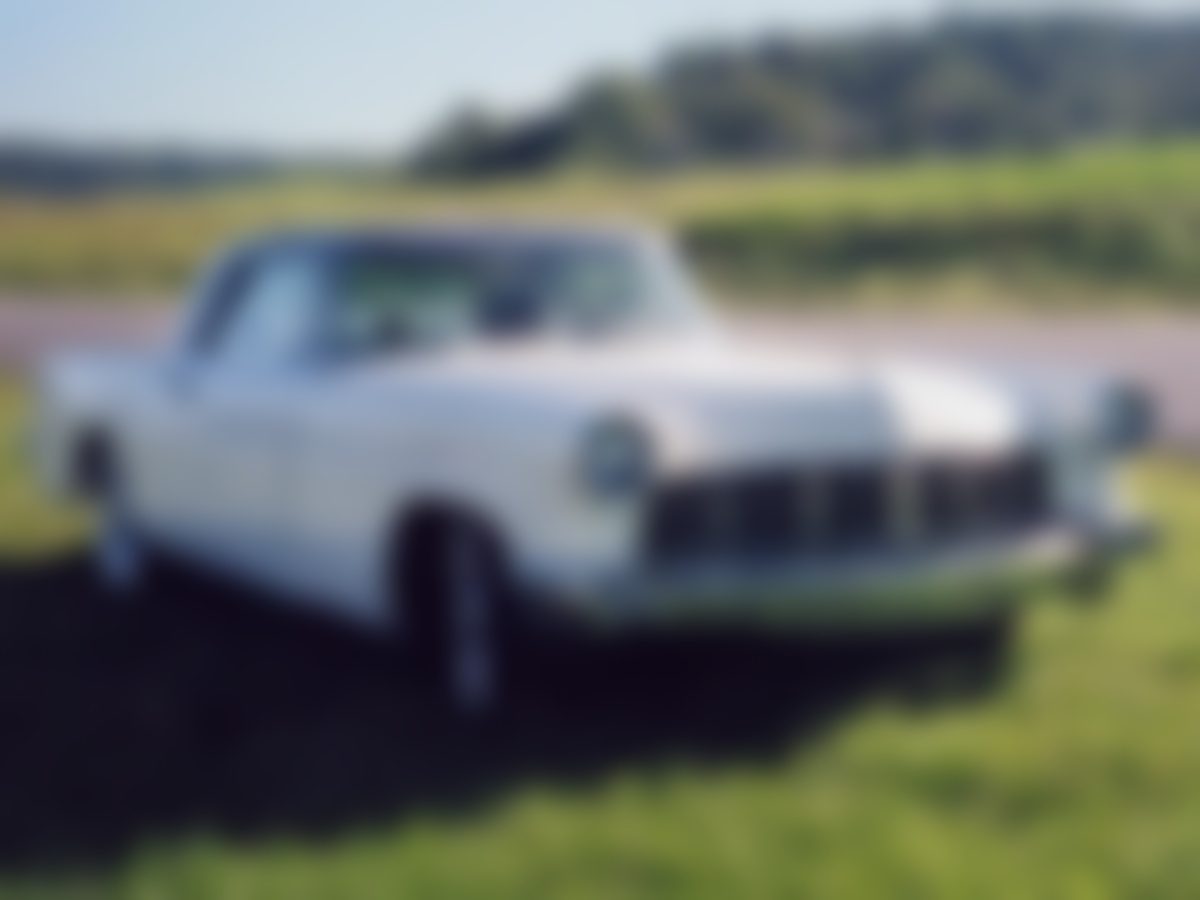
Mystery Classic #33
1. This model was launched in 1939 as a personal vehicle for Edsel Ford.
2. Elvis Presley, Frank Sinatra, and Nelson Rockefeller all owned this model.
3. The cars were shipped to dealer showrooms in fleece-lined covers.
4. The manufacturer marketed the car without mentioning the make to differentiate it from its more mainstream luxury models.
5. This car was built in the first year of the model’s two‑year production run.
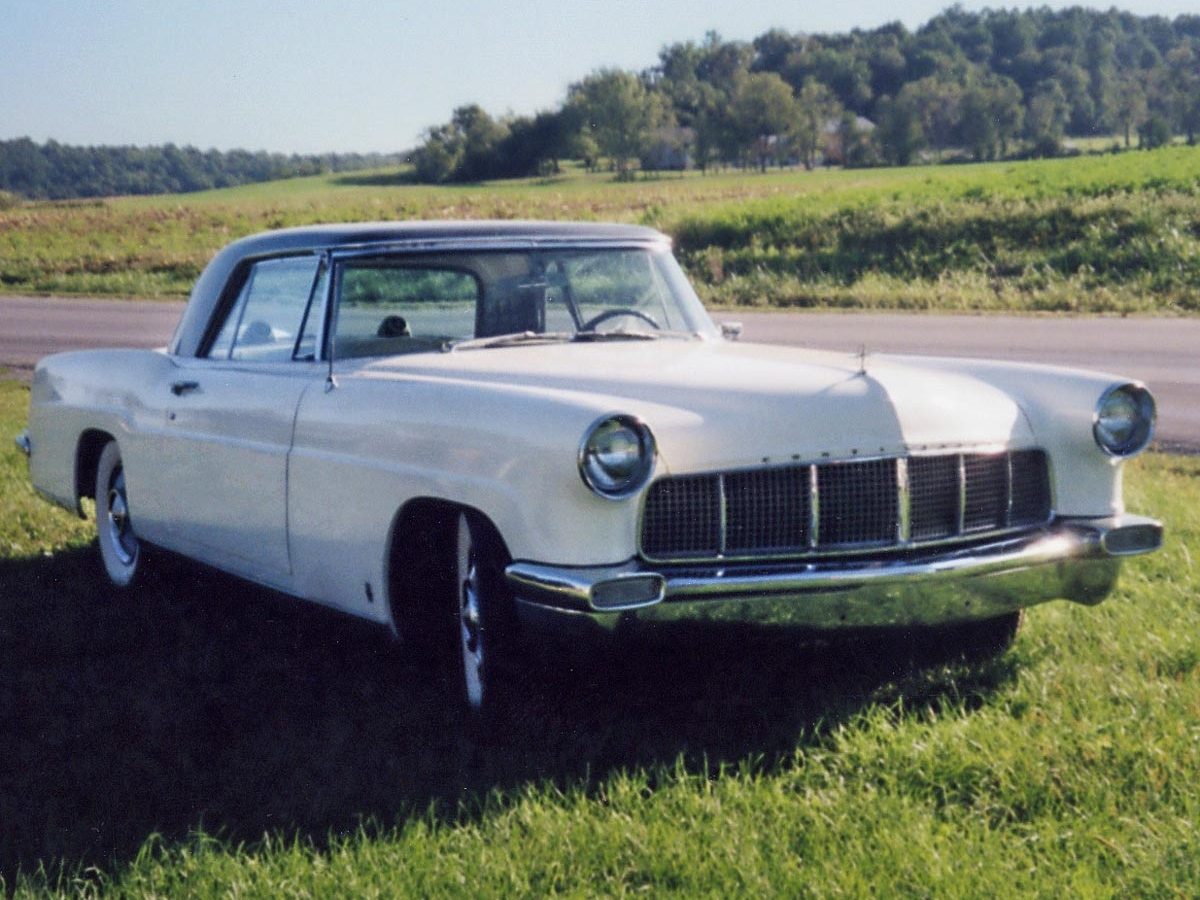
Classic #33: 1956 Continental Mark II
My dad, Bob, and his younger brothers Alfred and Barry were raised with six other siblings in bucolic Lancaster County, Pennsylvania, surrounded by Amish farmland … and cars! Their father, Clement, began fixing cars in 1918 in an old blacksmith shed. In 1922, he built a garage across the street from his house. All his children worked there at some point.
In the ’80s, my dad took a keen interest in a car for sale in the county. The brothers all had their own classic car collections by that time, but this one was special, so they decided to restore it together.
Since the car had its original sheet metal, a good motor, and no rust, it was a go. They had it repainted with lacquer paint, fixed all the electric motors, replaced emblem pieces, and repaired the steering and brakes. The restoration took about two years.
My dad enjoyed driving this car to the Rajah Shrine Temple Antique and Classic Car Club outings and sometimes would just take my mom for a spin through the rolling farmlands. My uncles sold the car after my father passed away, but it left behind fond memories of a project they had accomplished together. —Robin Baldwin
Here’s why you should keep a nail file in your car this winter.
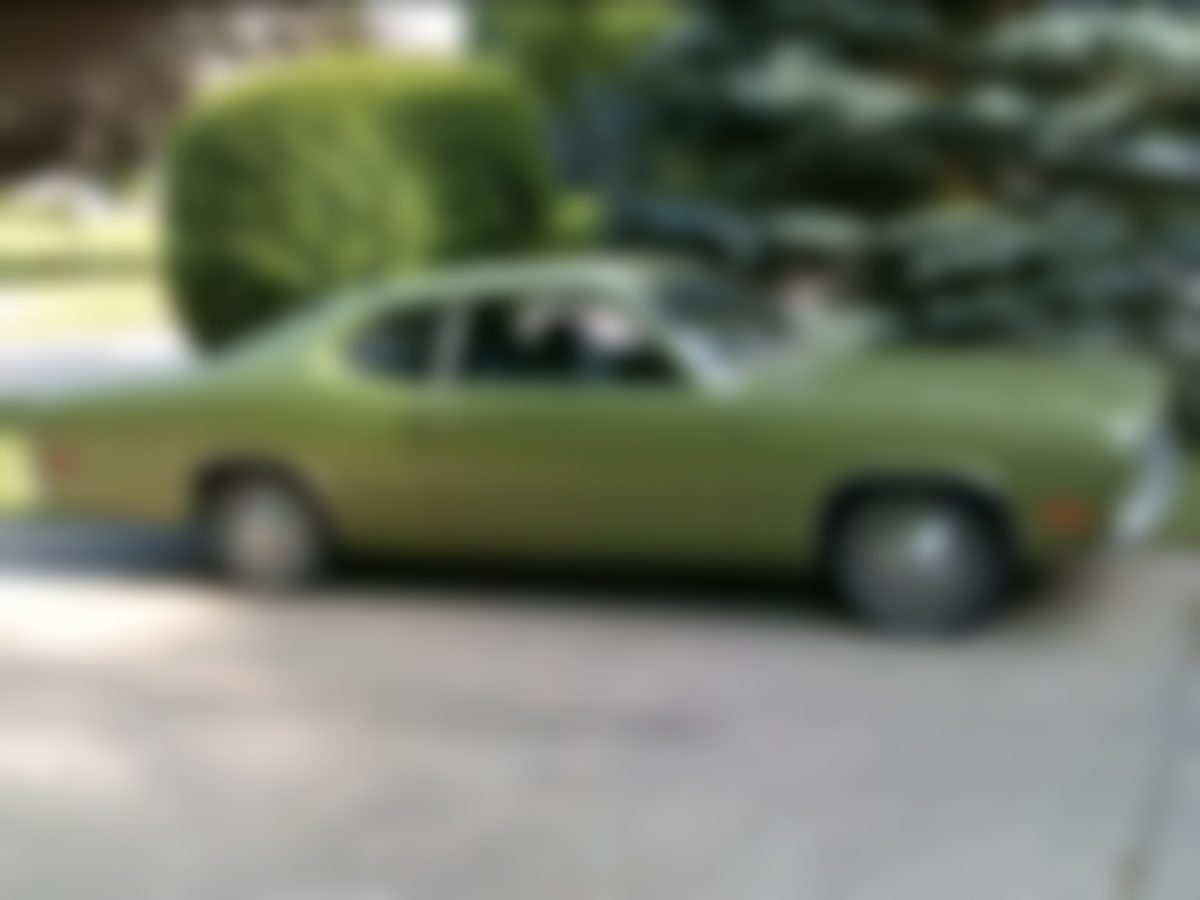
Mystery Classic #34
1. The standard engine for this car was a 198-cubic-inch six-cylinder, with 318- and 340-cubic-inch V-8s also available.
2. One identifying feature on the rear body panel was a caricature of a whirlwind with a pair of glaring eyes.
3. The manufacturer offered this model for seven years. Bob’s is one of some 212,300 made during the third year.
4. This car retailed new at $2,287.
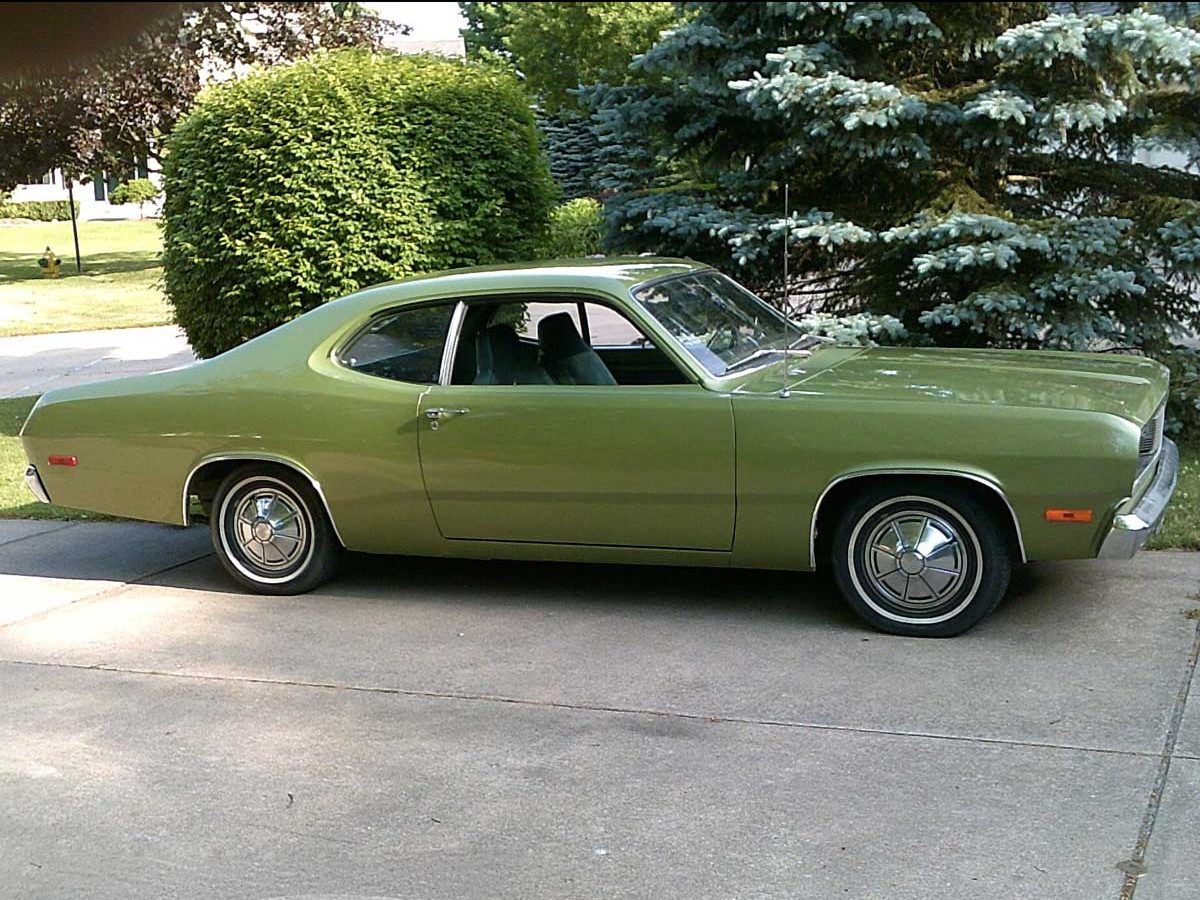
Classic #34: 1972 Plymouth Duster Sports Coupe
They say you always remember your first love, your first job, and your first car. I have no idea what happened to my first girlfriend, and I wouldn’t want my first job back, but I still have my first car. I bought this car brand new in Battle Creek, Michigan, while home on Christmas leave from my military posting in 1971.
It wasn’t the car I really wanted at the time, but it was the one I could afford. I’d planned on driving it for a few years and then trading it in for something more to my liking. A couple of years later, though, I was attending college and still unable to buy the car of my dreams. I decided to hold on to my first for just a little while longer. A little while longer turned into a lifetime.
During my military years, I drove this car along the East Coast from Dover, Delaware, to Richmond, Virginia. After finishing college, I brought it with me to the West Coast and drove it all across Los Angeles. In retirement, I brought it to Michigan. I still drive the car regularly when the roads are unsalted.
It has been reupholstered and repainted once, but by and large, the parts are true to the original. Other cars of mine have come and gone, but this one has outlived both the dealership where I bought it and the brand name itself. For not being the car of my dreams, it has certainly turned into a dream car. —Bob Schacht
You won’t believe these incredibly cool car finds in barns!
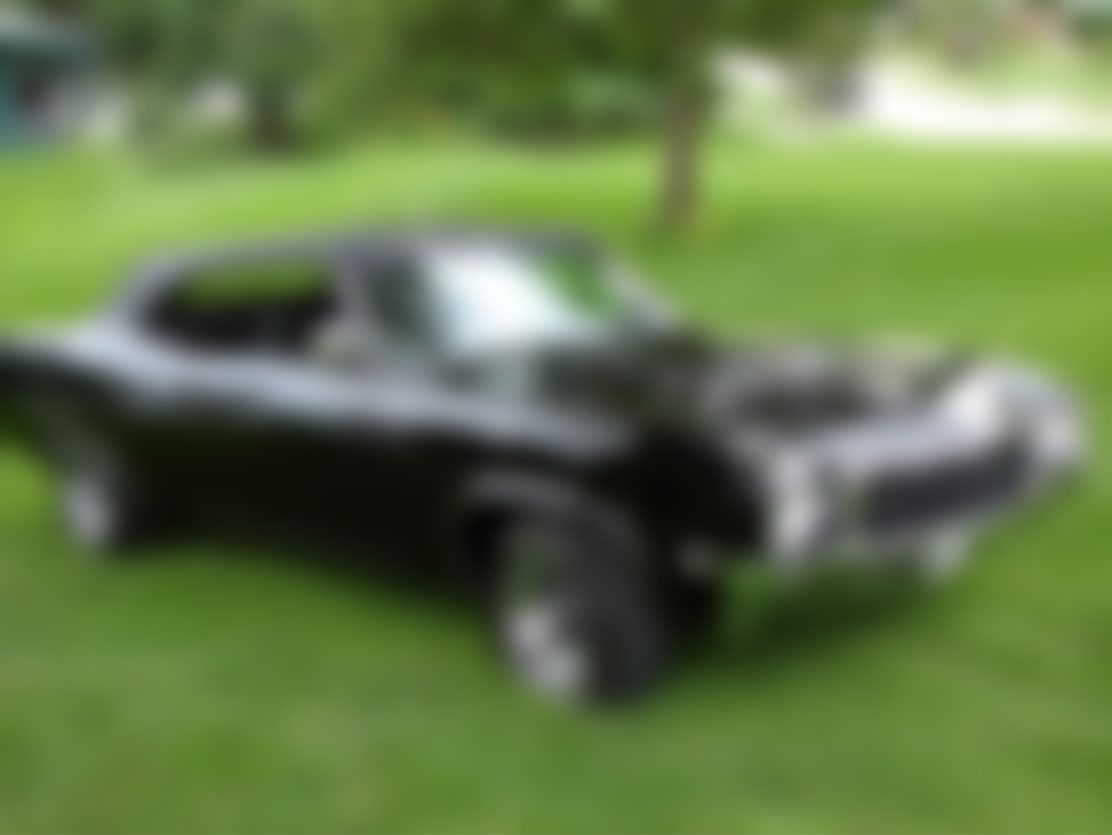
Mystery Classic #35
1. For its model year, this car is one of just 77 convertibles with a four-speed manual transmission.
2. The dealer introduced a new engine option, the Stage 1, to this car after sales fell compared with those of other less expensive, high-performance muscle cars.
3. The optional 340 hp Stage 1 engine led to the car’s nickname, the GS Stage 1.
4. The car’s name was used on several of the dealer’s muscle cars.
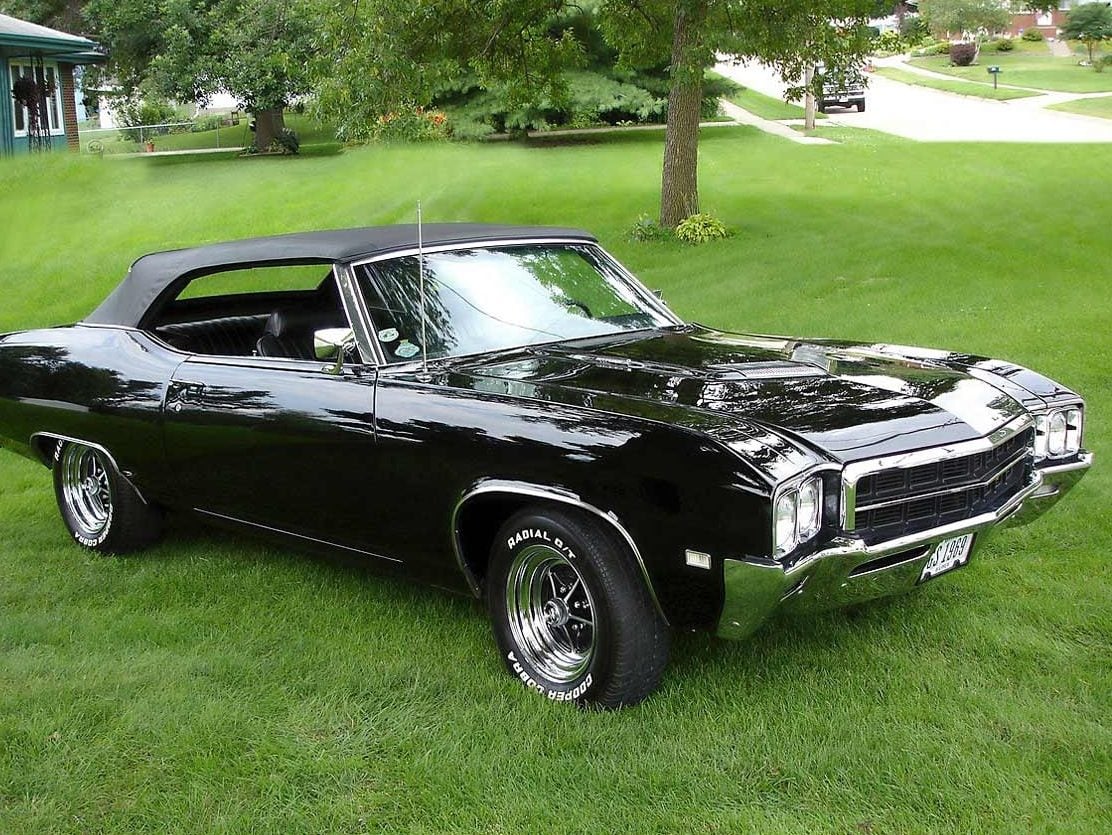
Classic #35: 1969 Buick Gran Convertible
They say that owning a classic car is all about the yearning we have to relive our youth. I believe it’s more about sharing a rolling piece of art and connecting with others who remember when automobiles were so distinct that you could sit on the porch and identify a car’s year, make, and model as it passed by.
I got my first car in 1959, when I was 16. It was a ’50 Ford that my dad and I found on a used-car lot and fixed up together.
That same year, I’d skip class just to see the local dealerships in Ames, Iowa, unveil their new models. The designs of that era were bold, and the year-to-year styling changes were emphatic and exciting.
Since then, I’ve always loved cars, but college, marriage, and children delayed any desire to own a classic.
Finally, after retiring in ’98, I managed to find this great car in Des Moines, Iowa. All I had to do was slap on a paint job, redo the interior, and have the engine rebuilt. —Clem W. Sevde
These are a few weird car features you didn’t know you might have.
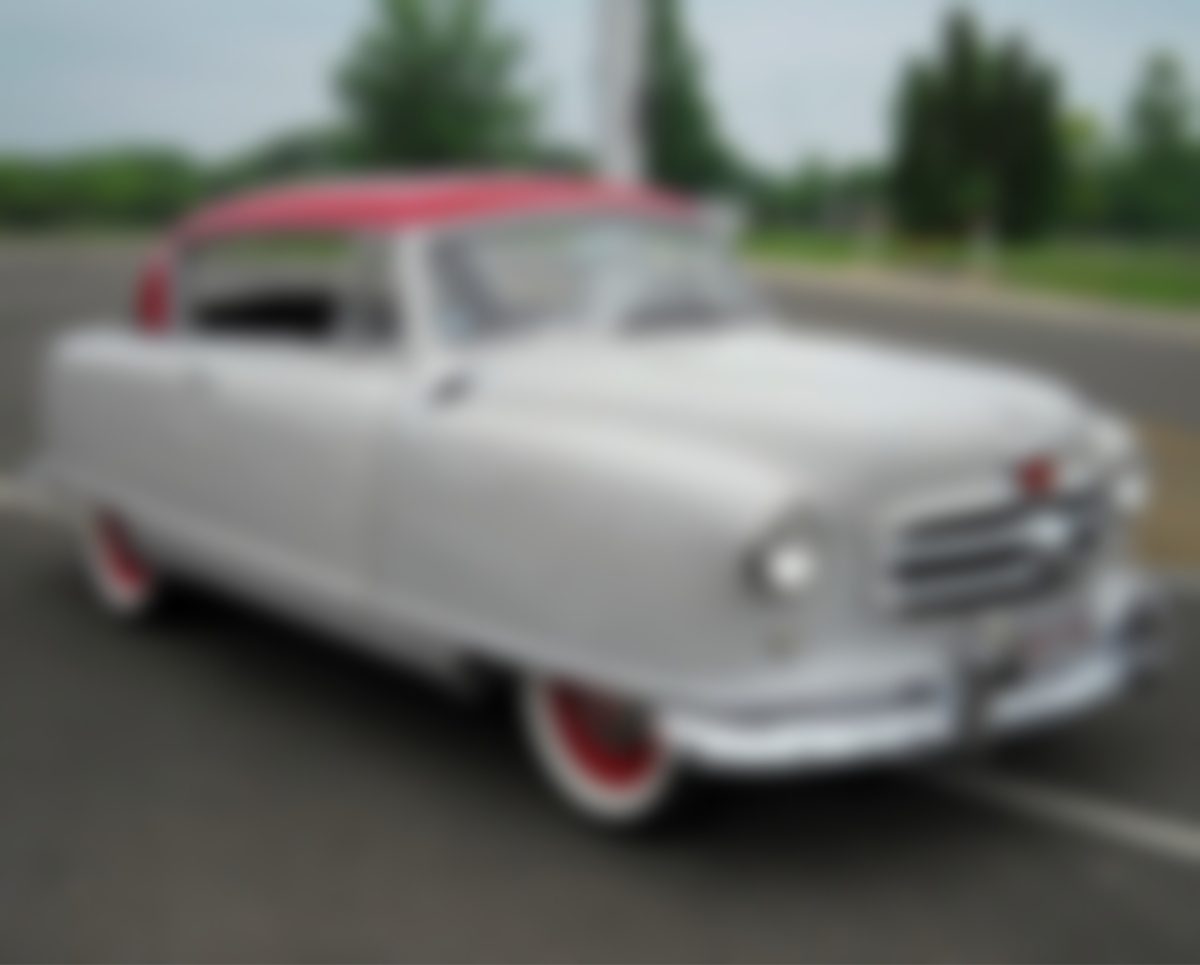
Mystery Classic #36
1. The car’s model name was first used in production in 1902 by an earlier manufacturer.
2. The company that bought out the original maker in 1916 revived the model name in 1950.
3. This was the introductory year for the model’s hardtop version.
4. The hardtop line was named for a type of social center that usually features a golf course.
5. Chrysler Corp. acquired the manufacturer in 1987.
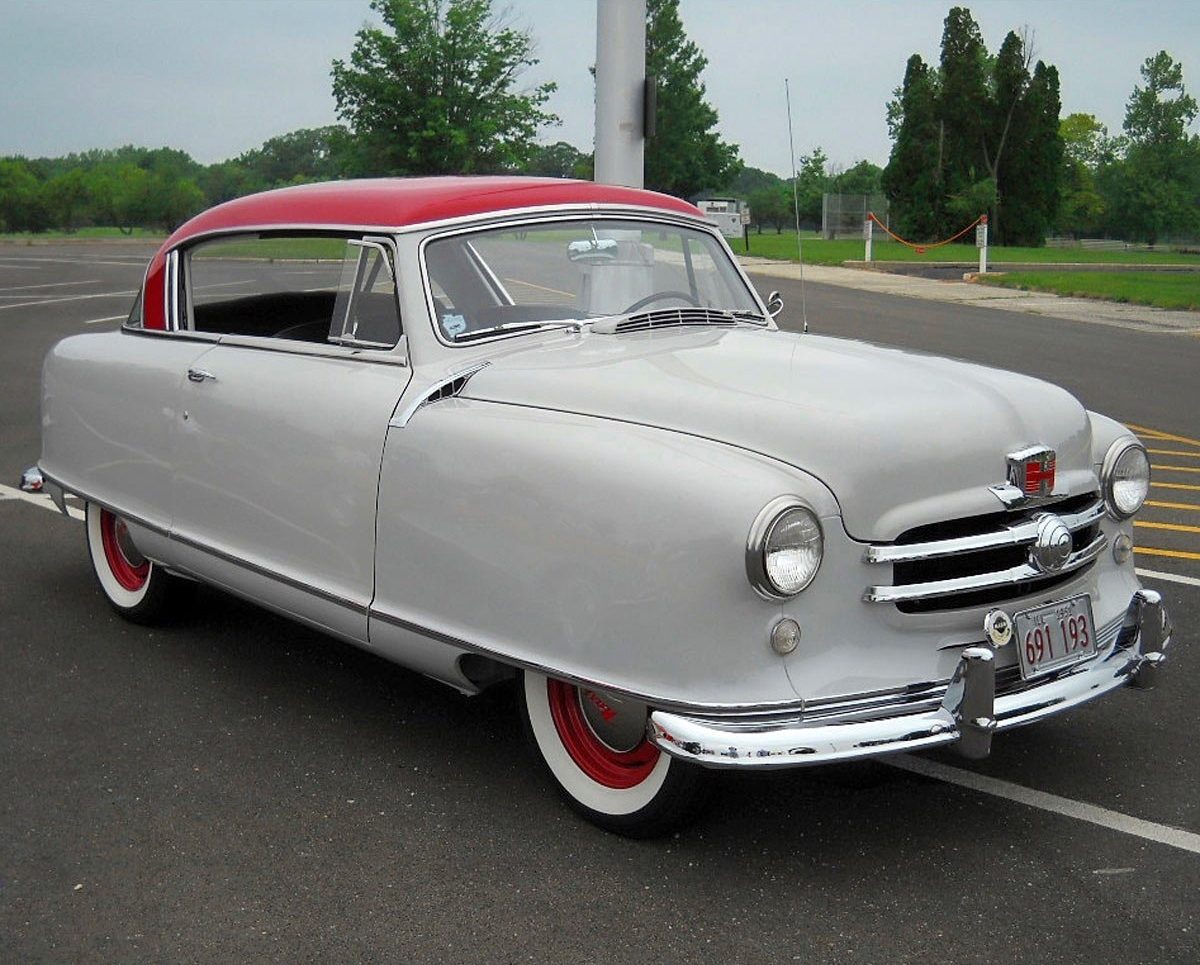
Classic #36: 1951 Nash Rambler Country Club
I grew up on a Wisconsin dairy farm in the 1950s, and from an early age, I drove tractors and trucks all around the farm. My dad could fix almost anything, and he taught me basic car mechanics.
I went on to a military and civil service career of more than 40 years, and while I did do a few car restorations during that period, retirement allowed me to devote more time to my hobby.
I decided to look for a car similar to the one I’d had in high school. It was not a mainstream model—approximately 19,000 were built.
After three years of looking, I found one in Salt Lake City, Utah. Although I live in Illinois and was nervous to buy it sight unseen, I was afraid it would take too long to find another. Nonetheless, I was pleased with the car’s condition when the car arrived. In the last four years, I have rebuilt most of its mechanical systems, including the engine.
I had a friend do the bodywork and paint in the original colour scheme. Had the interior not already been restored to those colours, I would have done it in the colour of my high school car—baby blue! —Mike Klepp
Don’t miss our roundup of the best car chases from classic movies.
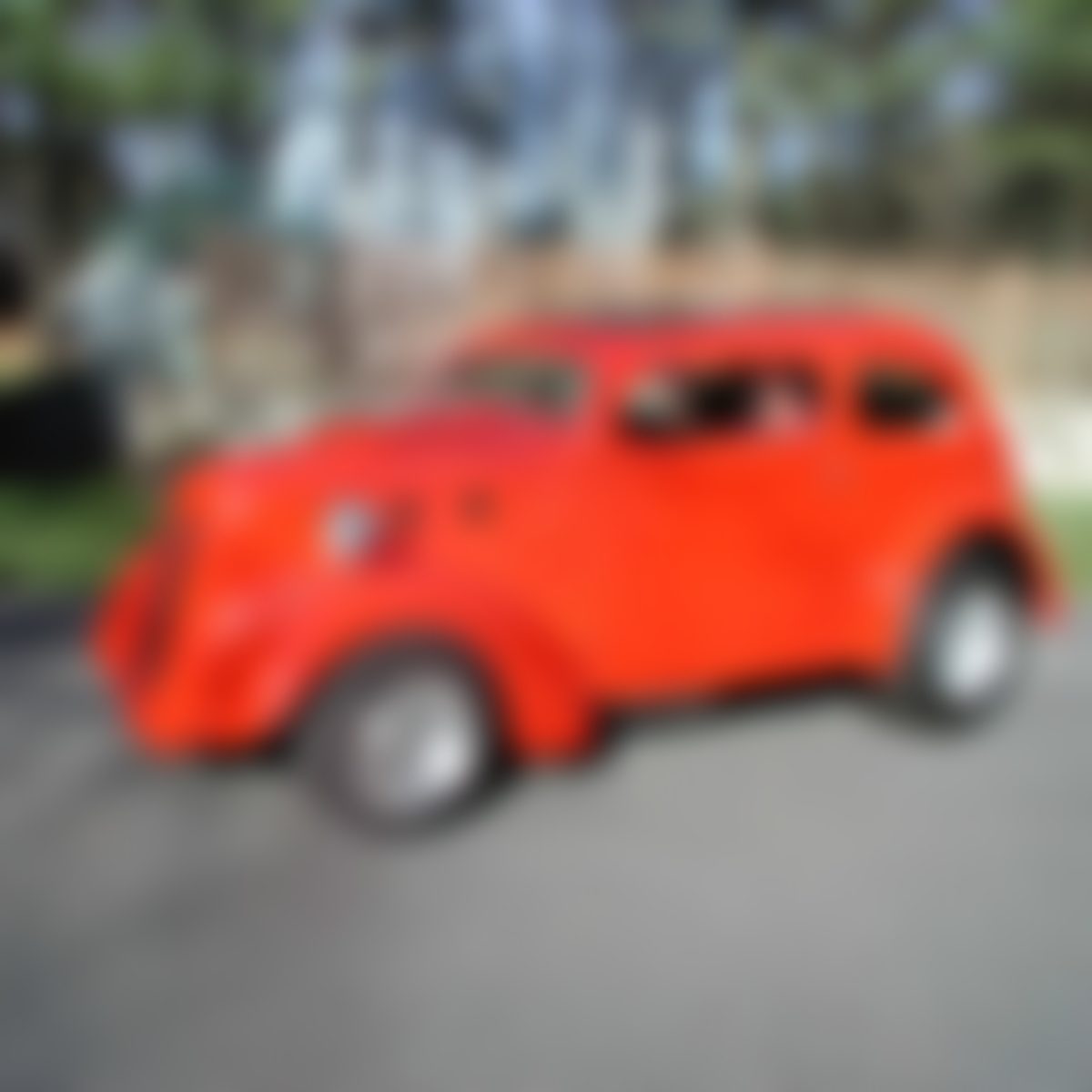
Mystery Classic #37
1. This car was a budget-priced model produced in England by a major American automaker.
2. The model was introduced around the time Britain declared war on Germany, at the start of World War II.
3. The design featured a twin-lobe grille and other updates in this car’s model year.
4. The original had limited colour choices similar to the maker’s Model T: “Any colour as long as it’s black.”
5. It bears the Medieval Latin name for England.
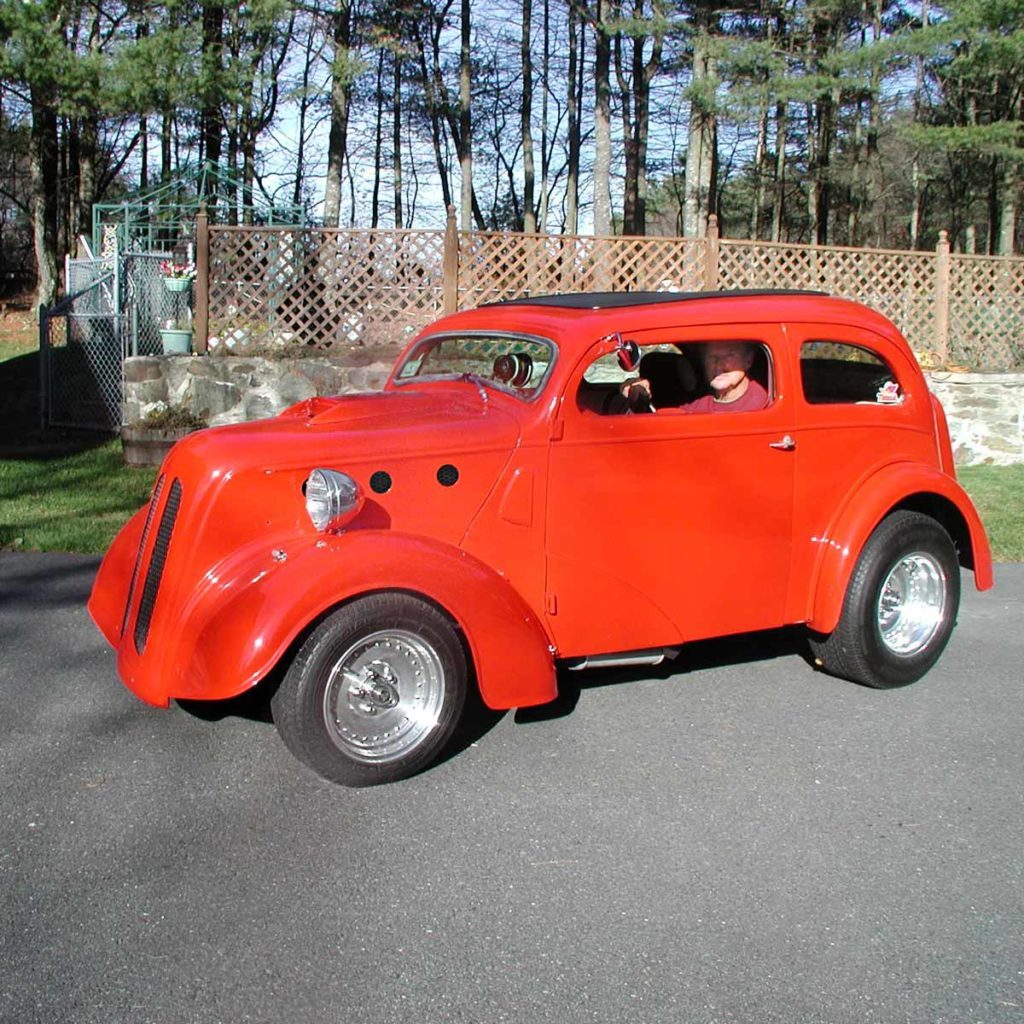
Classic #37: 1948 Ford Anglia
I did a fair amount of drag racing in the 1960s and ’70s. I ran a 1964 Ford with a 427-cubic-inch engine and a 1967 Dodge with the mighty 426 Hemi. But some of the quarter-mile racers loved a certain imported compact car. They would replace the four-cylinder engine and the drivetrain with a small- or big-block V8 and modify the chassis to handle the new power. The cars were a handful.
Until I found this one in Florida, I hadn’t seen one for years. The owner was selling it because he had had a heart attack. After some negotiations, we agreed on a price.
I never saw the vehicle in person before the sale (a bad idea). I did look at plenty of pictures, and the owner assured me the car was all he said it was. But when it arrived, I soon learned that it had mechanical and electrical issues and that it leaked oil in several places. On top of all that, it overheated. Now that I’ve repaired it, the car runs and drives very well.
I found an insurance paper under the front seat with the address of the original owner. When I called him in Ohio, the first thing he asked was whether I had solved the overheating problem. He also told me that he had sold the car because he’d had a heart attack. Same car, two heart attacks! —Frank and Yvonne Scherer
Check out these vintage trucks that never went out of style.
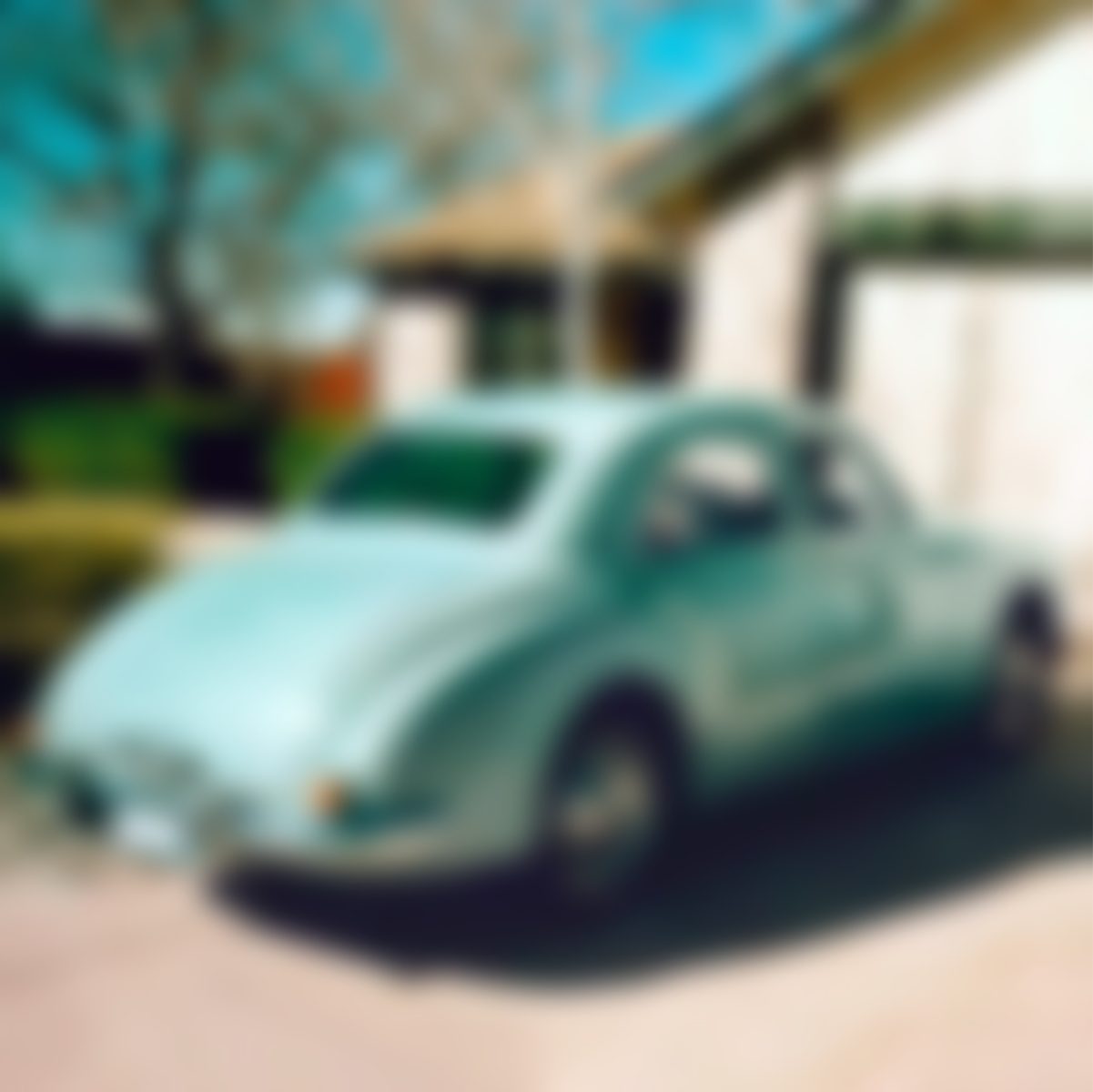
Mystery Classic #38
1. This marque’s two-letter nameplate stands for Morris Garages.
2. The manufacturer revived this model name in 1953 from one of its 1930s roadsters.
3. The model was updated in 1956 and received a ZB designation to distinguish it from the earlier ZA.
4. The marque is now owned by a Chinese company.
5. Ford launched its short-lived Edsel for the model year in which this car was built.
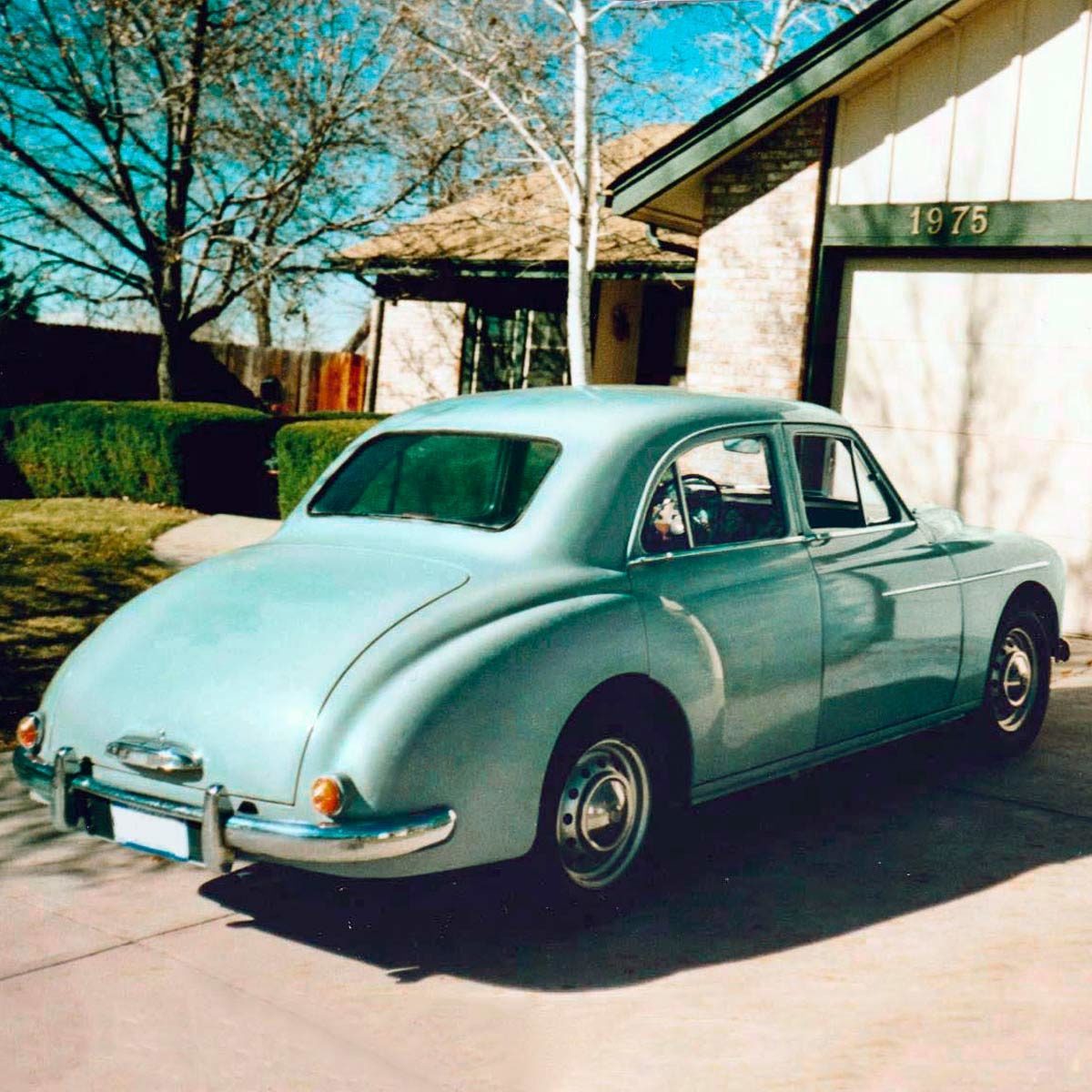
Classic #38: 1958 MG Magnette
This car was marketed to the young urban professional in England in the 1950s. I spotted mine in the used car ads in the newspaper in 1999. I could remember seeing only a couple of these even in the ’50s. Today, there are fewer than 200 in North America. I had owned a different model from the same manufacturer years before. I really liked that car, so I figured I definitely needed this one. I bought it and drove it home; at 55 mph it sure sounded like the model I used to own.
When I got it home and started sorting it out, I was pleased to find that the engine was very familiar— the only problem being, it was regurgitating large puddles of oil onto my garage floor. That was quickly remedied when I discovered that the valve cover gasket had a kink in it.
I liked tinkering with the engine, but the twin SU side-draft carburetors were tricky to synchronize. The body had no dents or rust. The only parts that were really worn were the carpet, the seats and the weather stripping. I found the weather stripping locally, put some covers on the seats, and cut new carpet using the old one as a pattern. I got the car repainted, but the original paint wasn’t bad. I wish I’d left it alone.
The dash and the wood trim were honest-to-goodness old English wood. I rubbed Old English Lemon Oil on them. The old door panels perked up with Armor All.
With the 4:10 rear end and the four-speed floor shifter linked up to the 1.5-liter four-cylinder engine, first gear would get you about half the way across the intersection. At 66 mph on the highway it sounded and felt as if the car was doing 99. This model, refreshed in 1956, got an engine upgrade to 68 horsepower, which raised the top speed to 86. I never got it up to 86 mph, but if I had, it probably would have sounded as if it was going to go airborne. At 65 mph, I couldn’t hear myself think in there. —Mike Casey
If you enjoyed our classic car quiz, you’ll also want to find out most popular car the year you were born.